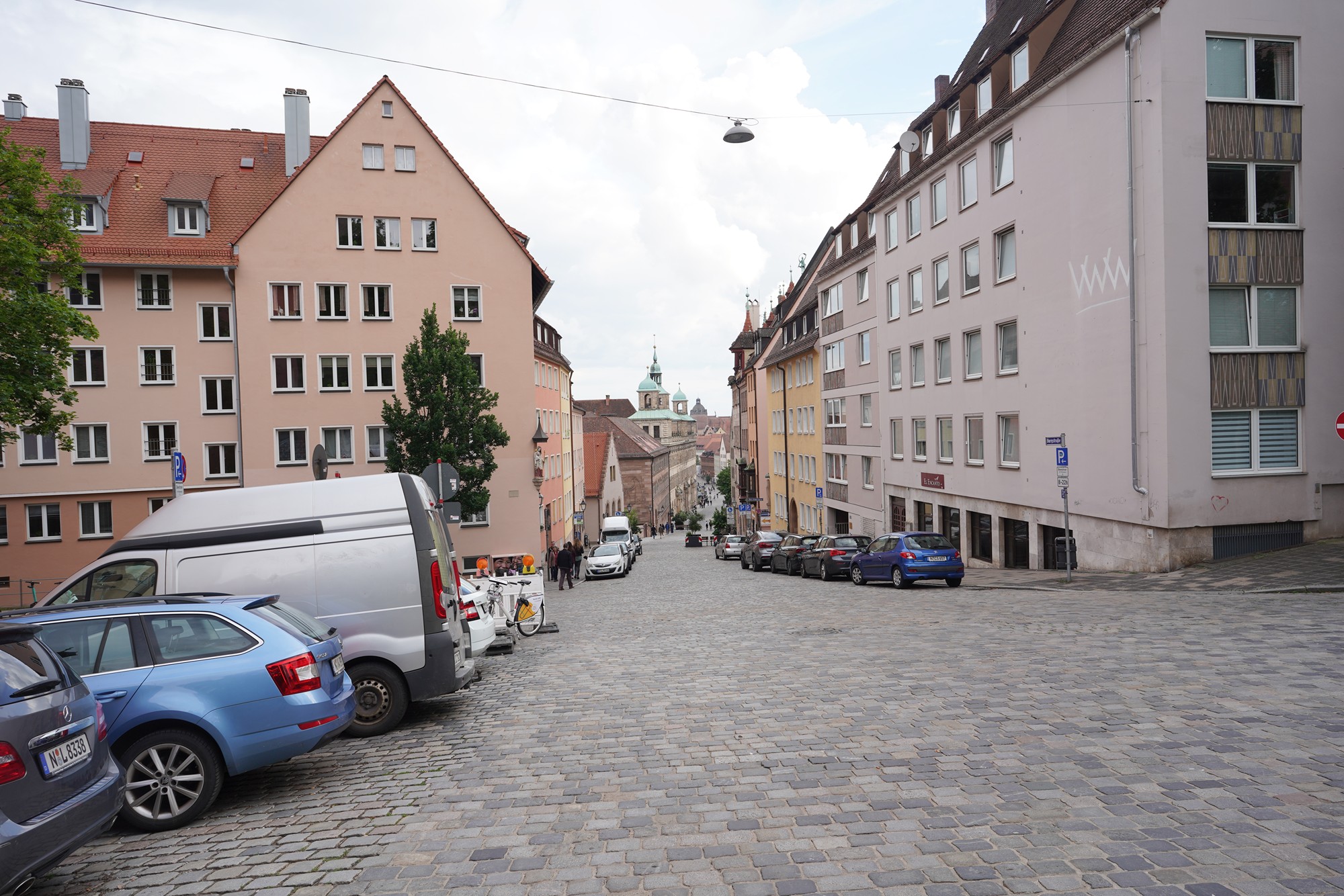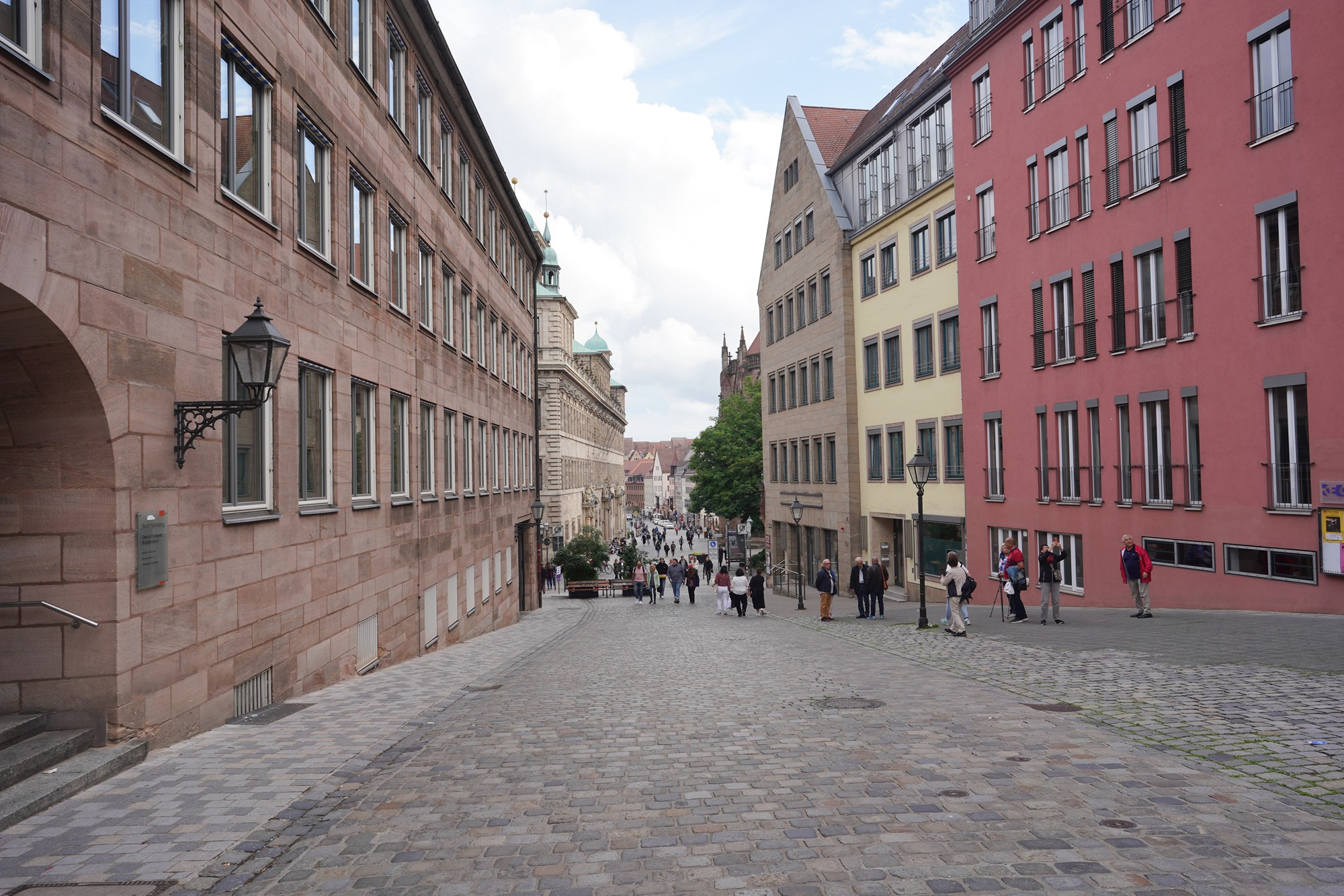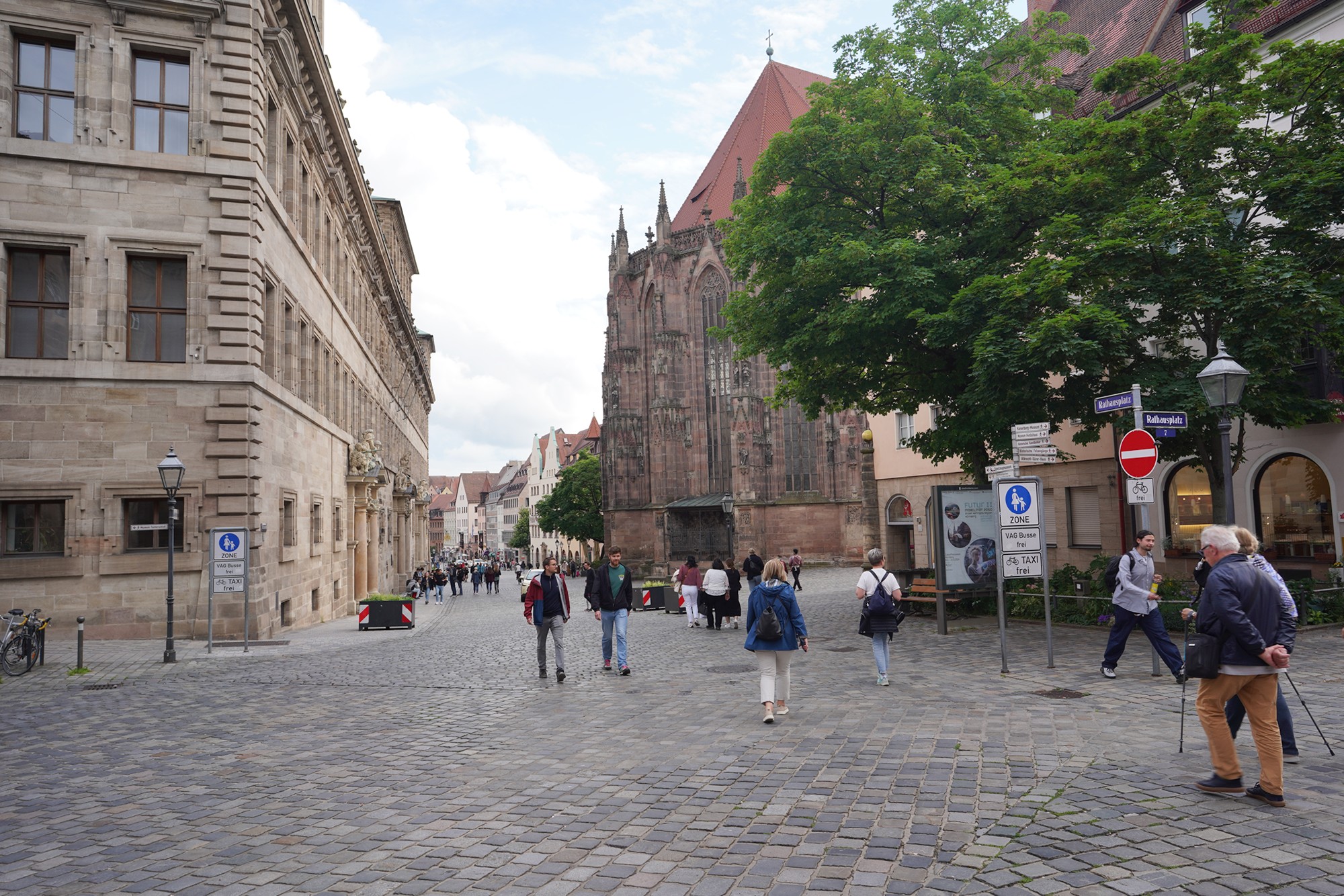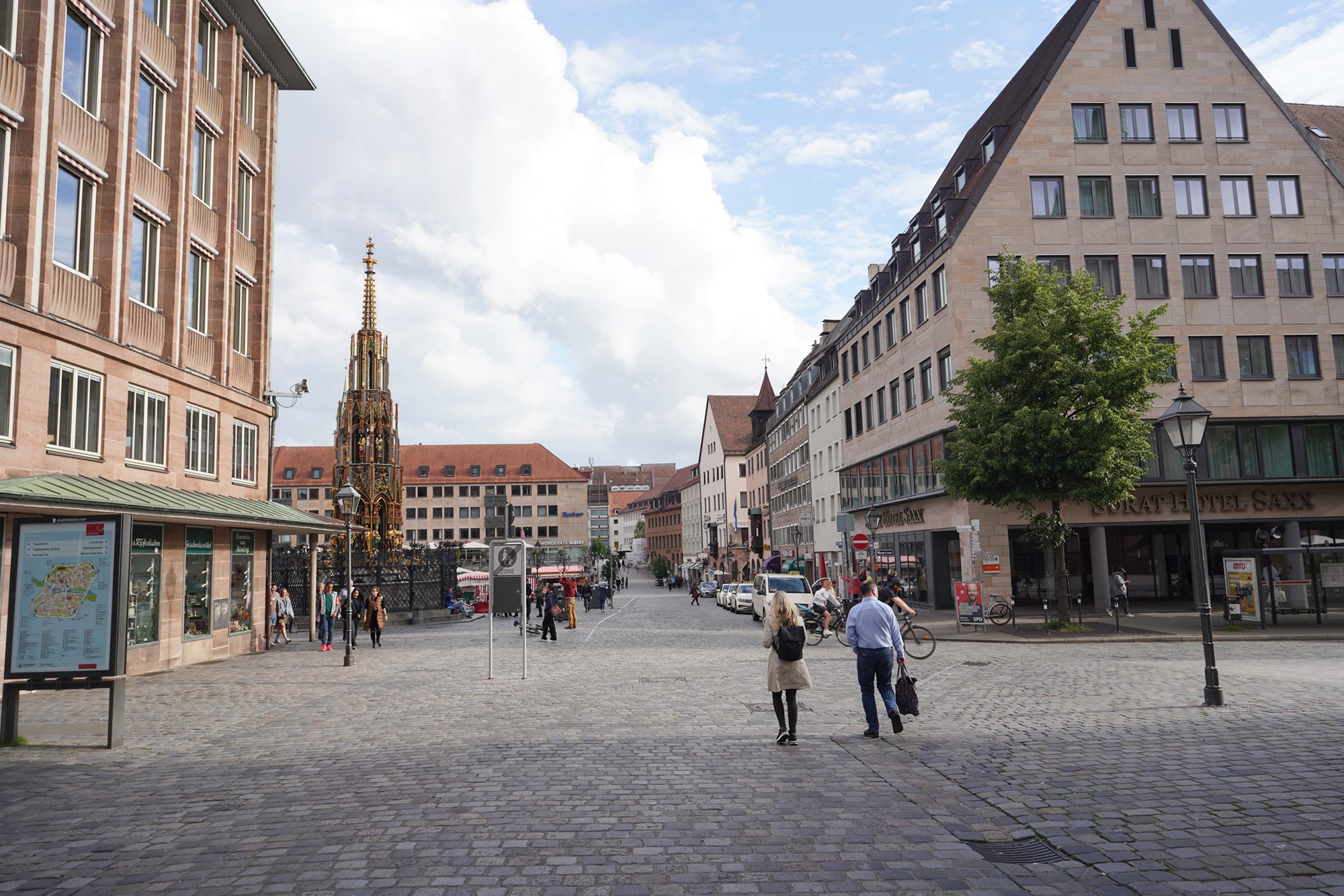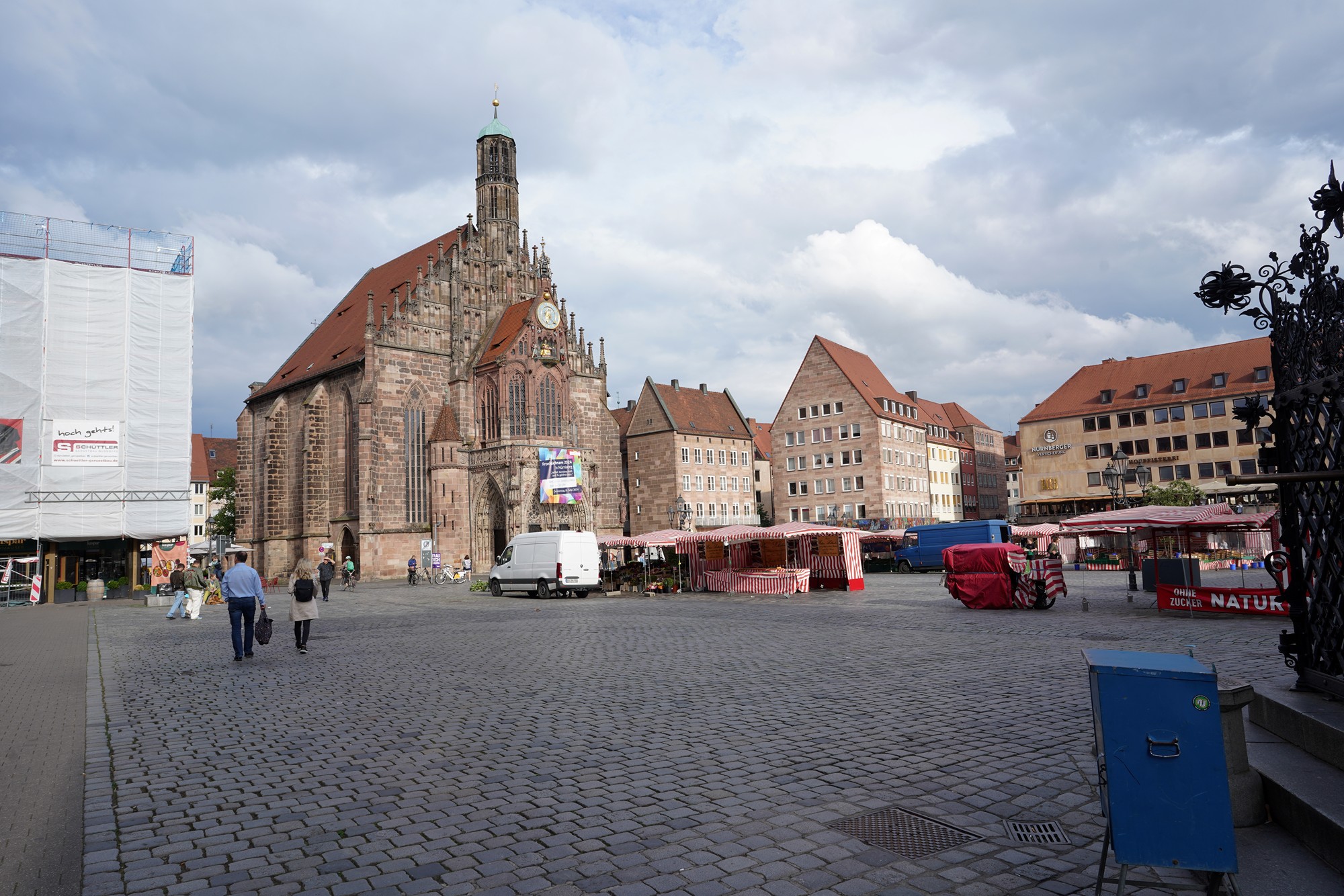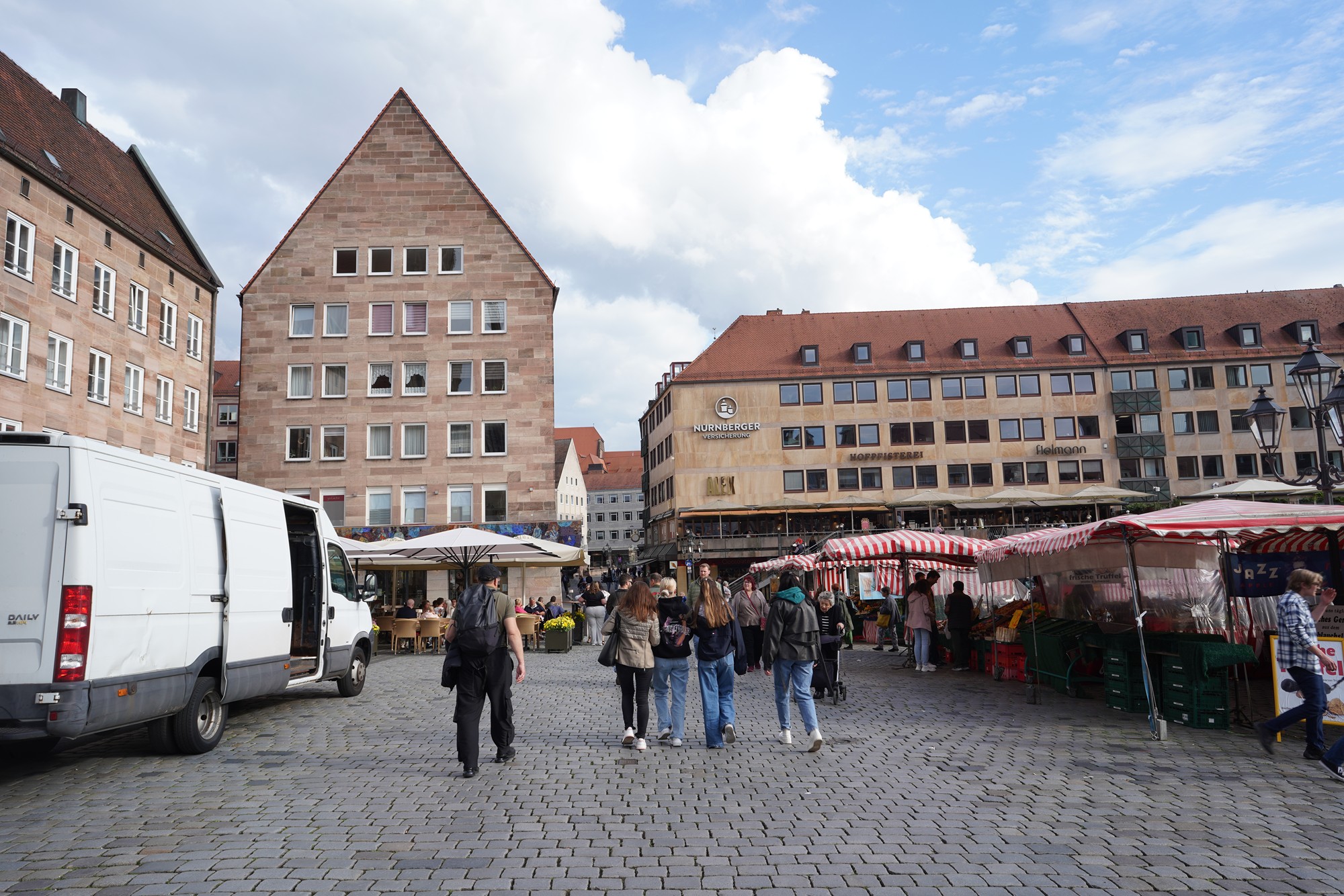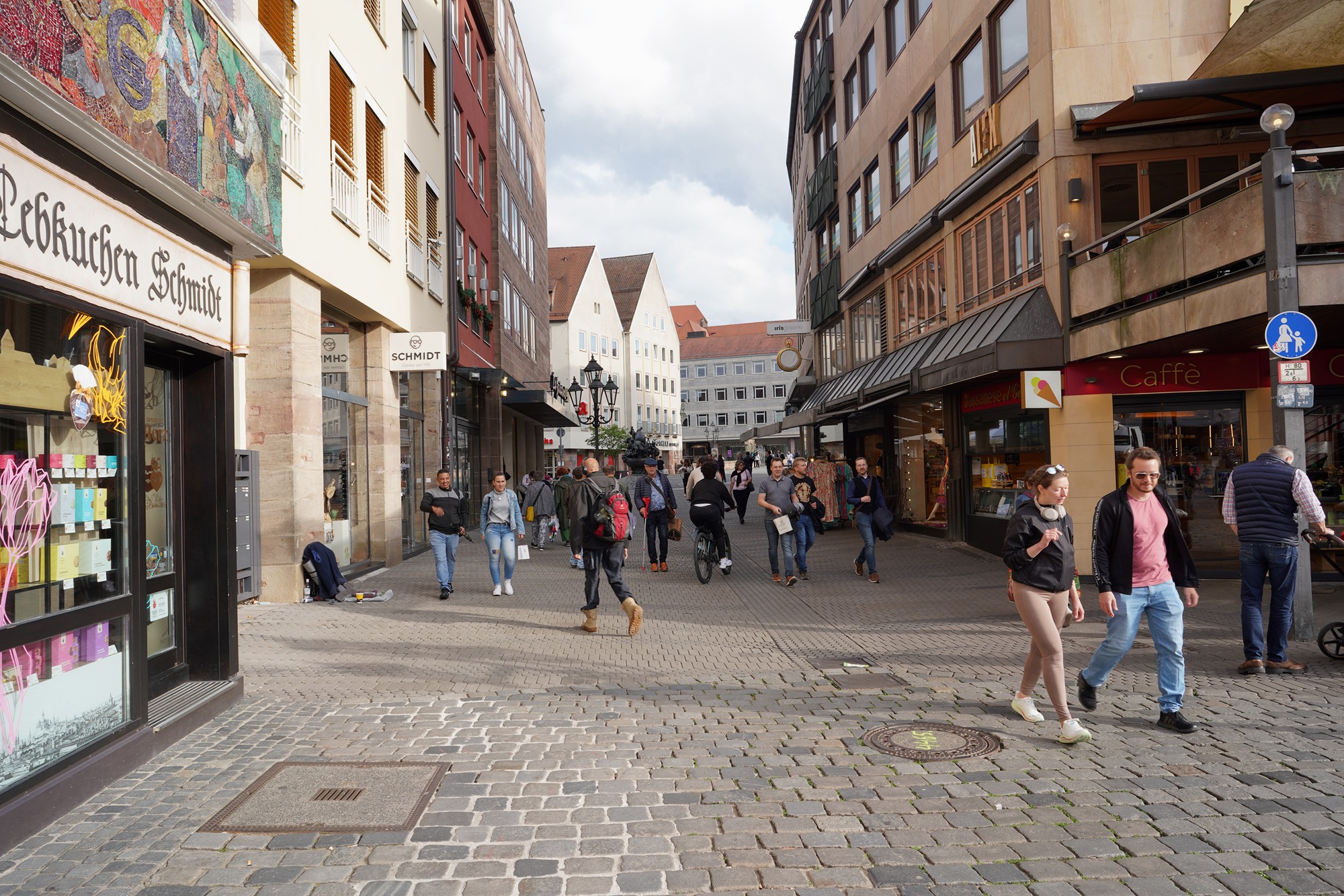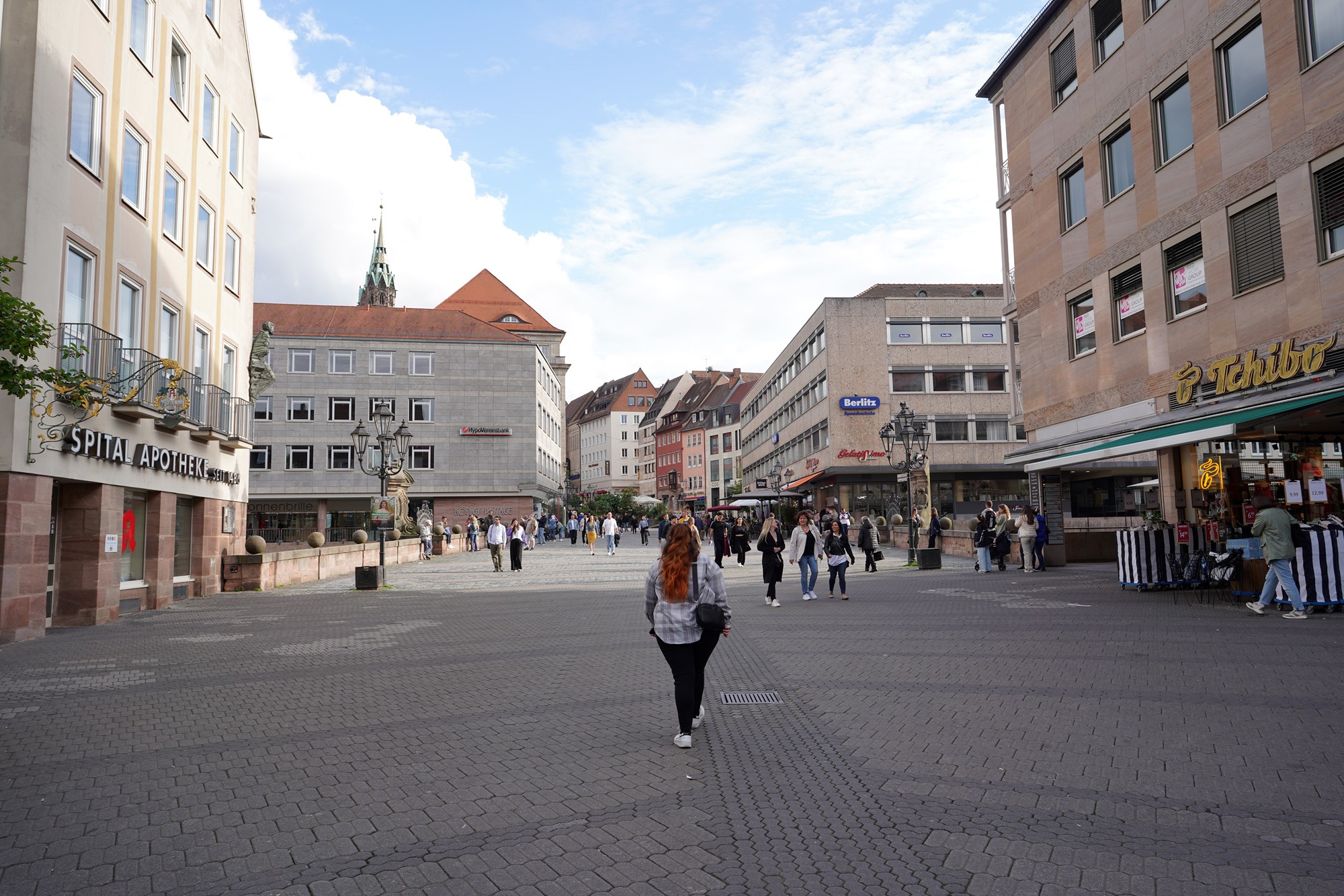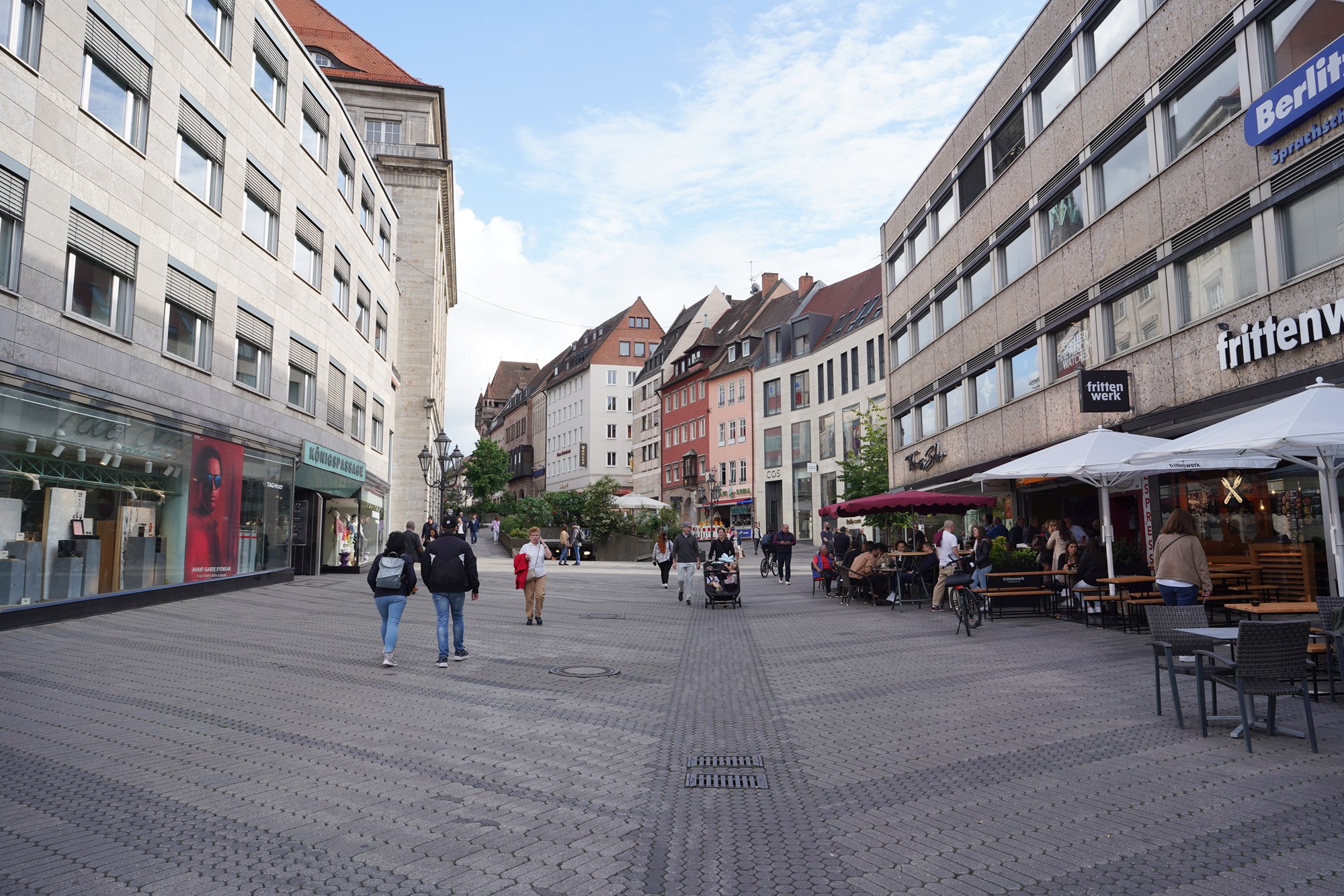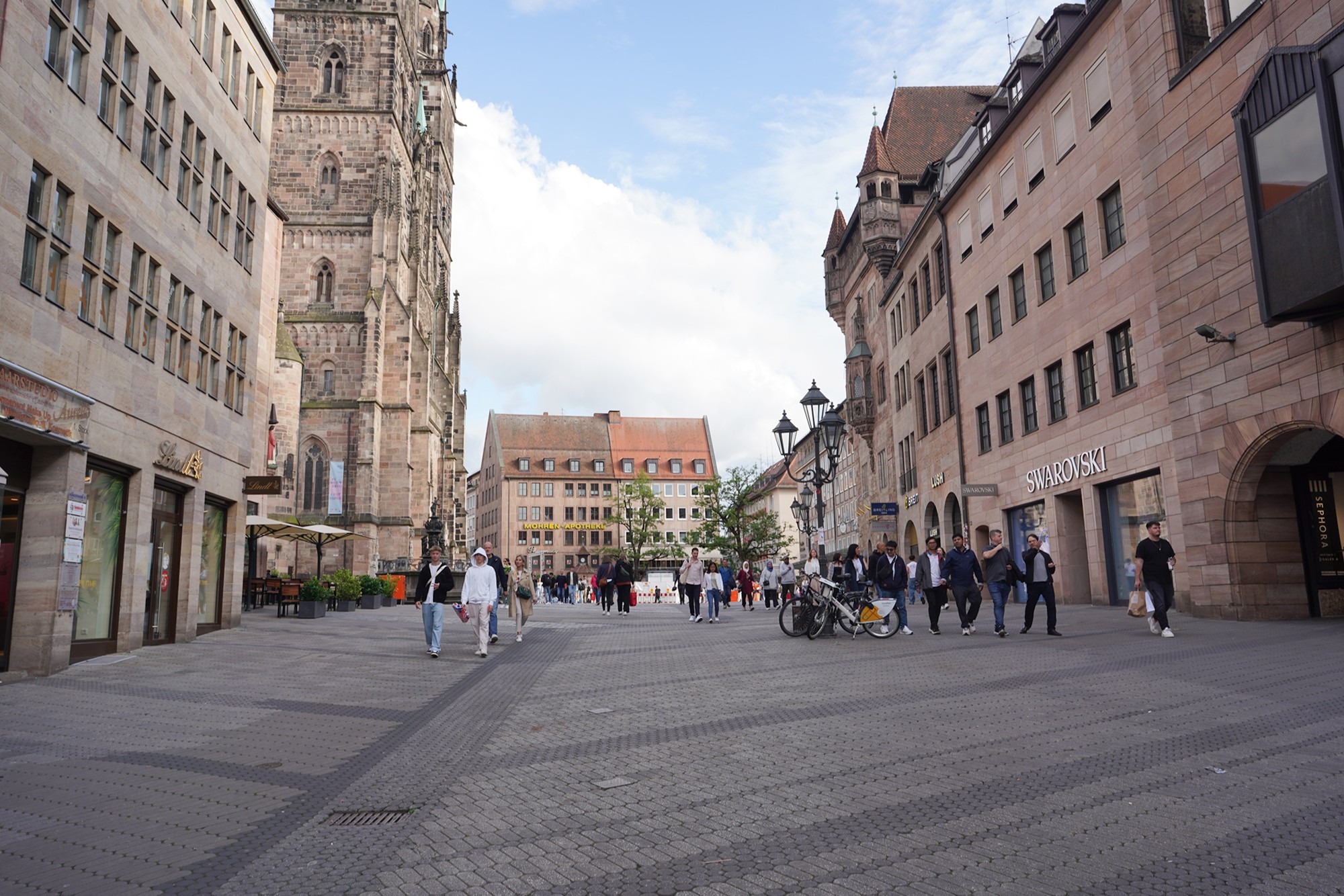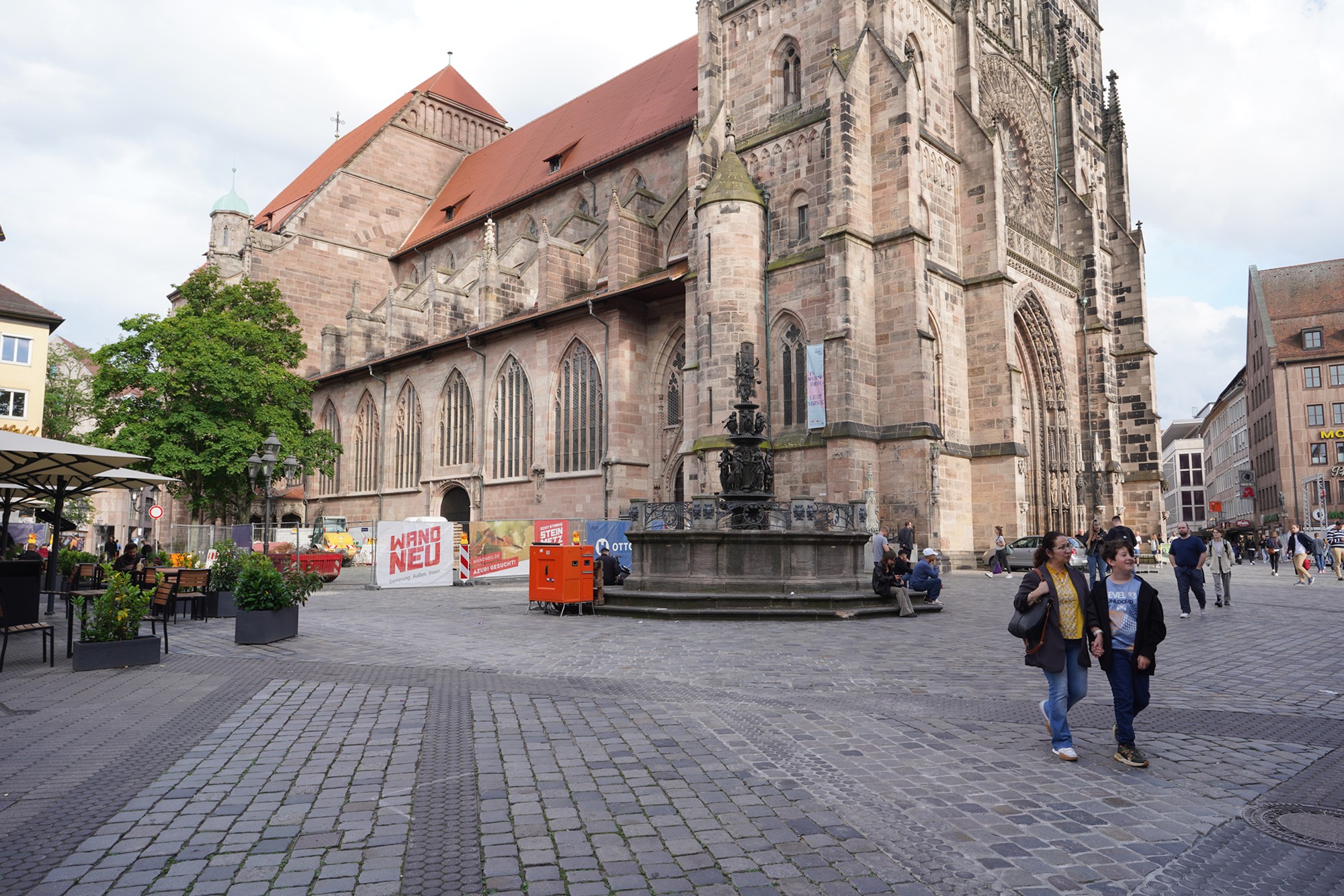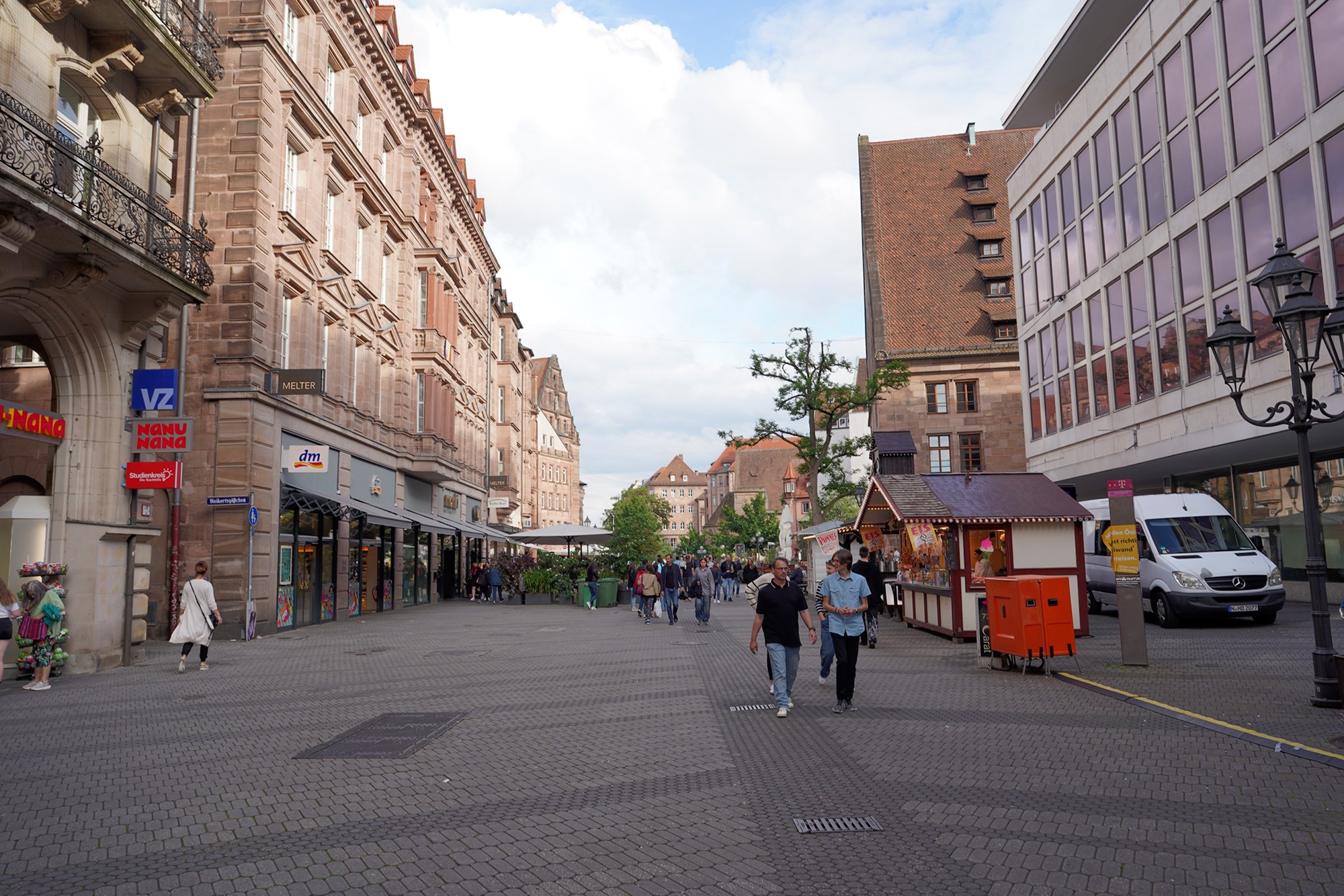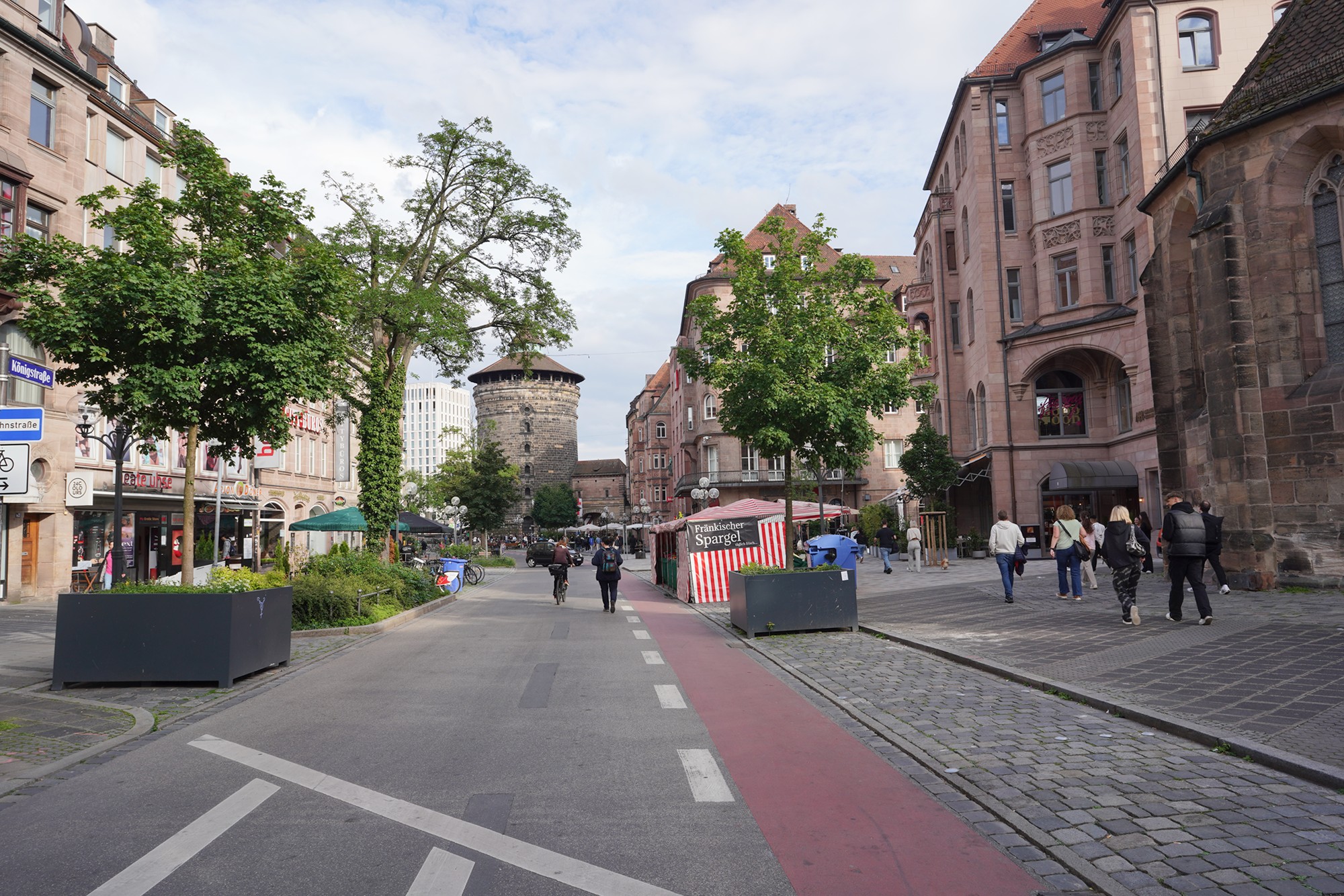Nuremberg Day Trip from Rothenburg, Germany
Nuremberg was a major center of the Holy Roman Empire and played a significant role in medieval European trade and politics. 922
Documentation Center Nazi Party Rally Grounds: Bayernstraße 110, 90478 Nürnberg, Germany
Germanisches Nationalmuseum: Kartäusergasse 1, 90402 Nürnberg, Germany
St. Lorenz Church: Lorenzer Pl. 1, 90403 Nürnberg, Germany
Nürnberg Altstadt Market: Hauptmarkt, 90403 Nürnberg, Germany
Imperial Castle of Nuremberg: Burg 17, 90403 Nürnberg, Germany
Date Picture Taken: May, 2024
After World War II, Nuremberg gained international prominence as the site of the Nuremberg Trials (1945-1946), where leading Nazi officials were prosecuted for war crimes. The trials were held in the Palace of Justice (Justizpalast) and were a pivotal moment in establishing international criminal law.
I took the train from Rothenburg ob der Tauber Bahnhof to Nuremberg Hauptbahnhof (main station). There are no direct trains between these two stations, so I made a transfer at Würzburg.
From the train station at Nuremberg, I took a tram to the Documentation Cener Nazi Party Rally Ground.
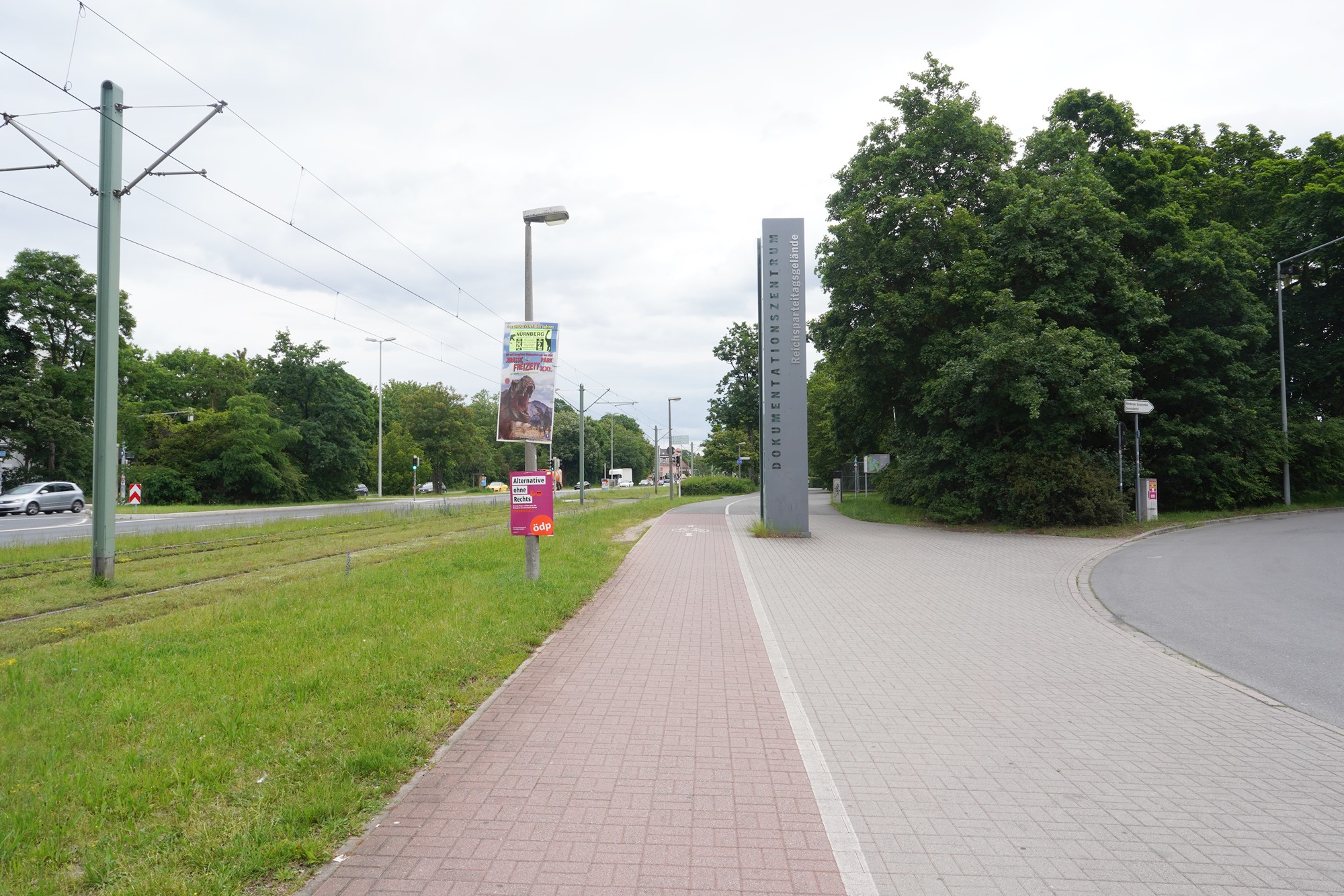
One of the important sites in Nuremberg is the Documentation Center Nazi Party Rally Grounds. However, only a few materials were displayed due to the center’s reconstruction.
The Documentation Center.
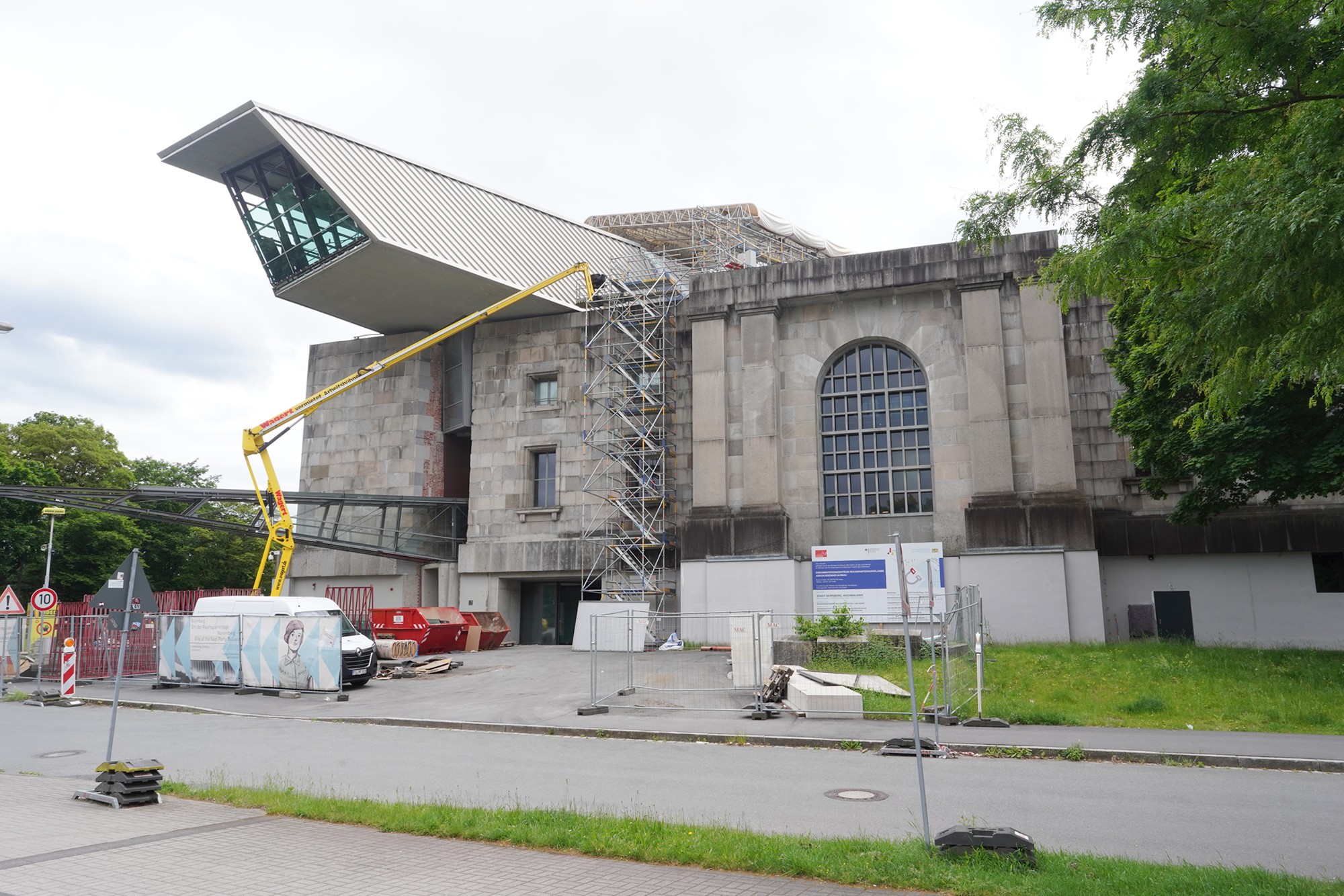
The entrance was at the rear end of the building because it was being rebuilt.
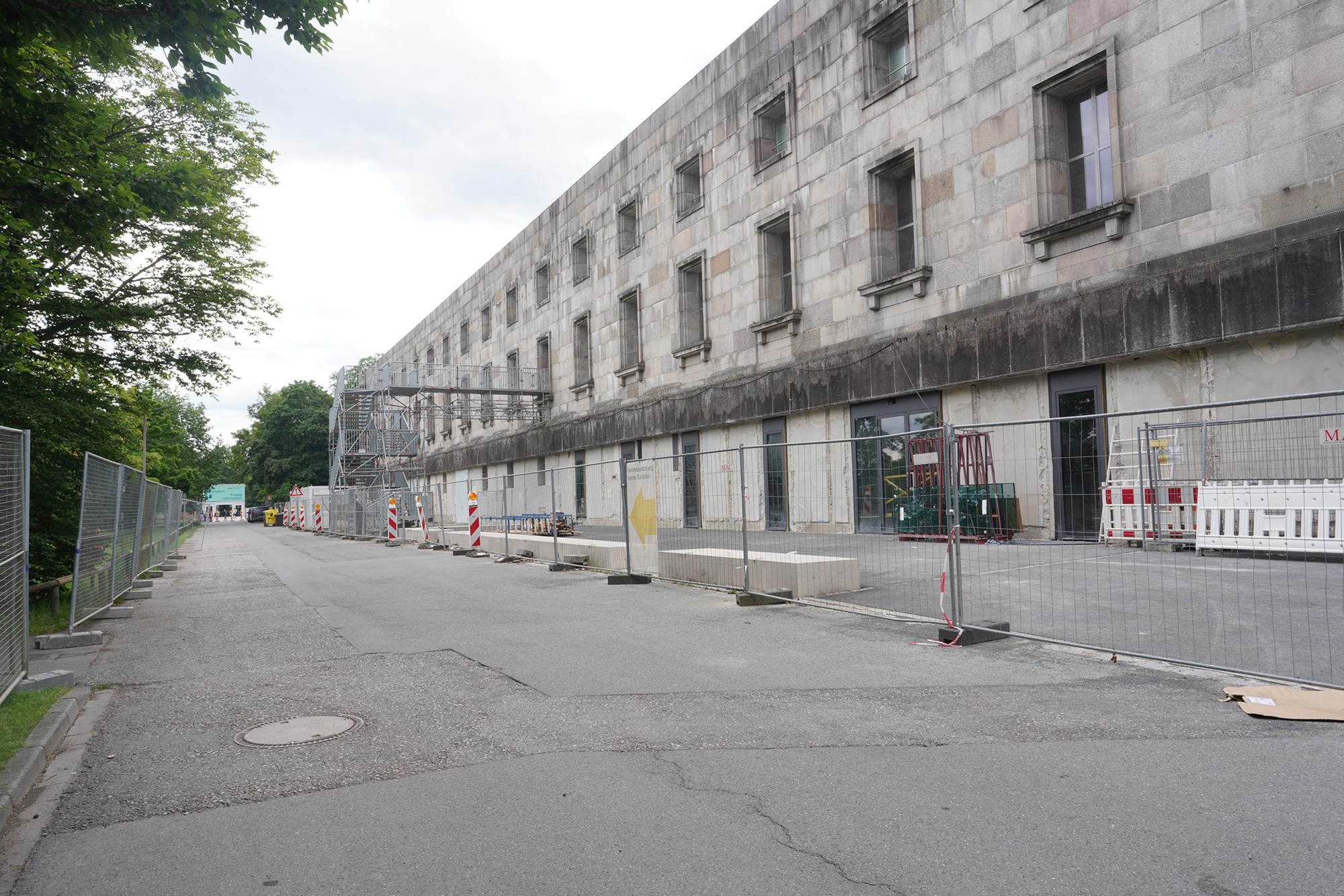
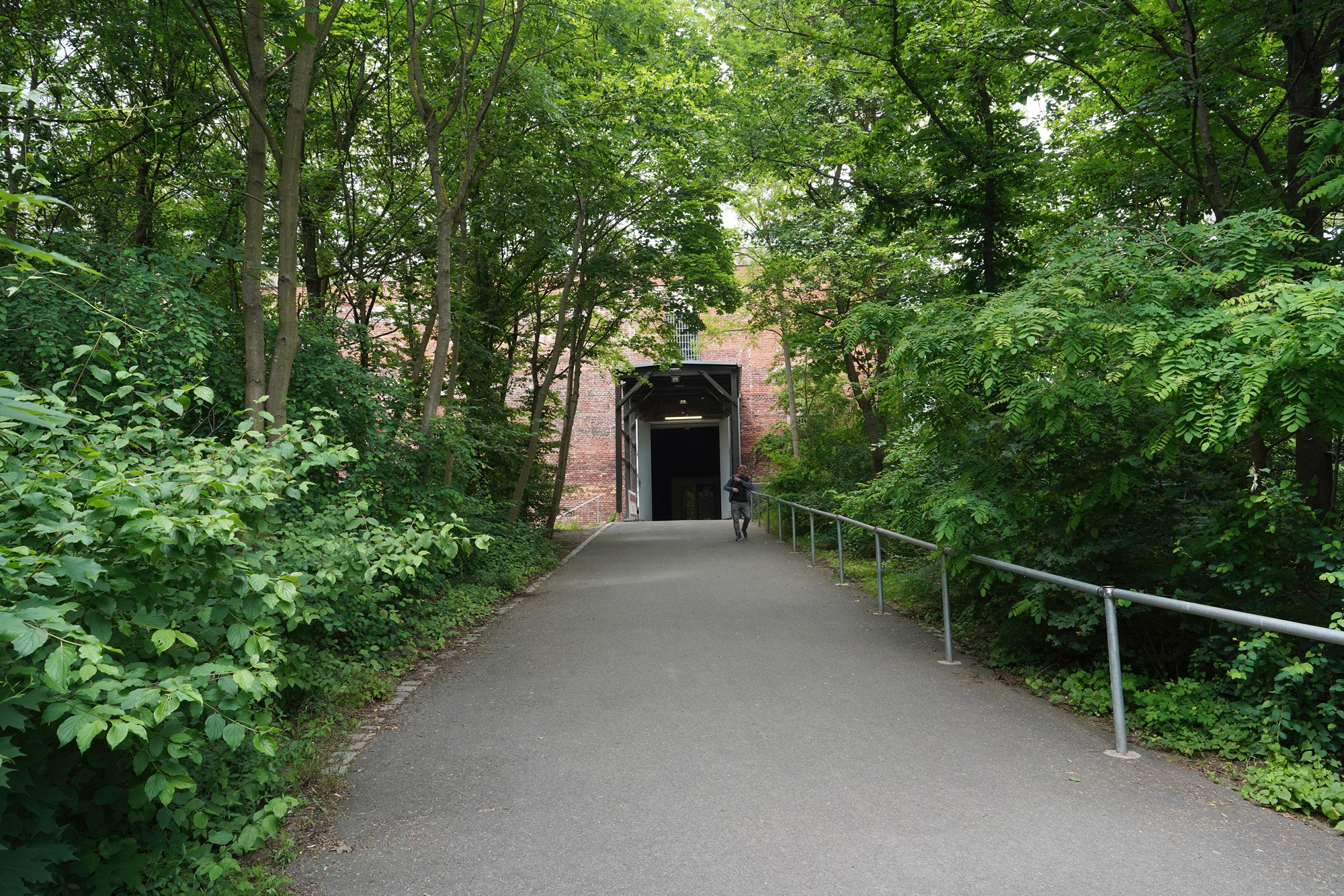
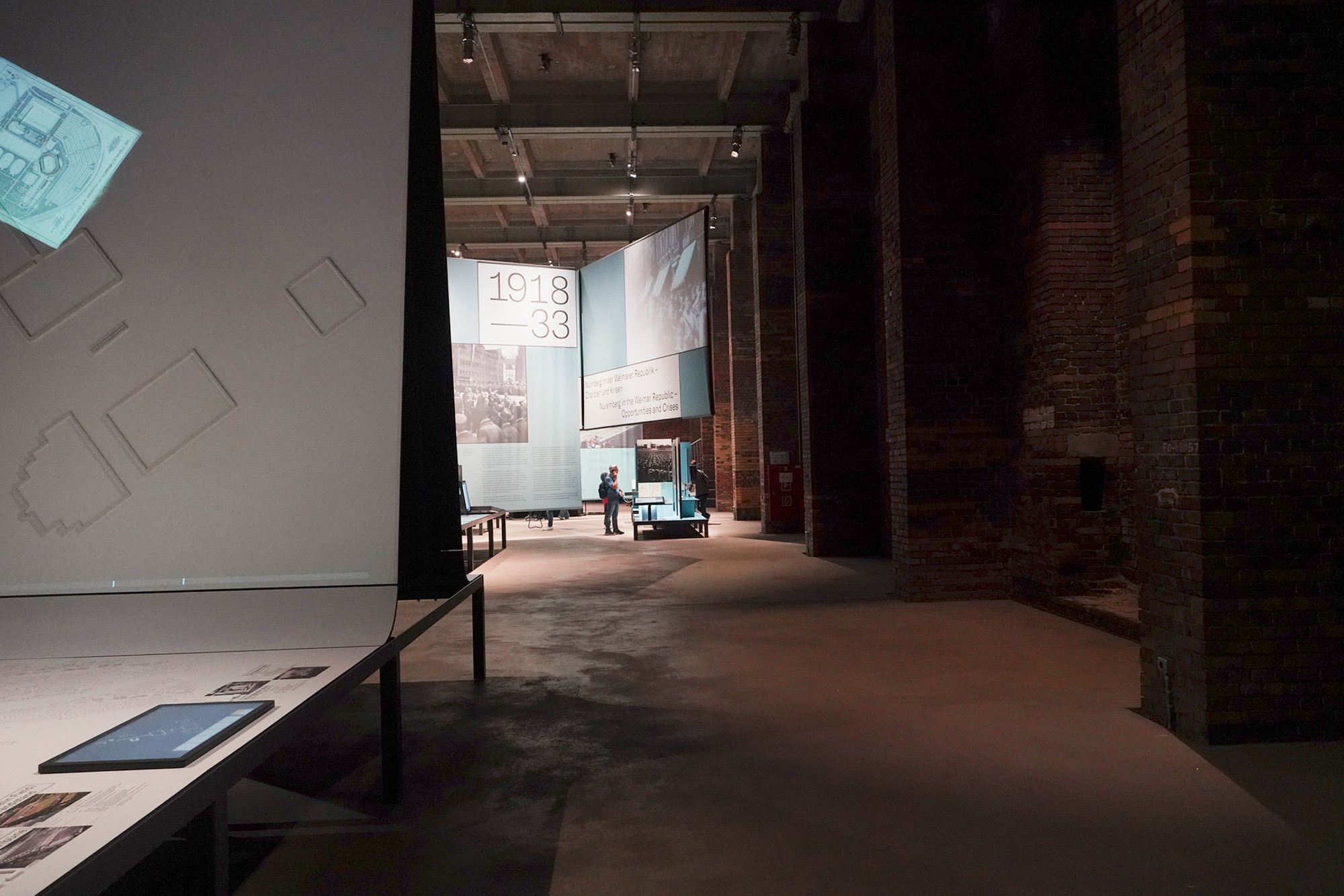
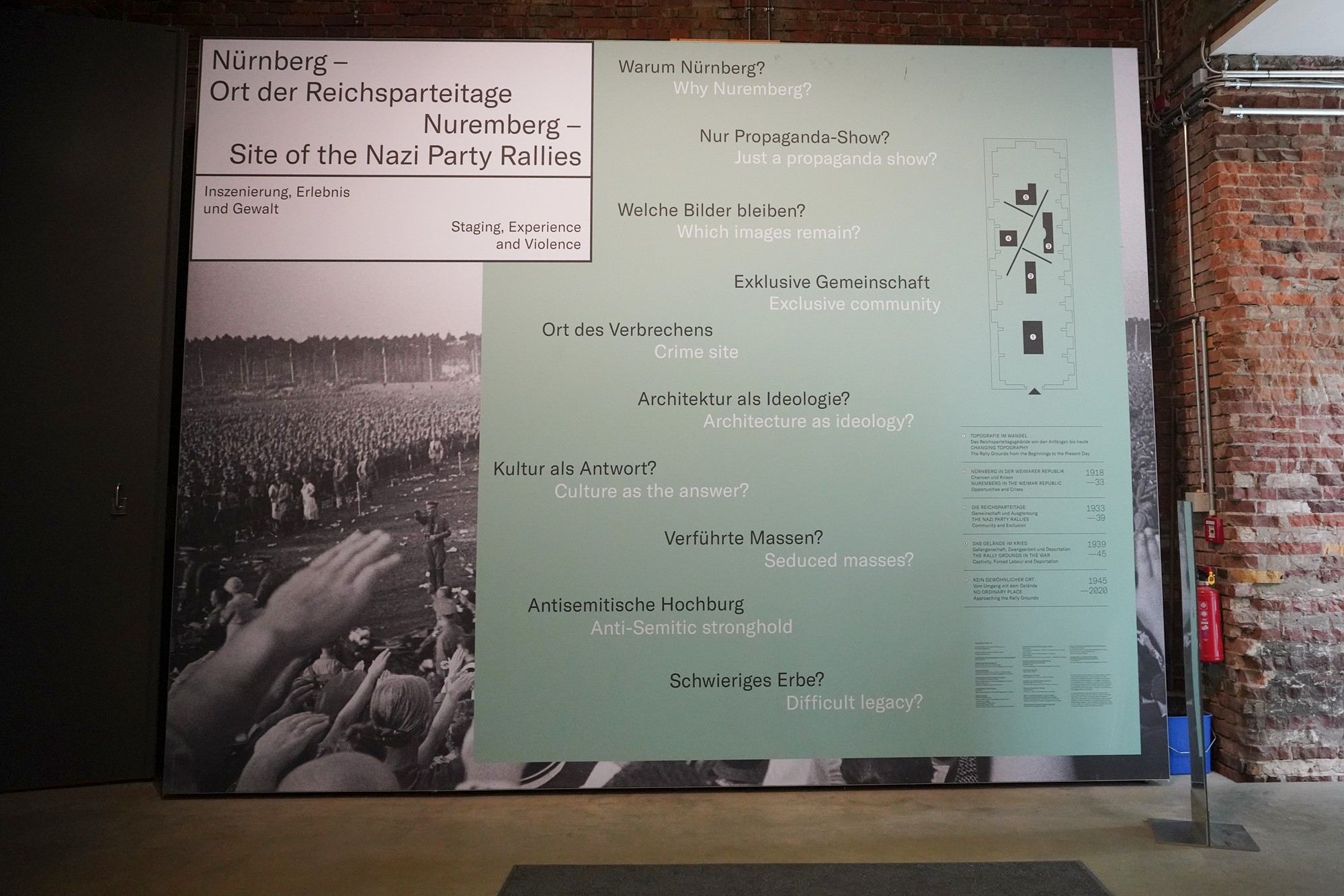
This was all of the display. It explored the rise of the Nazi Party, its ideology, and the effects of the rallies on German society and beyond.
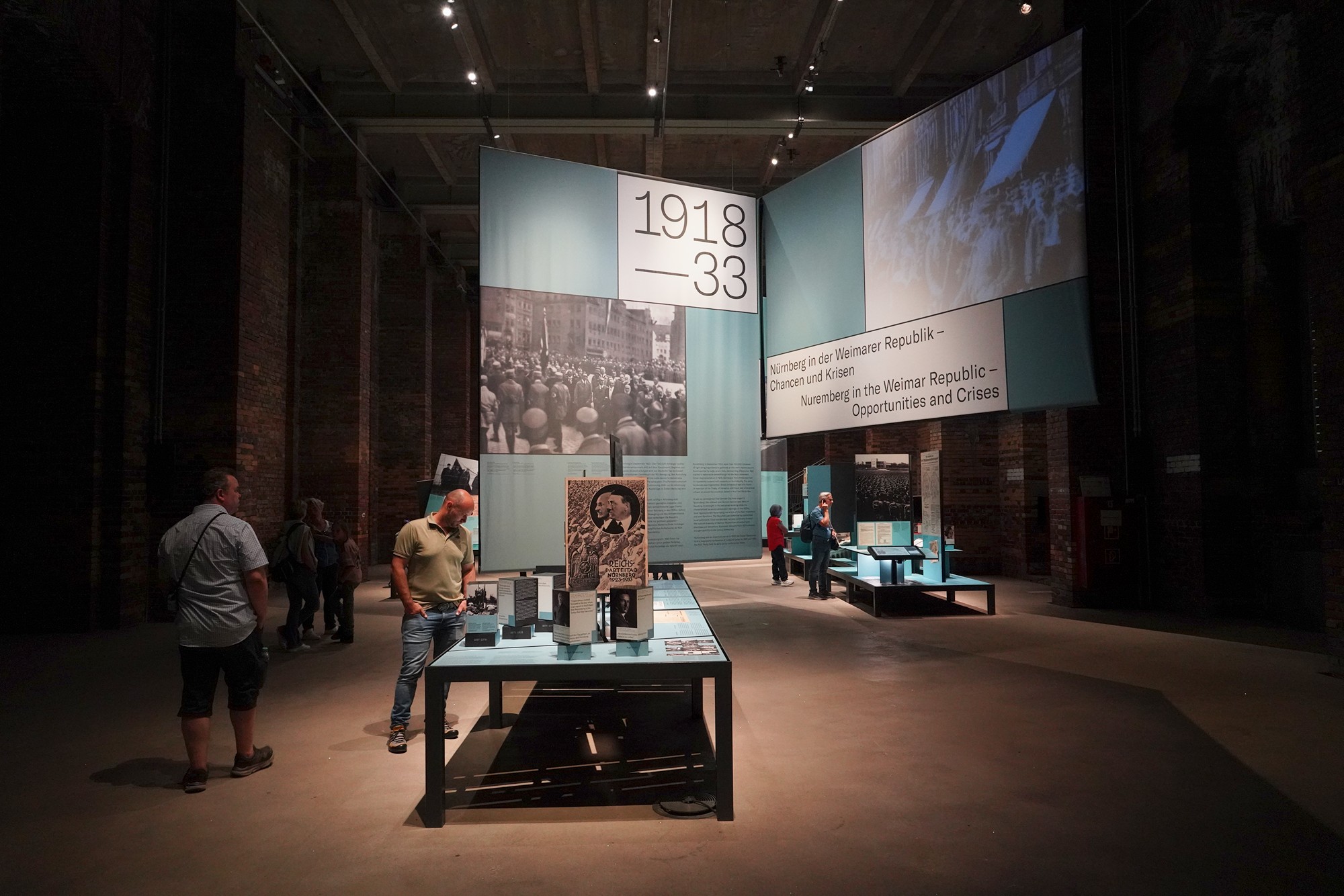
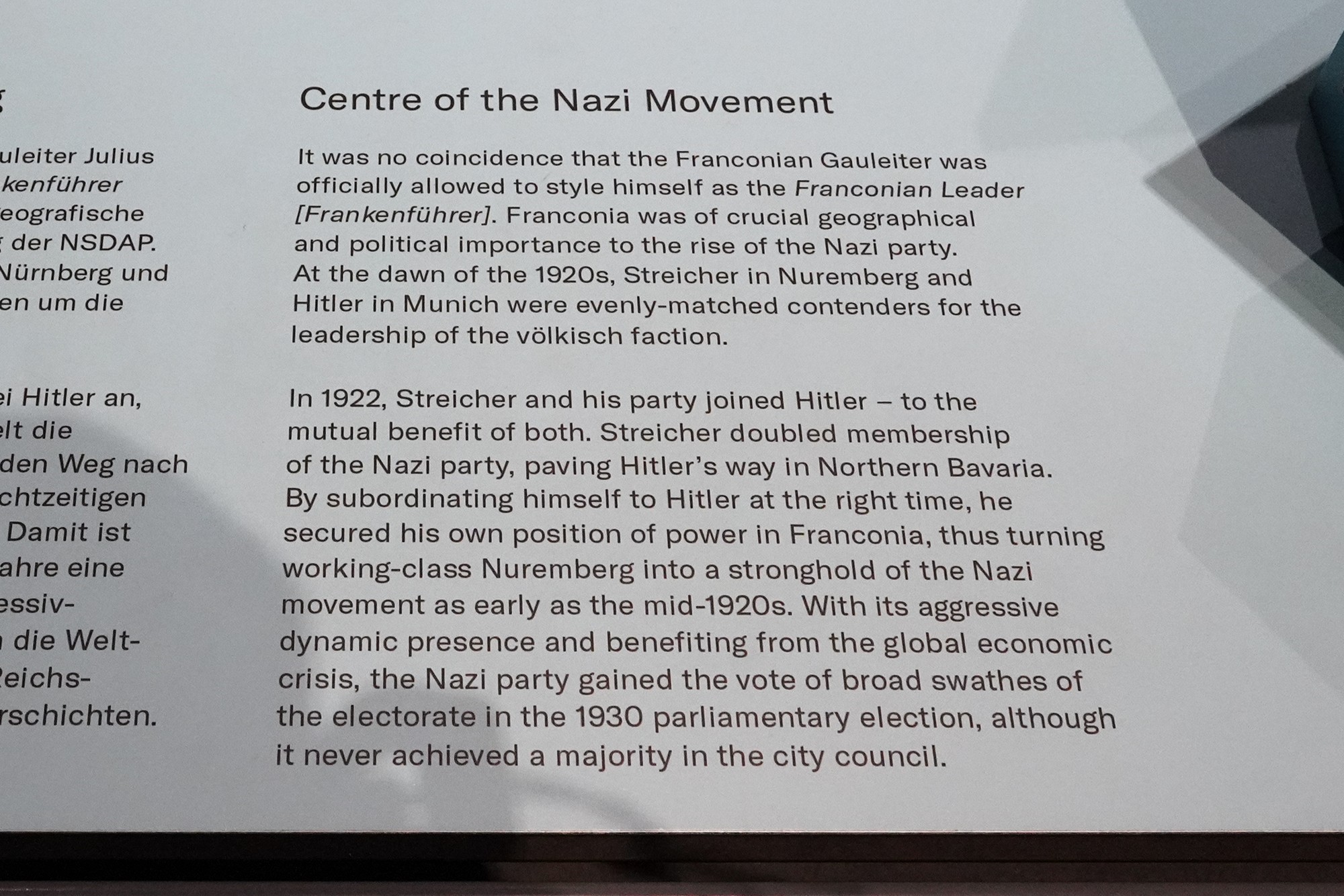
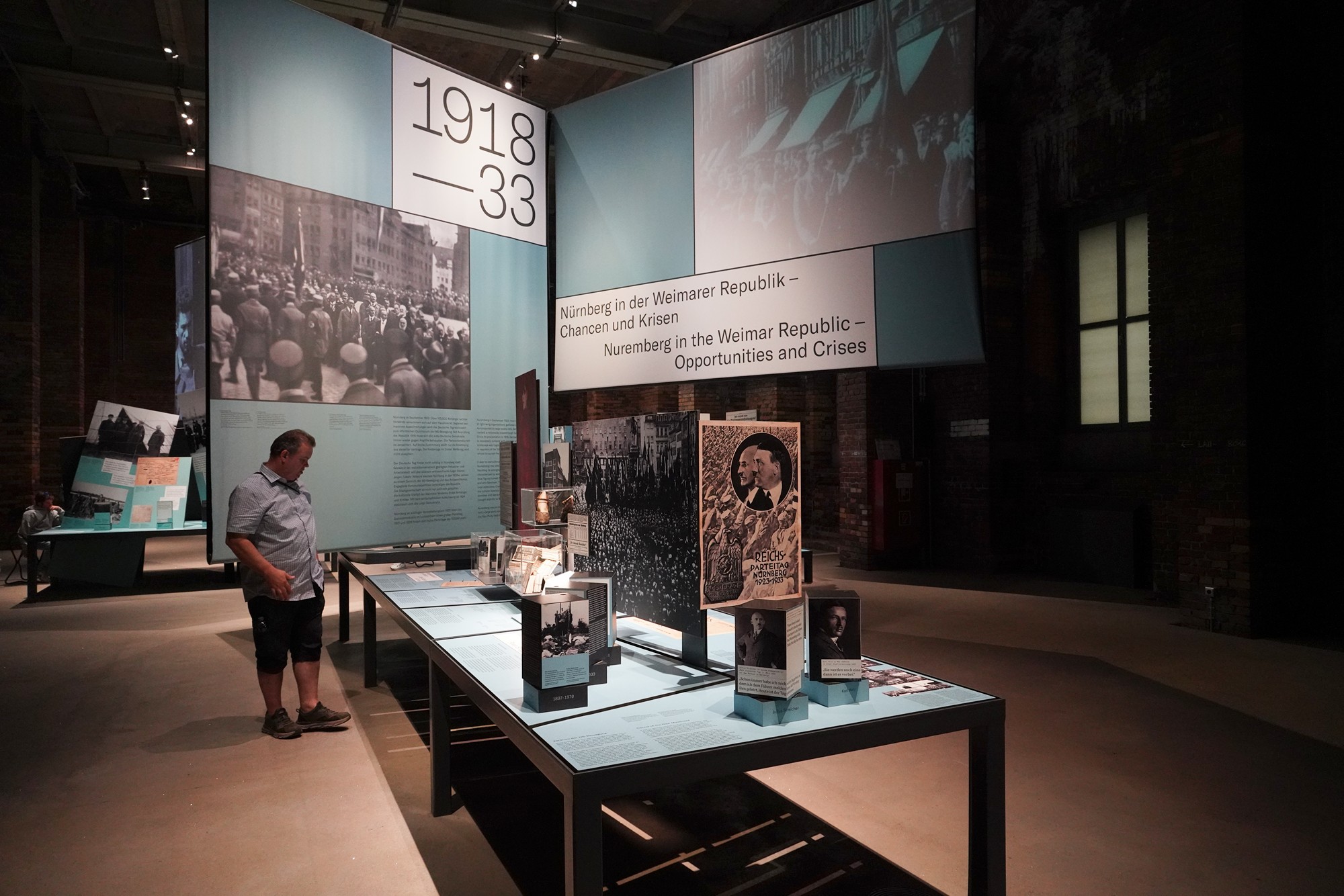
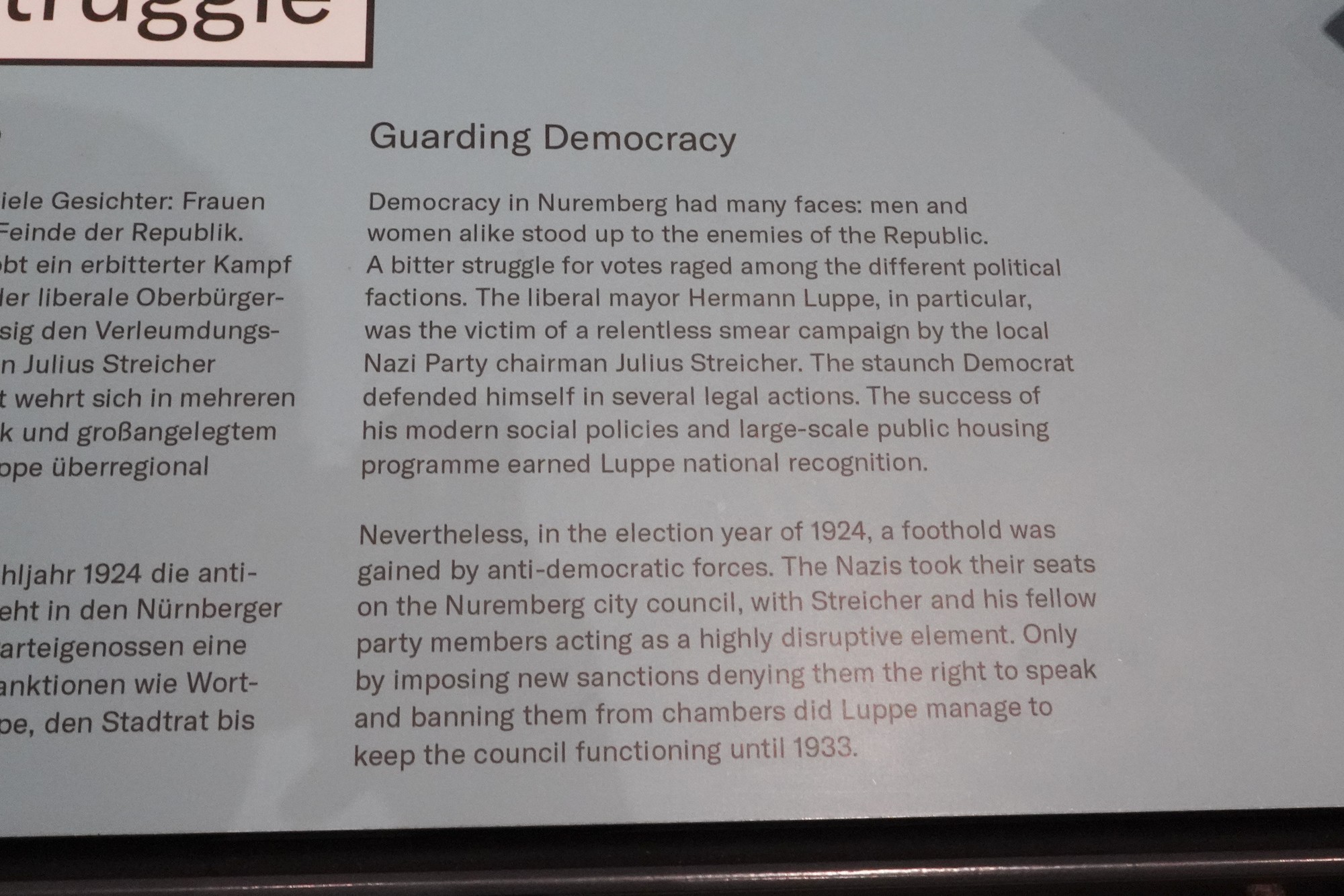
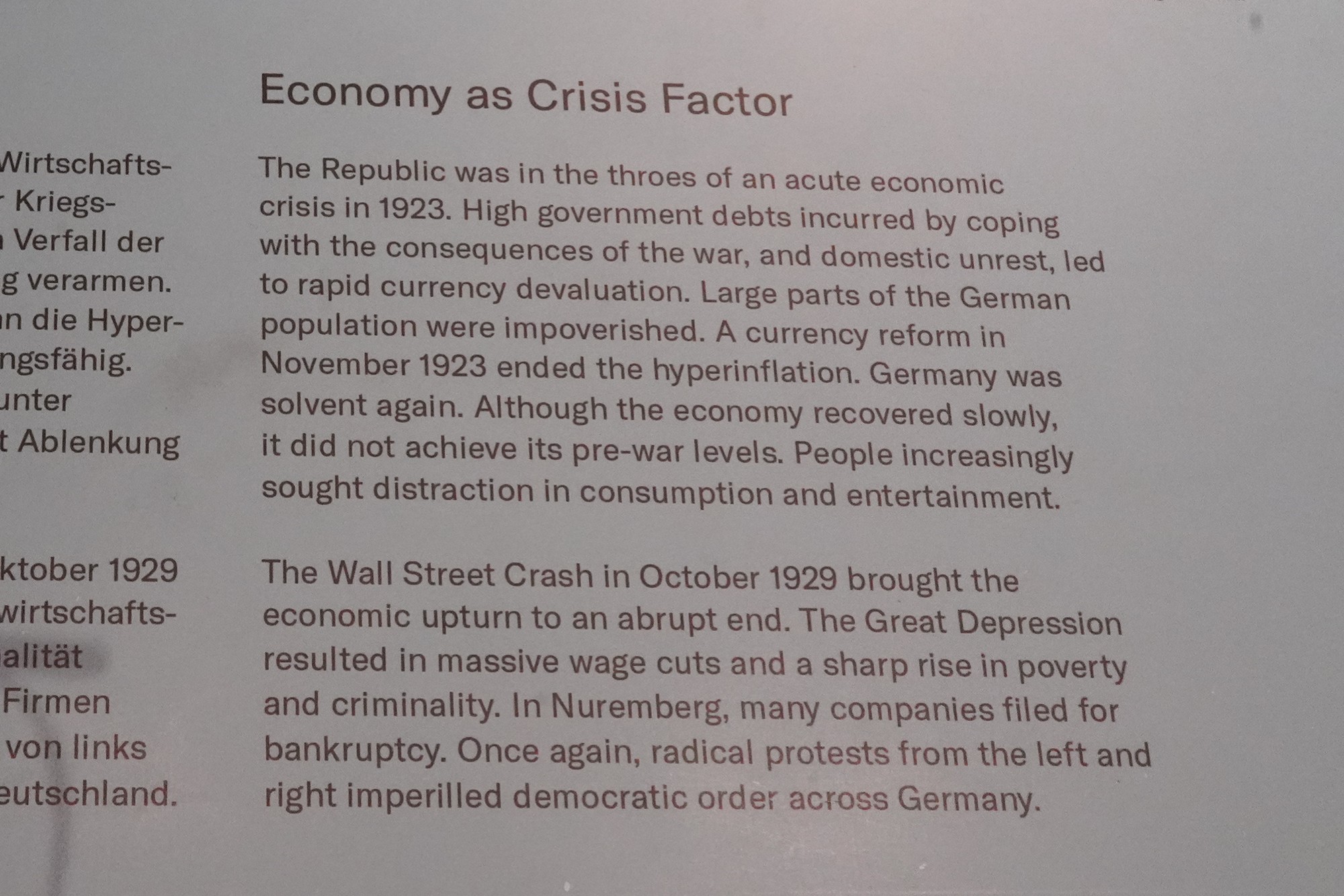
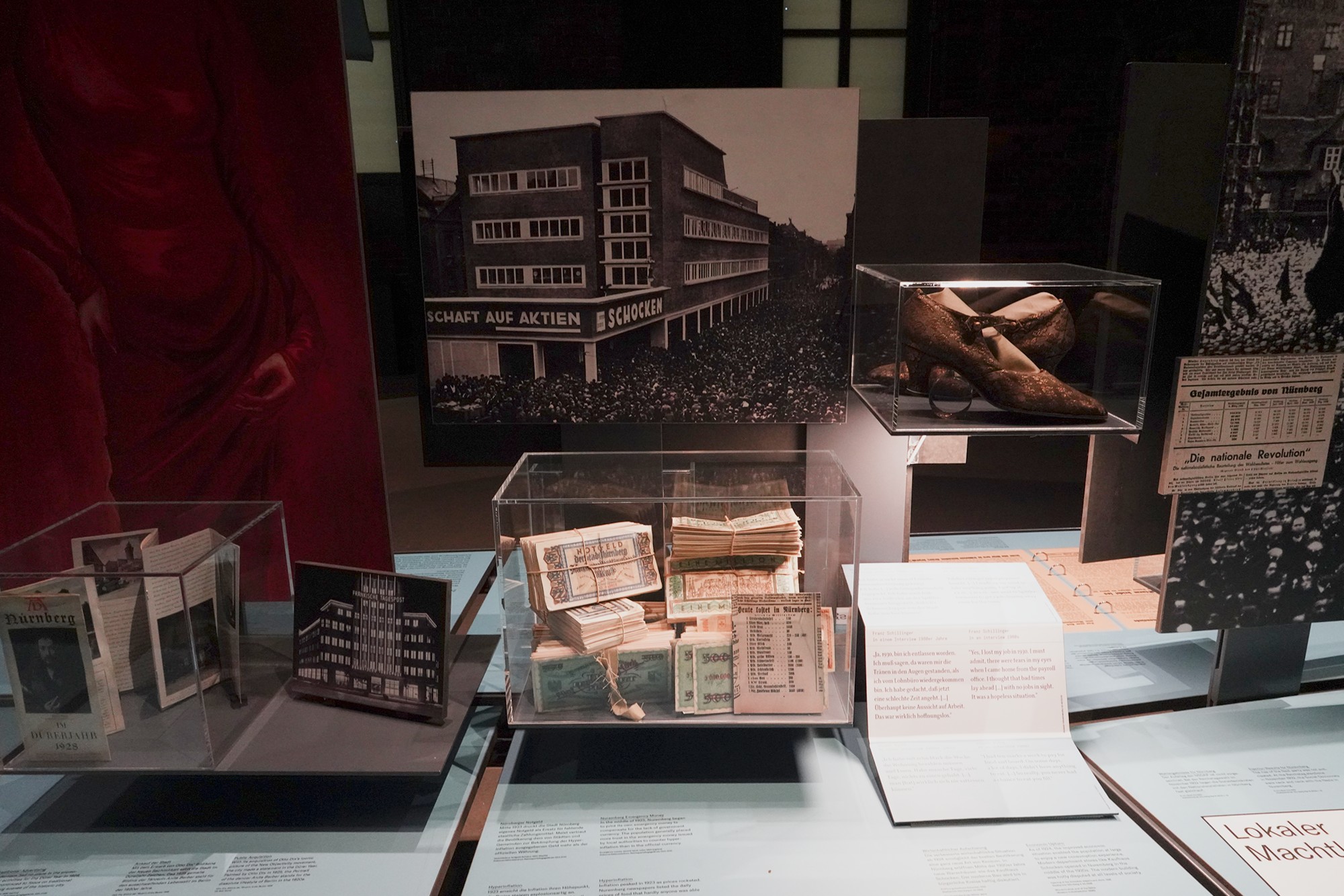
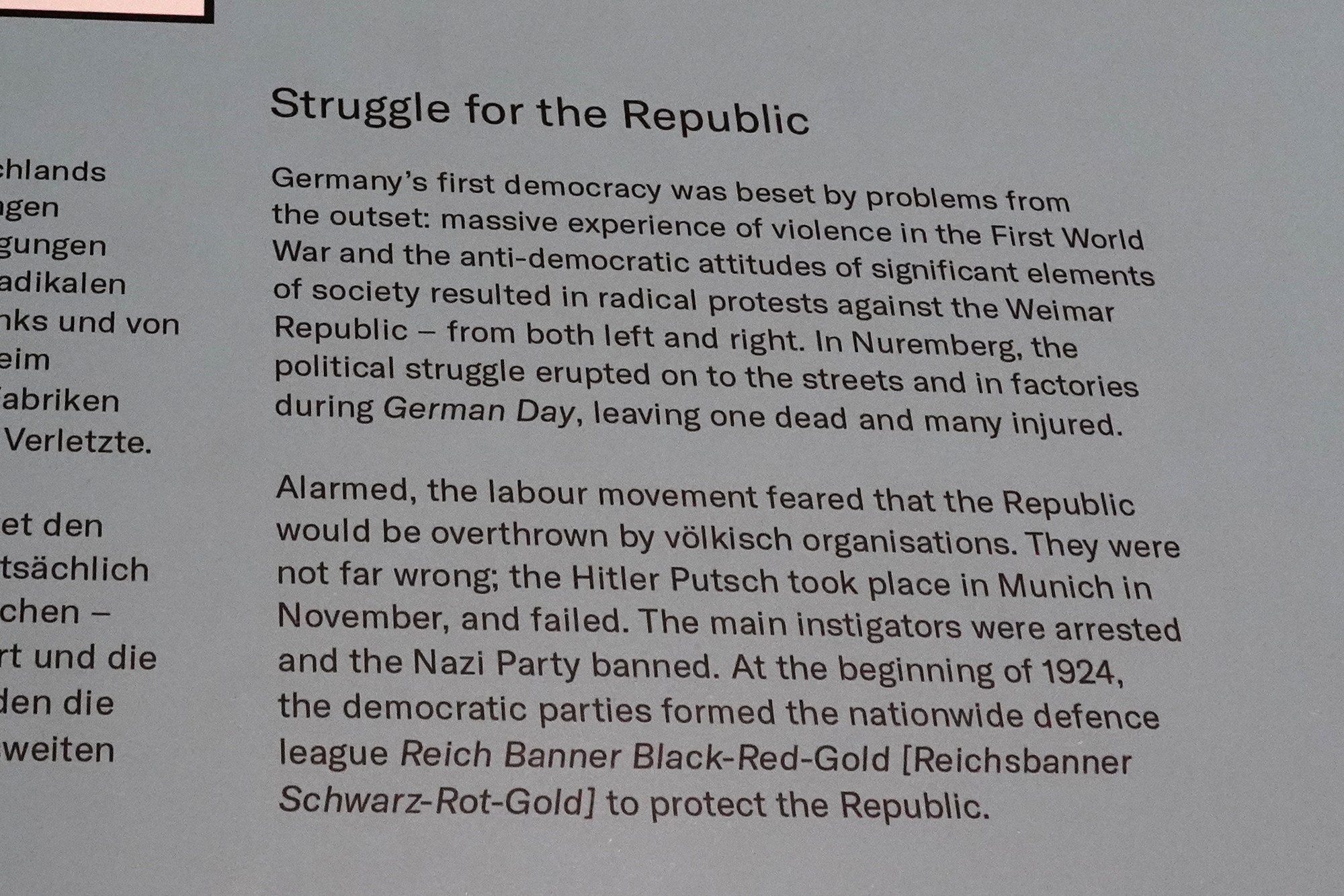
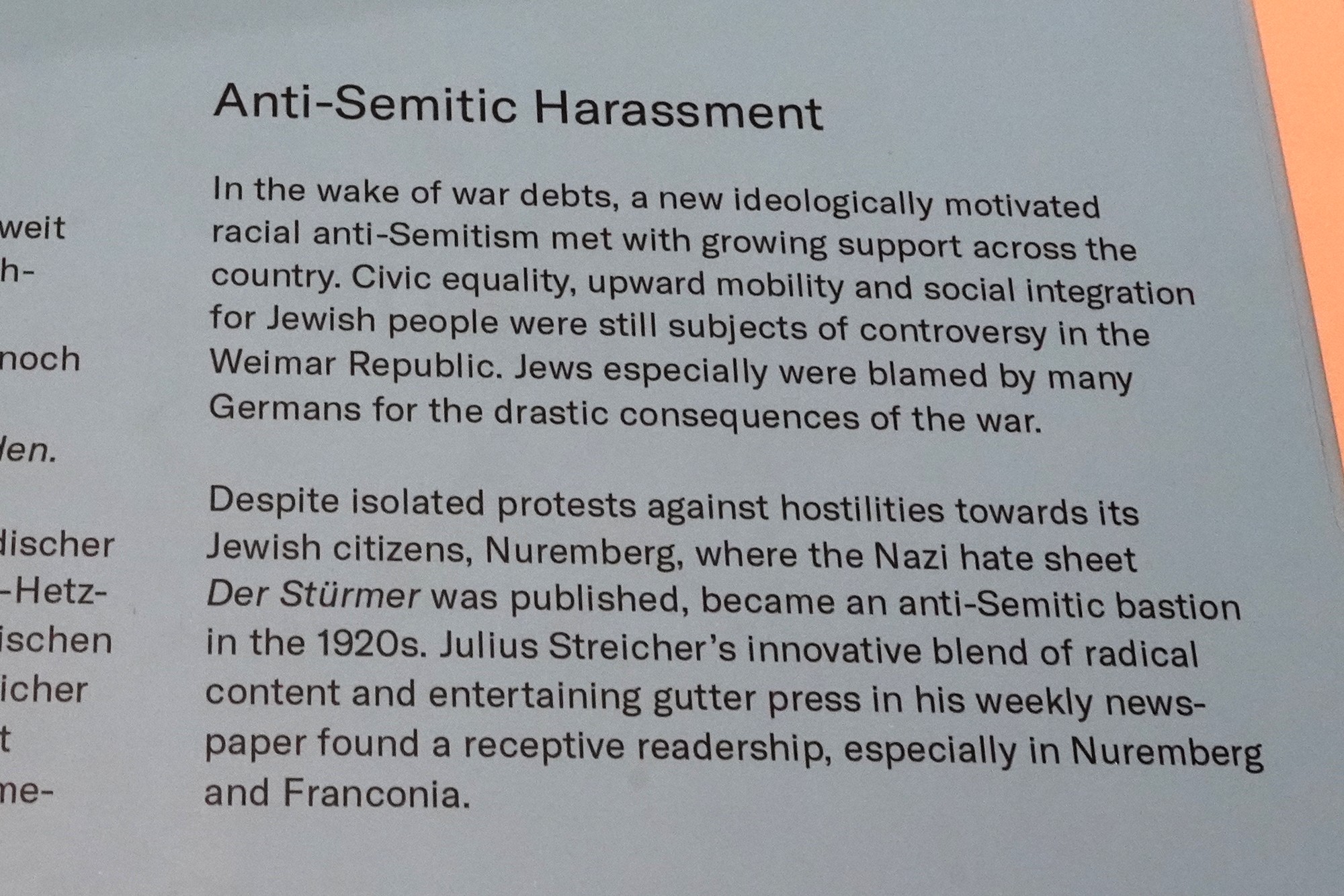
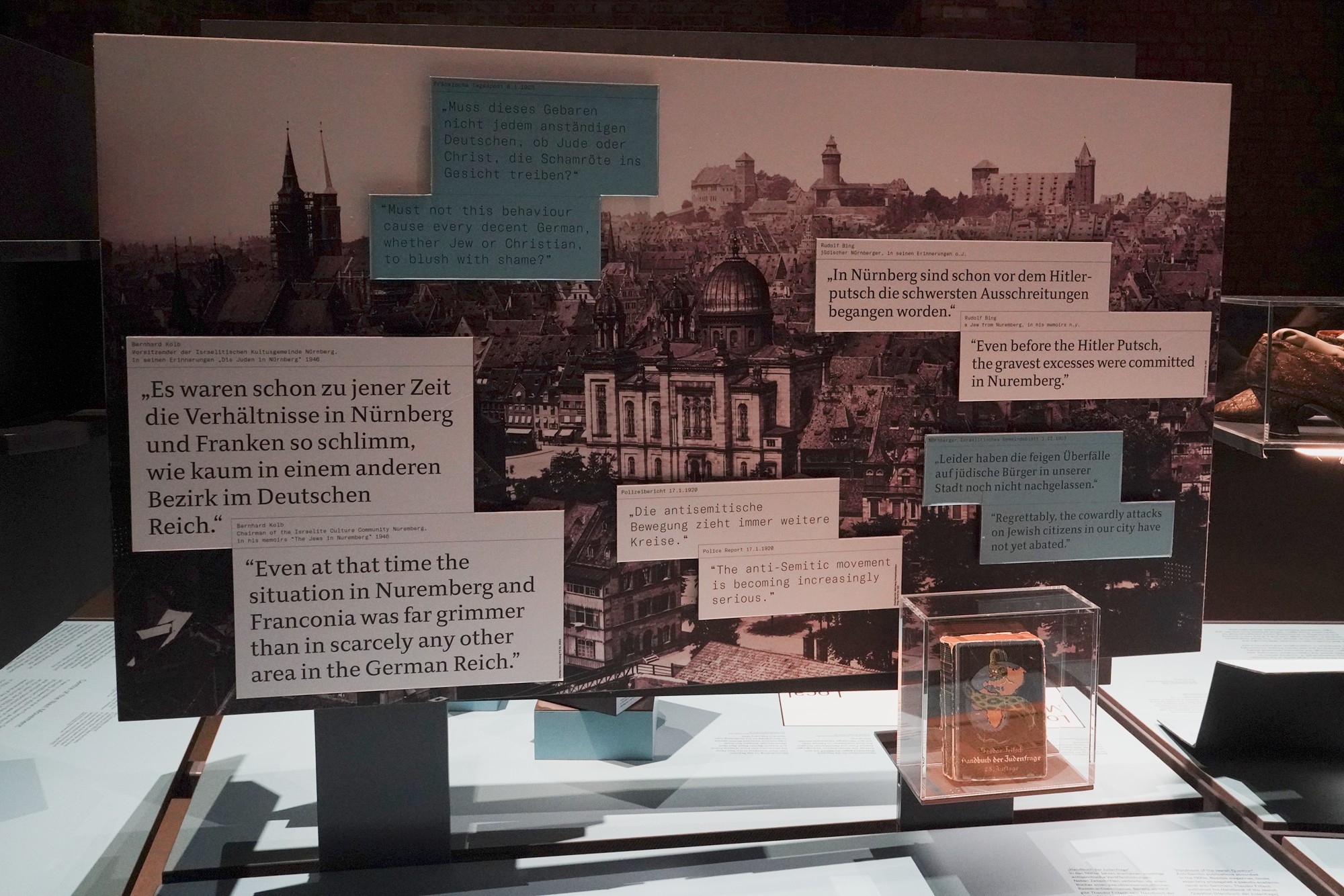
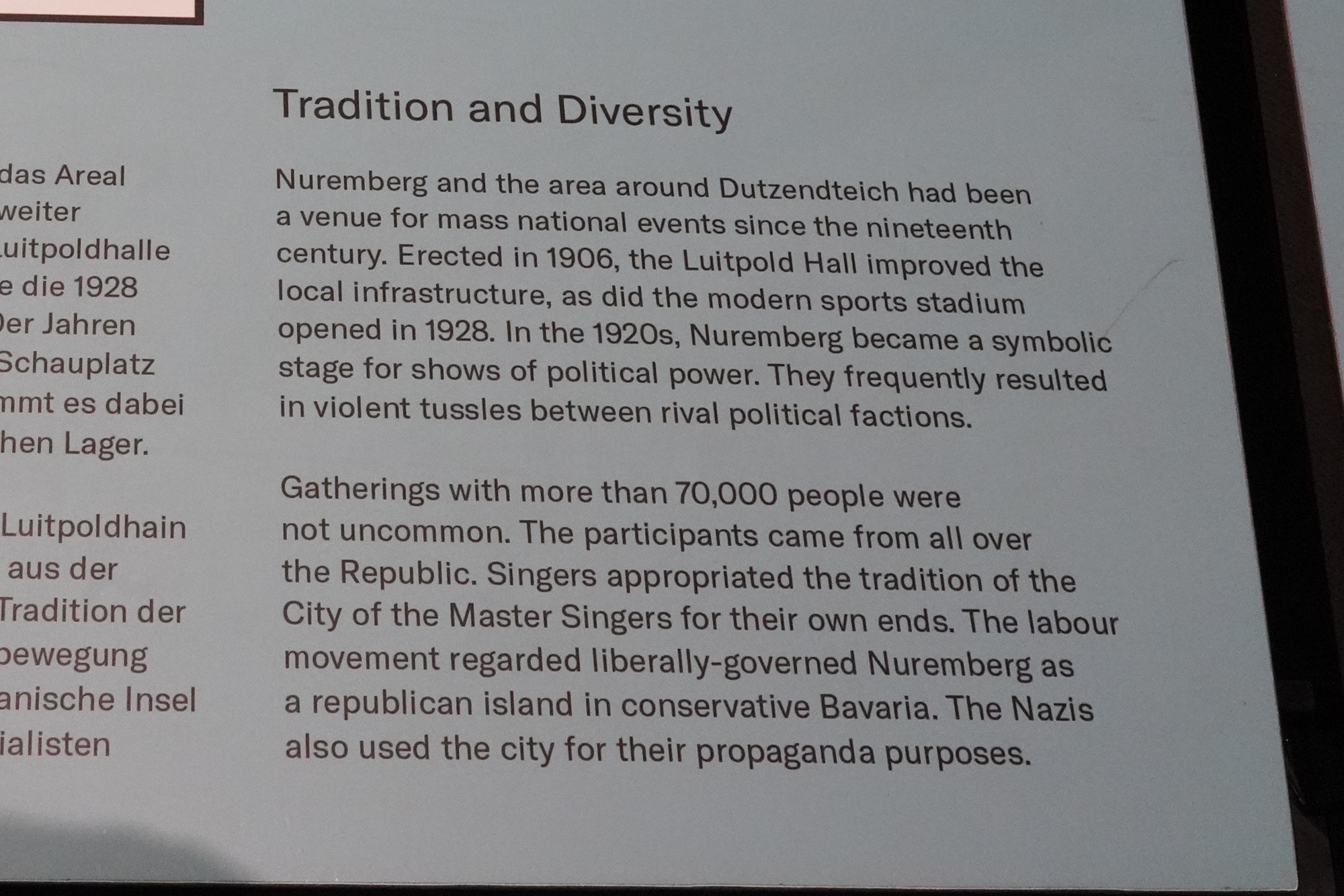
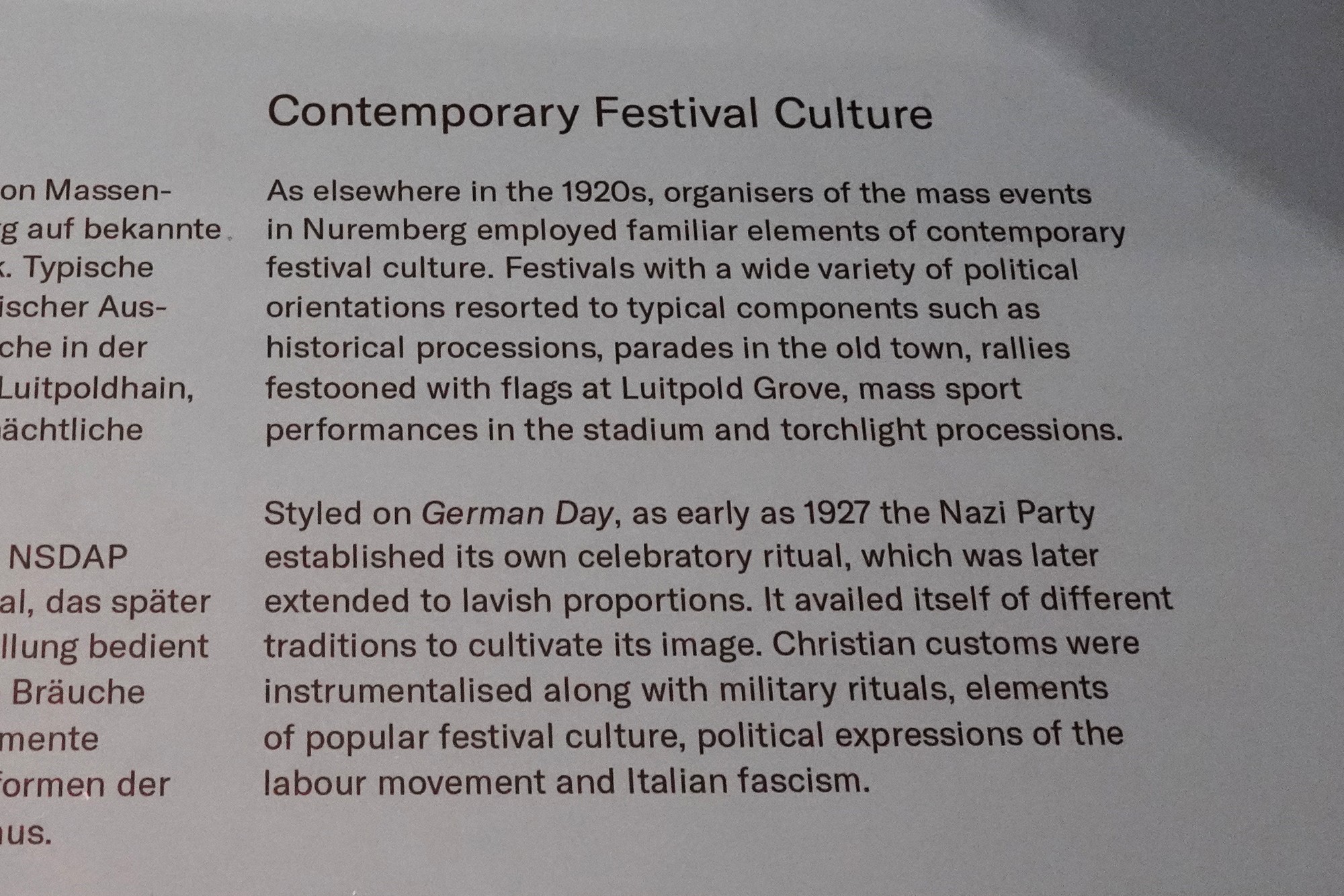
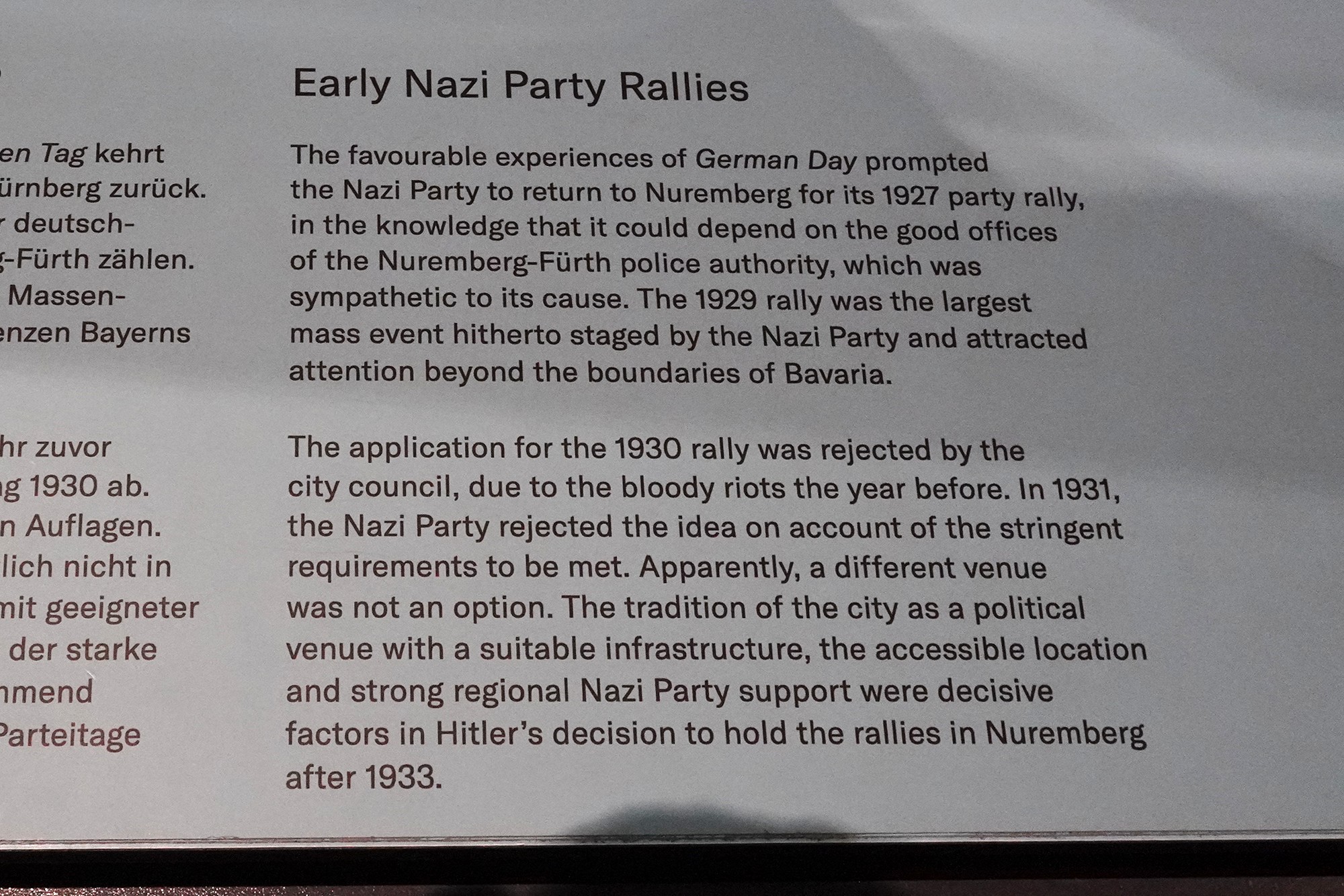
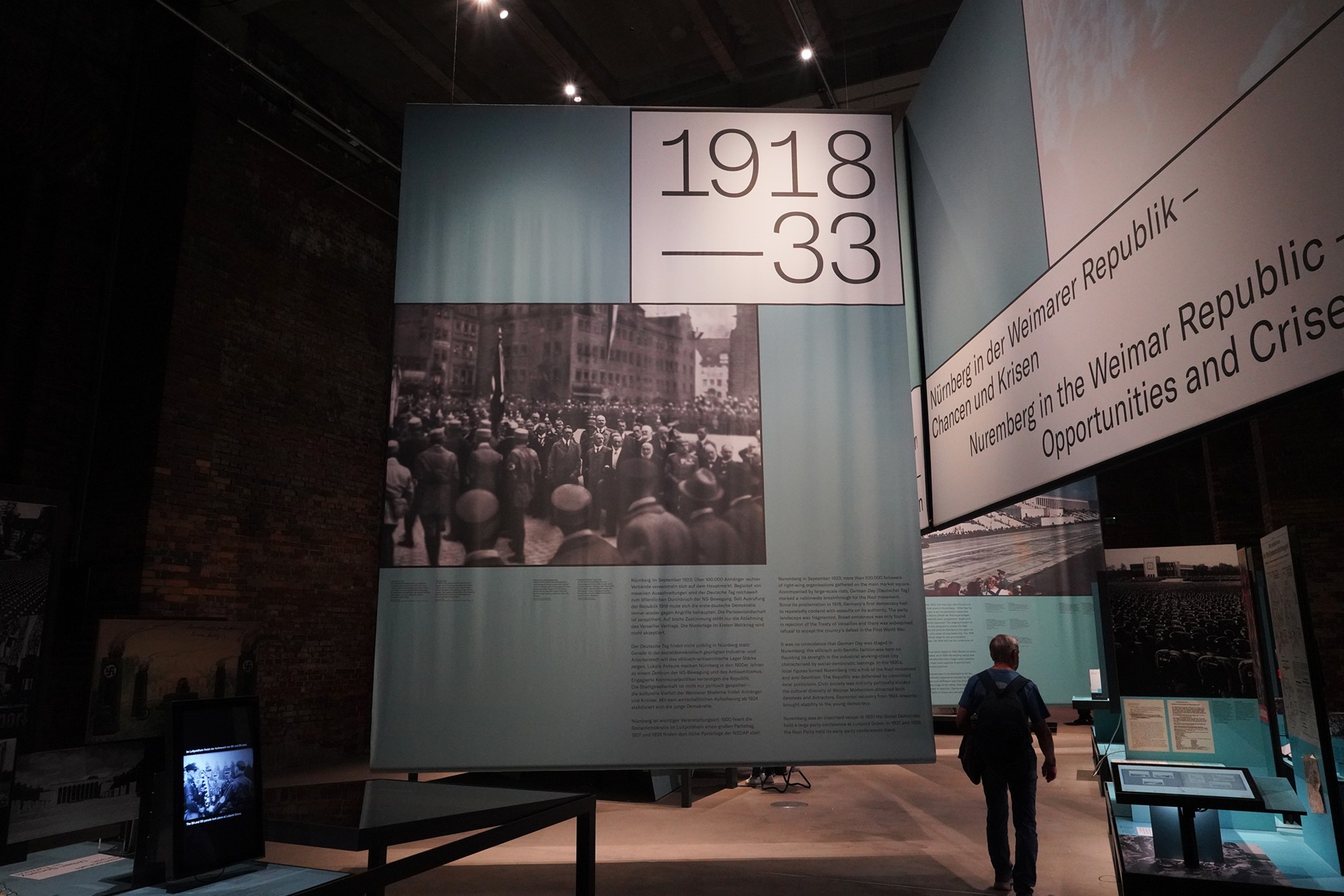
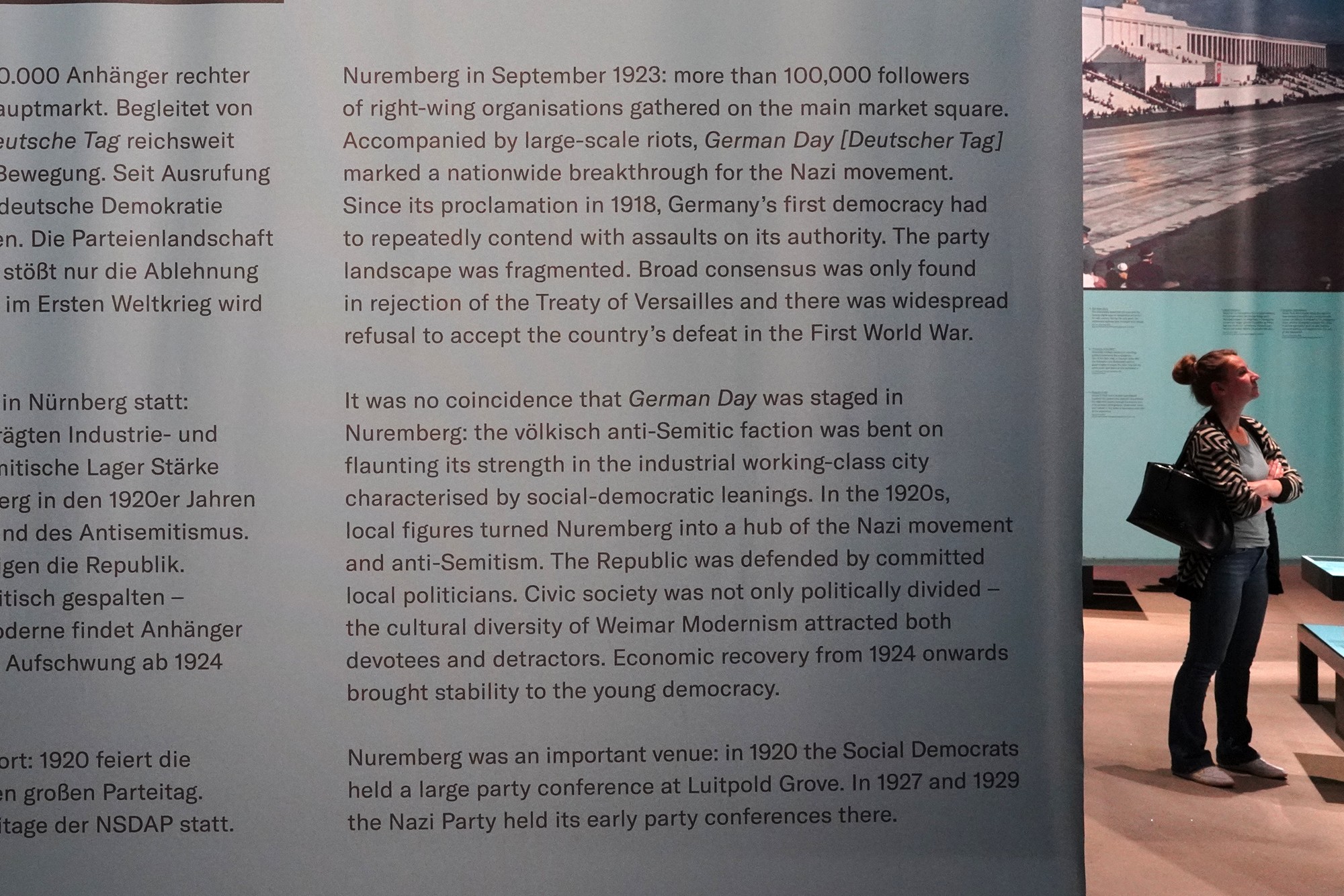
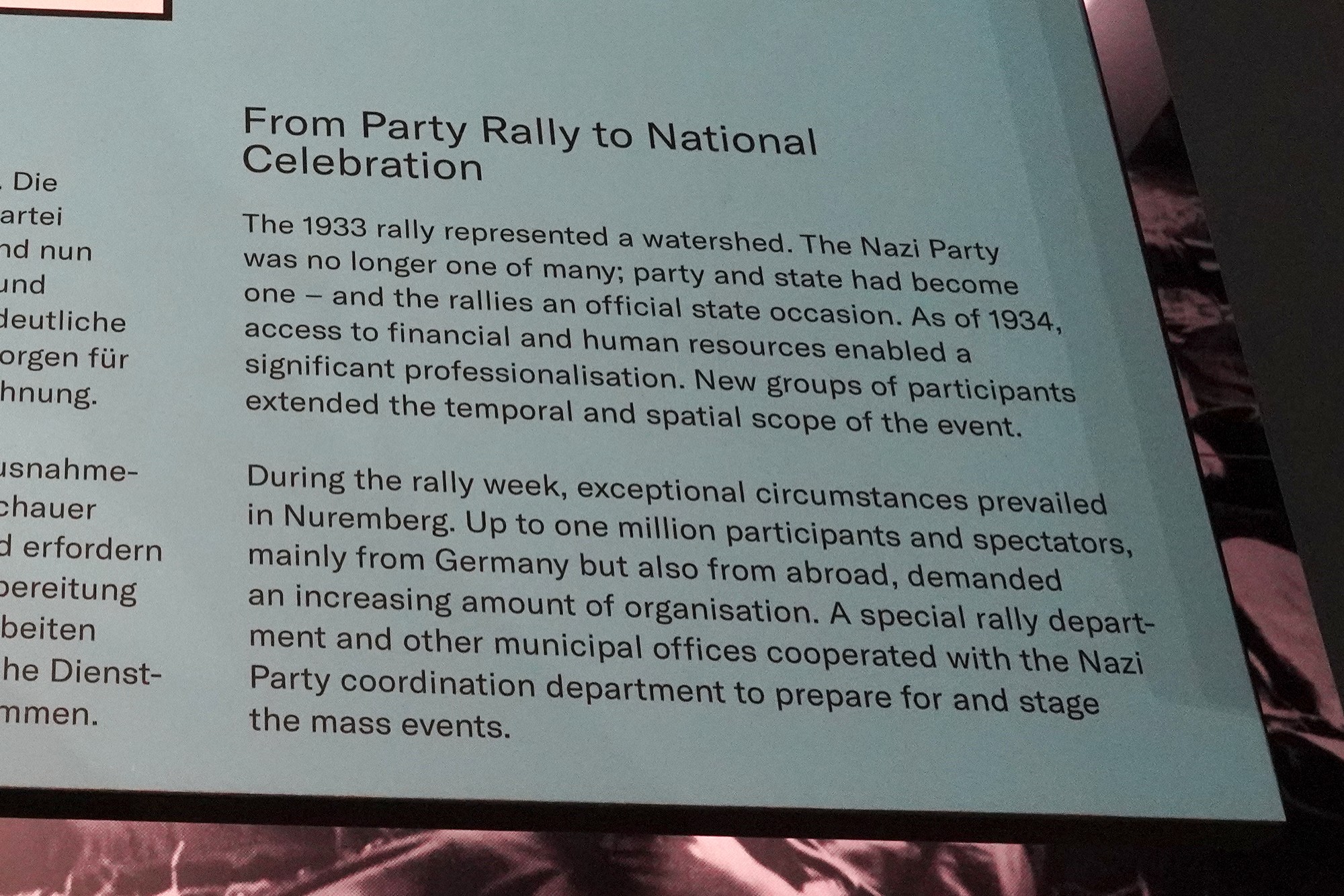
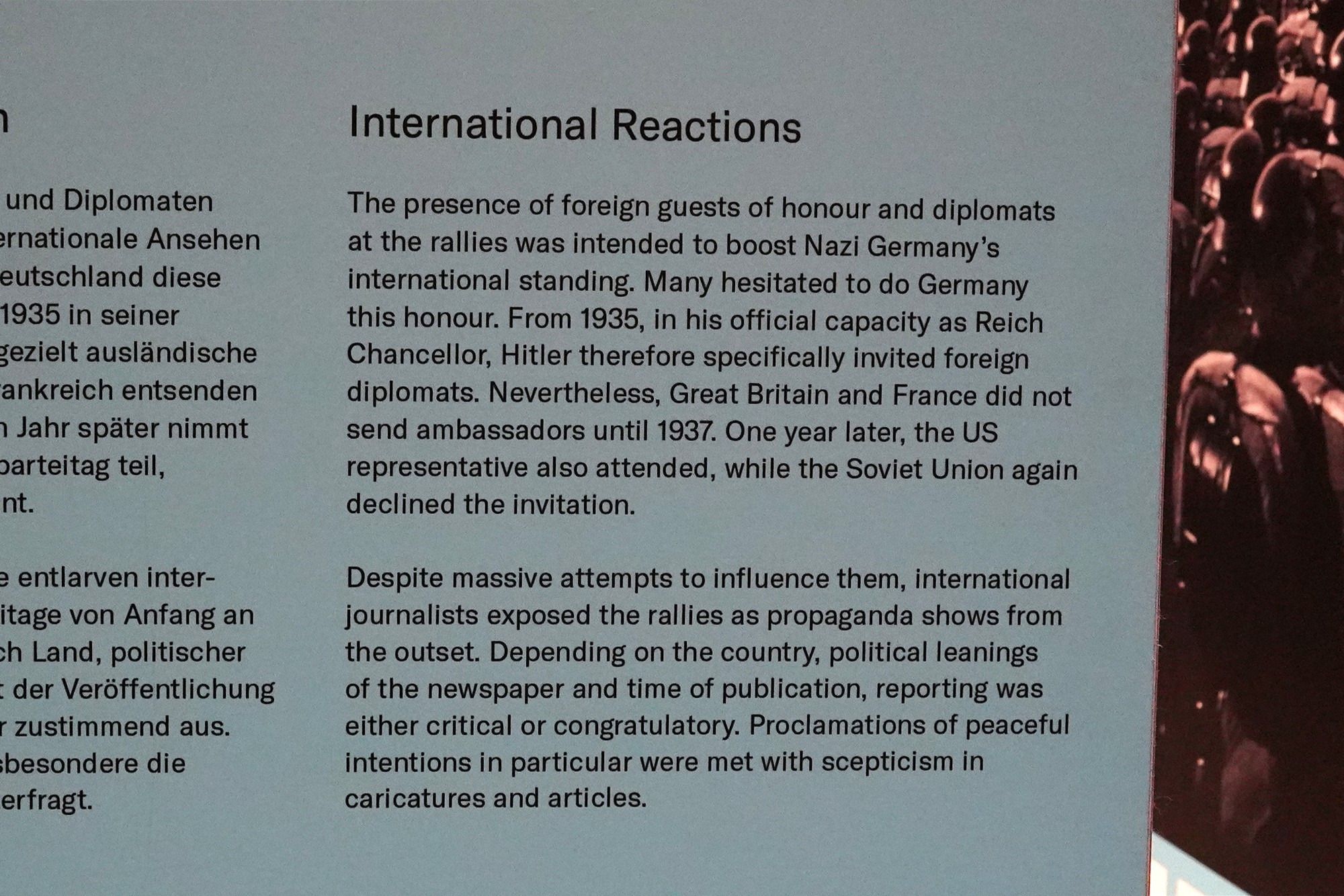
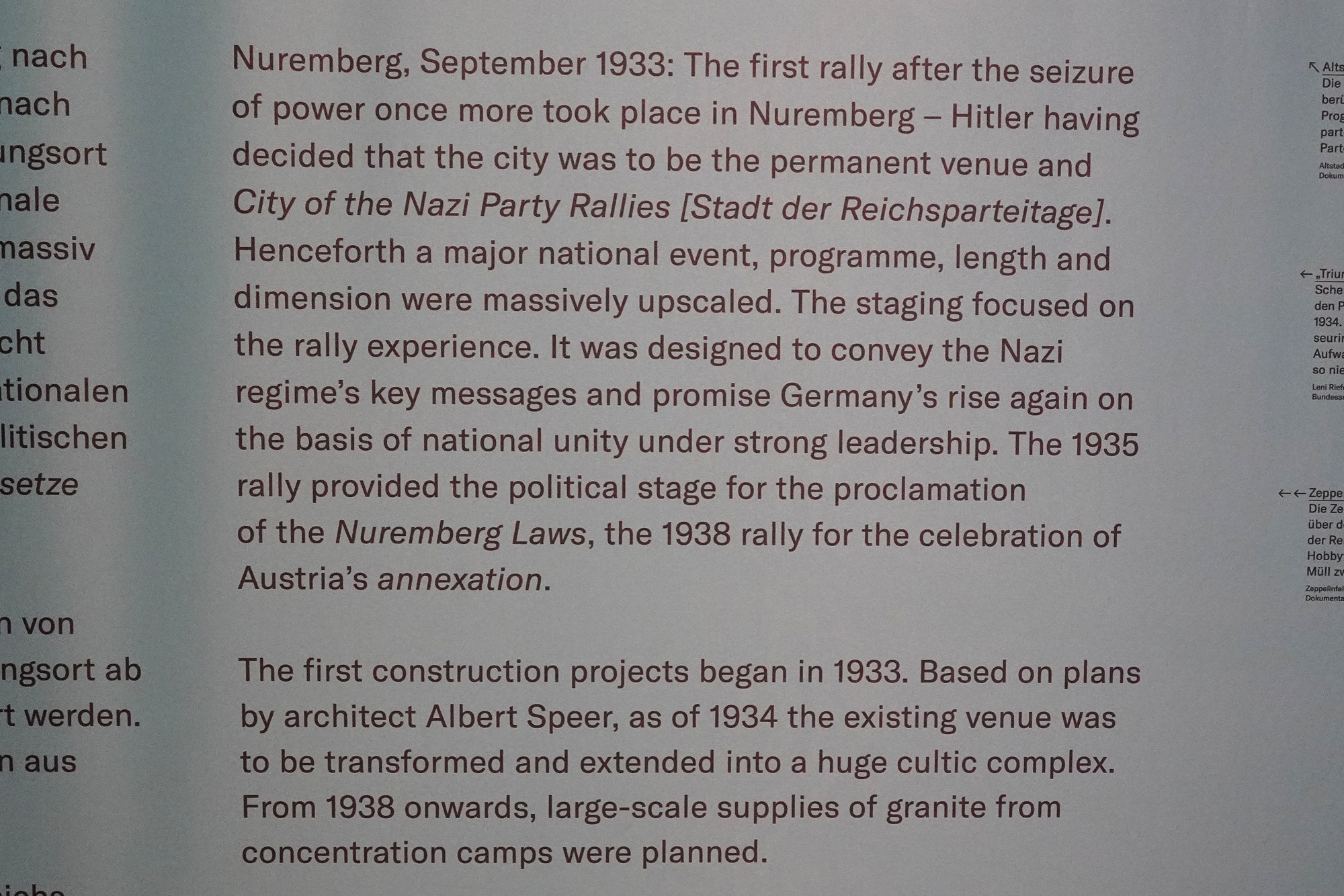
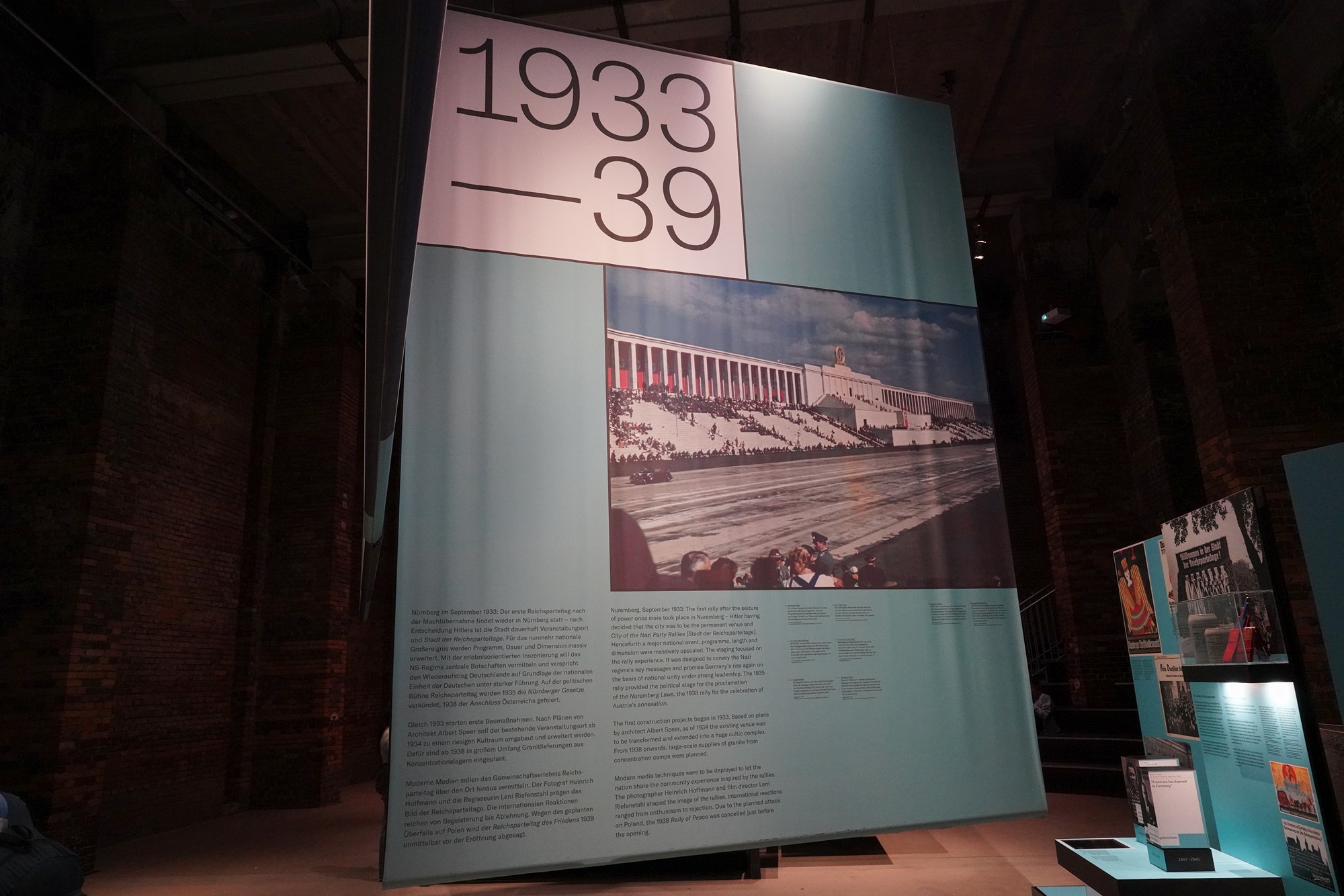
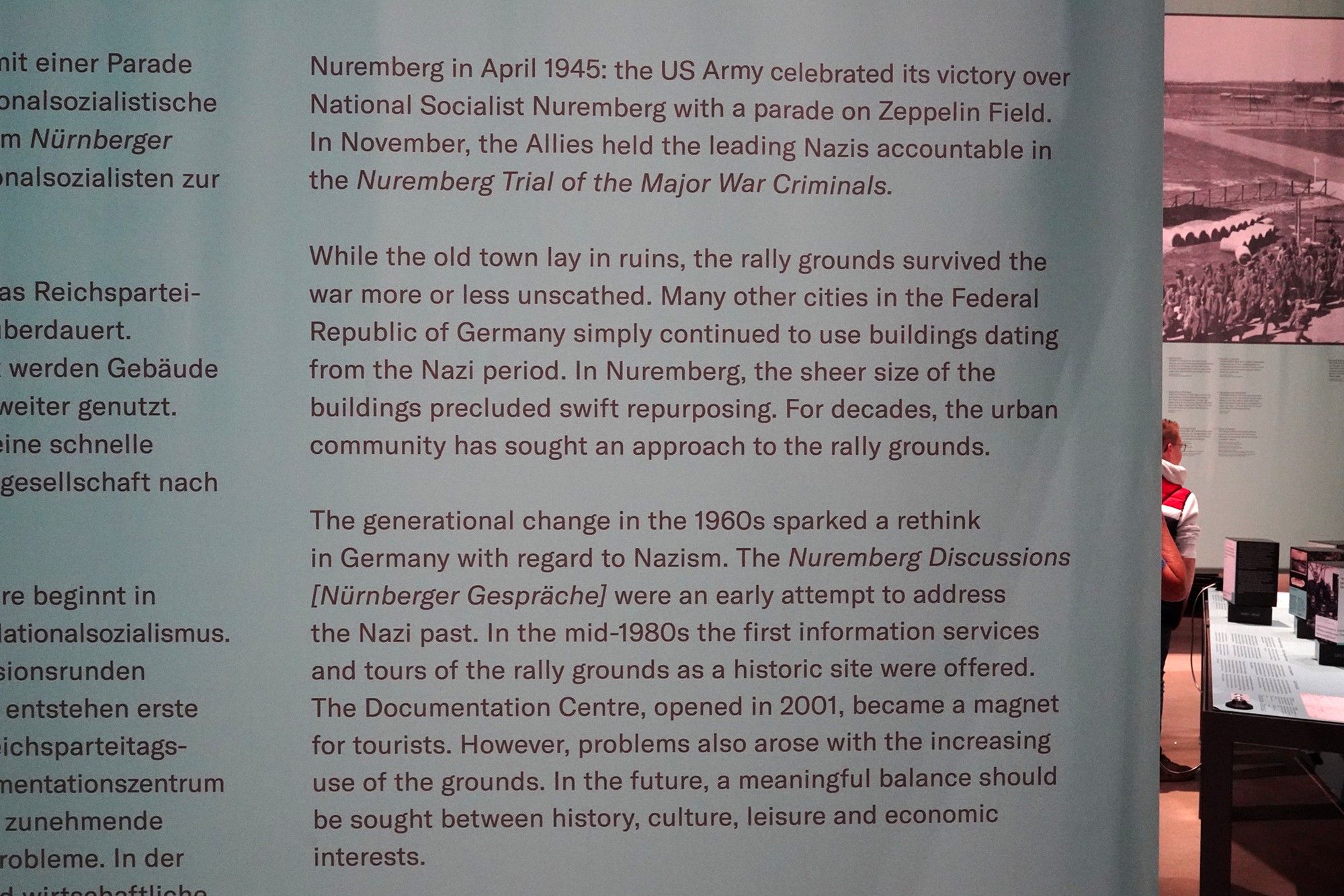
Next to the Documentation Center is the Nazi Party Rally Grounds which was opened to view. The site reflects the period when Nuremberg was the center of Nazi propaganda and rallies. The grounds were designed and used by the Nazi regime for large-scale party rallies and events.
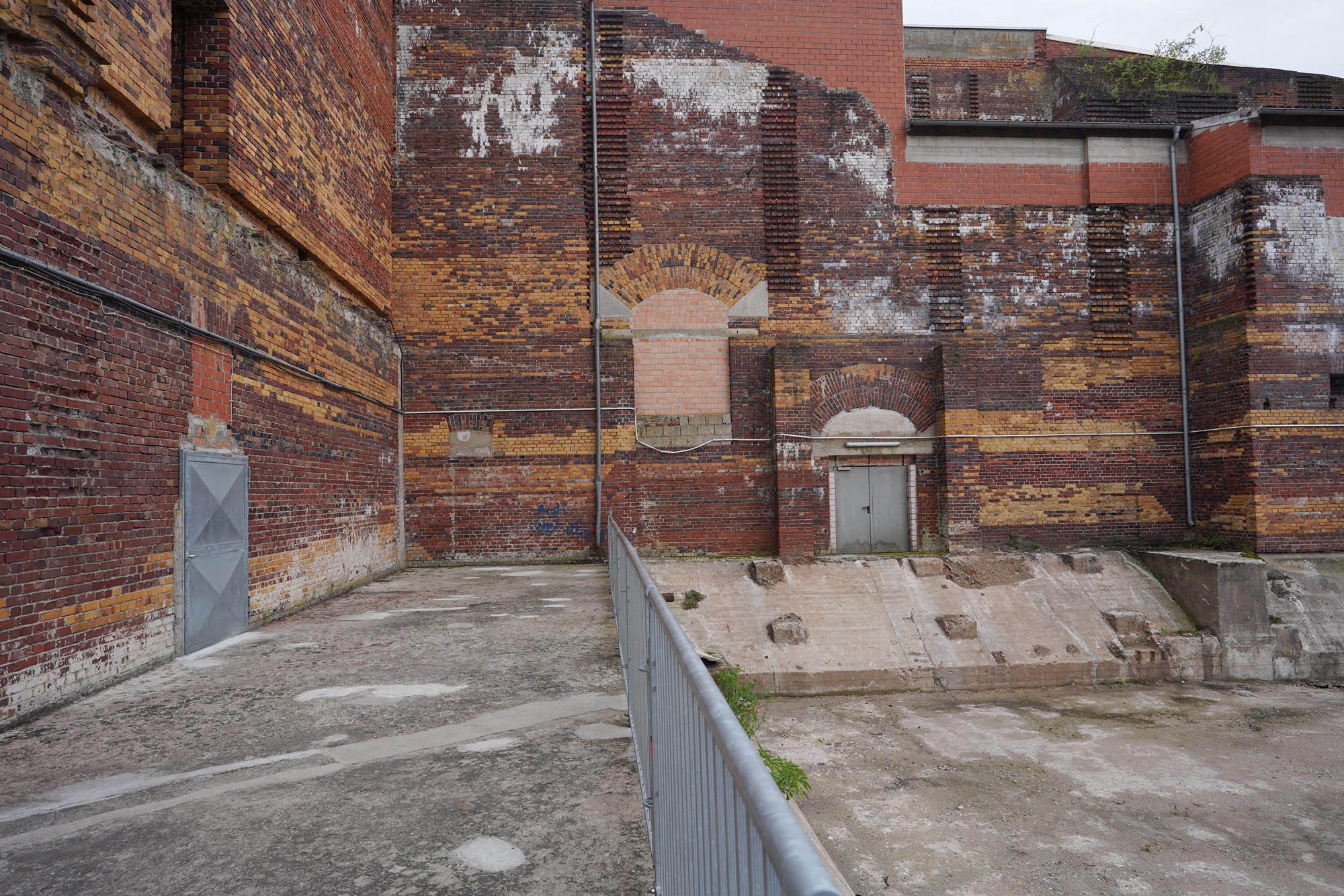
The panoramic view
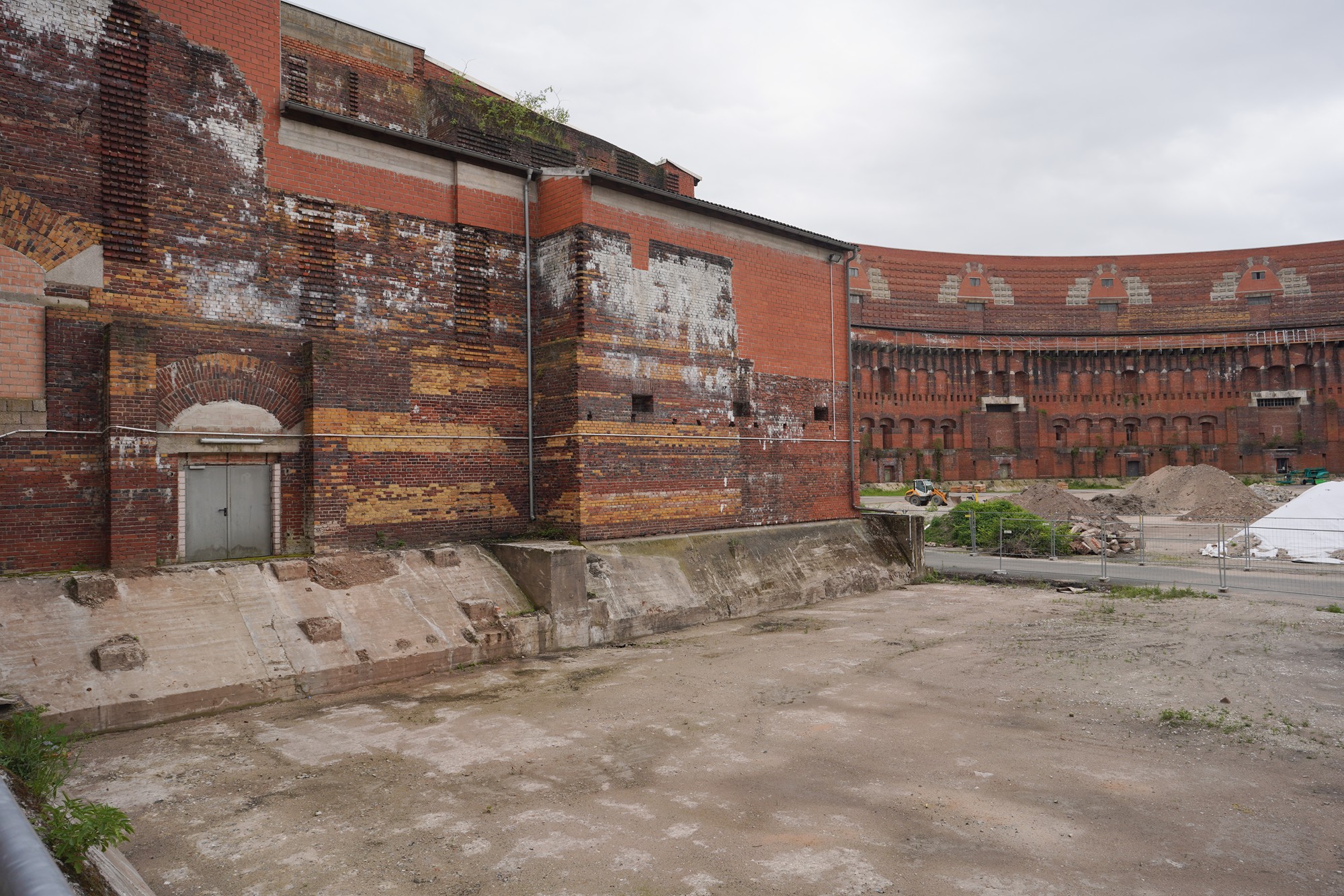
The grounds were used for massive rallies from 1927 to 1938, which were meant to showcase the power and unity of the Nazi Party and promote its ideology. The site became symbolic of the Nazi regime’s militaristic and totalitarian approach to governance.
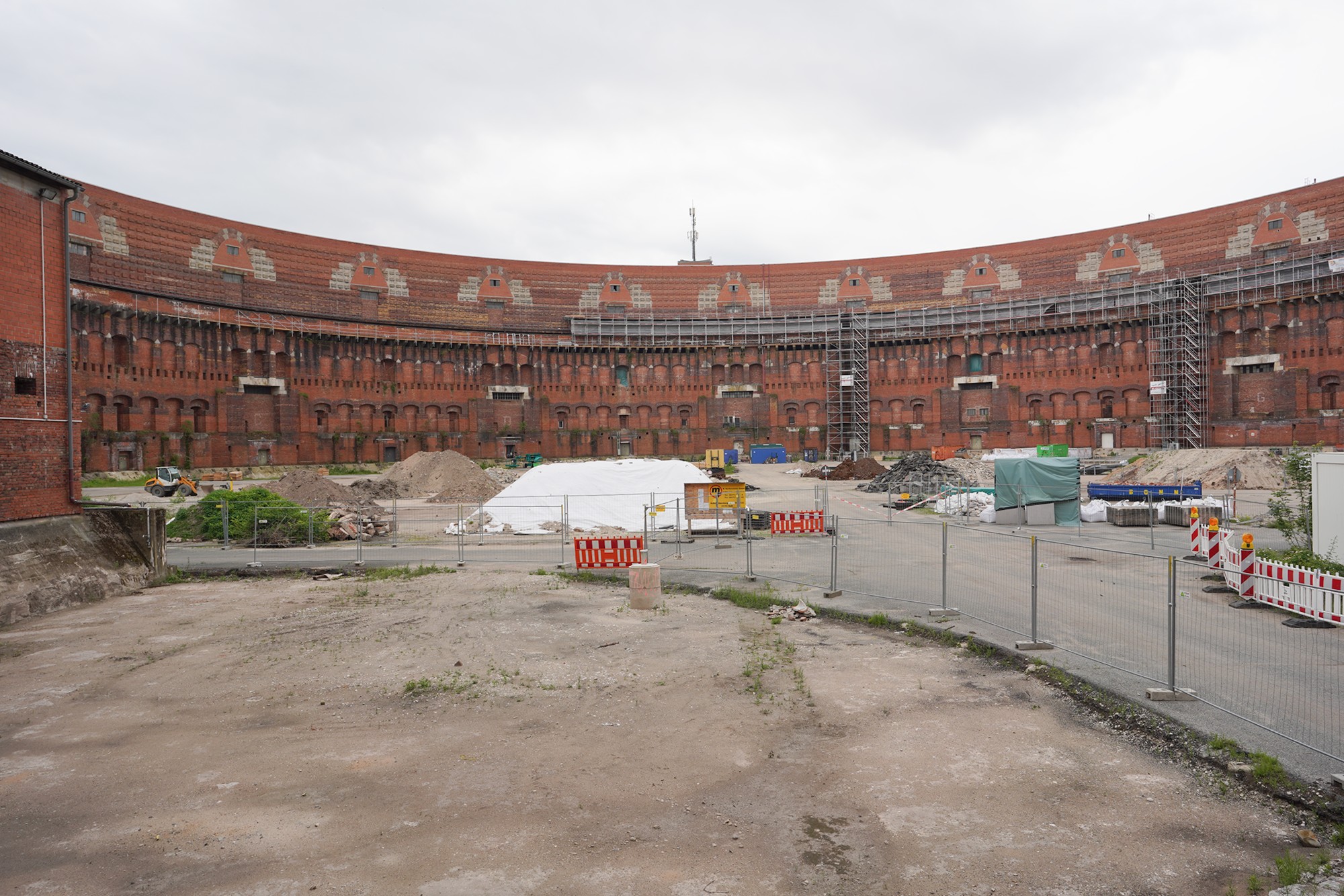
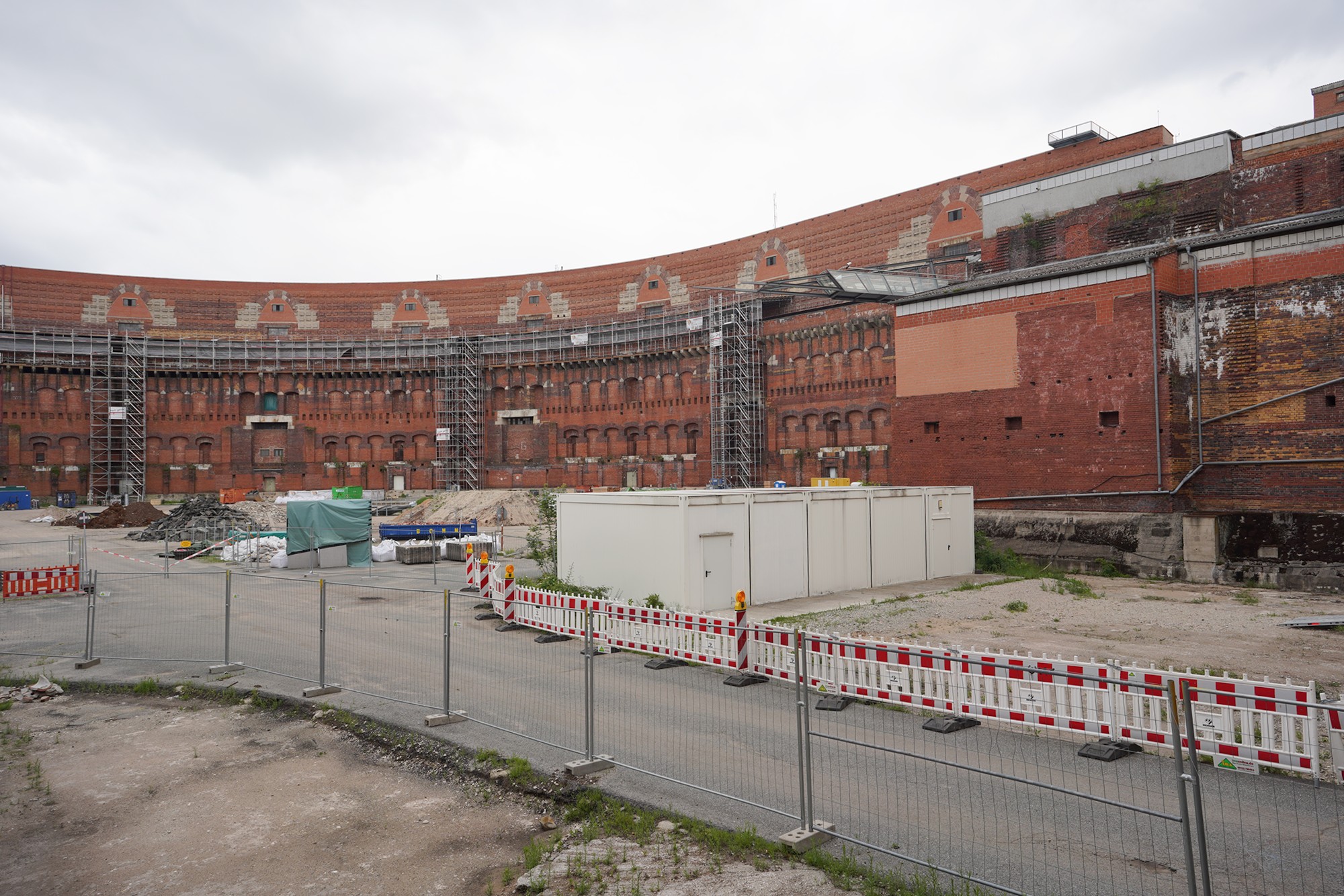
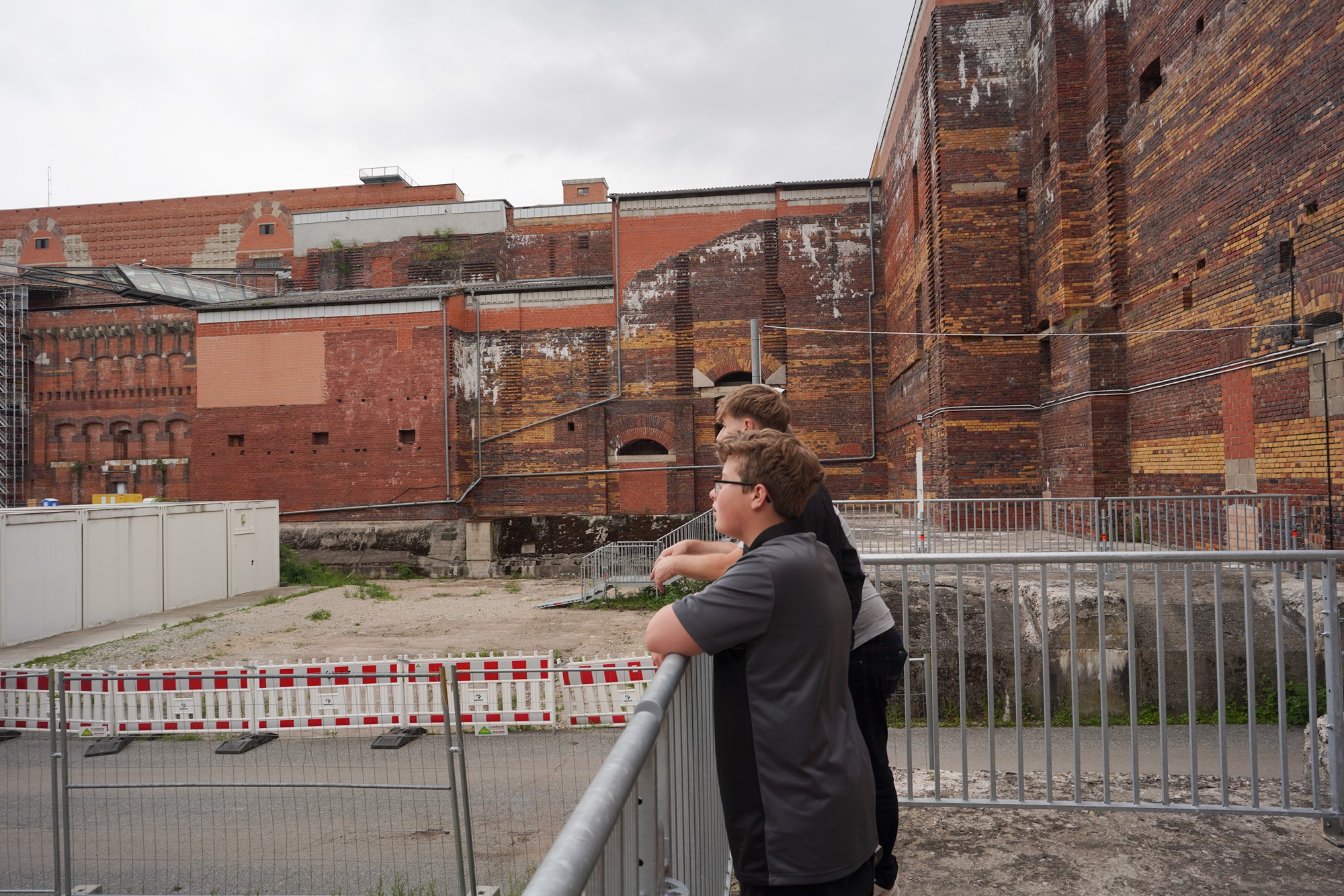
Next to the Rally Ground is this peaceful lake
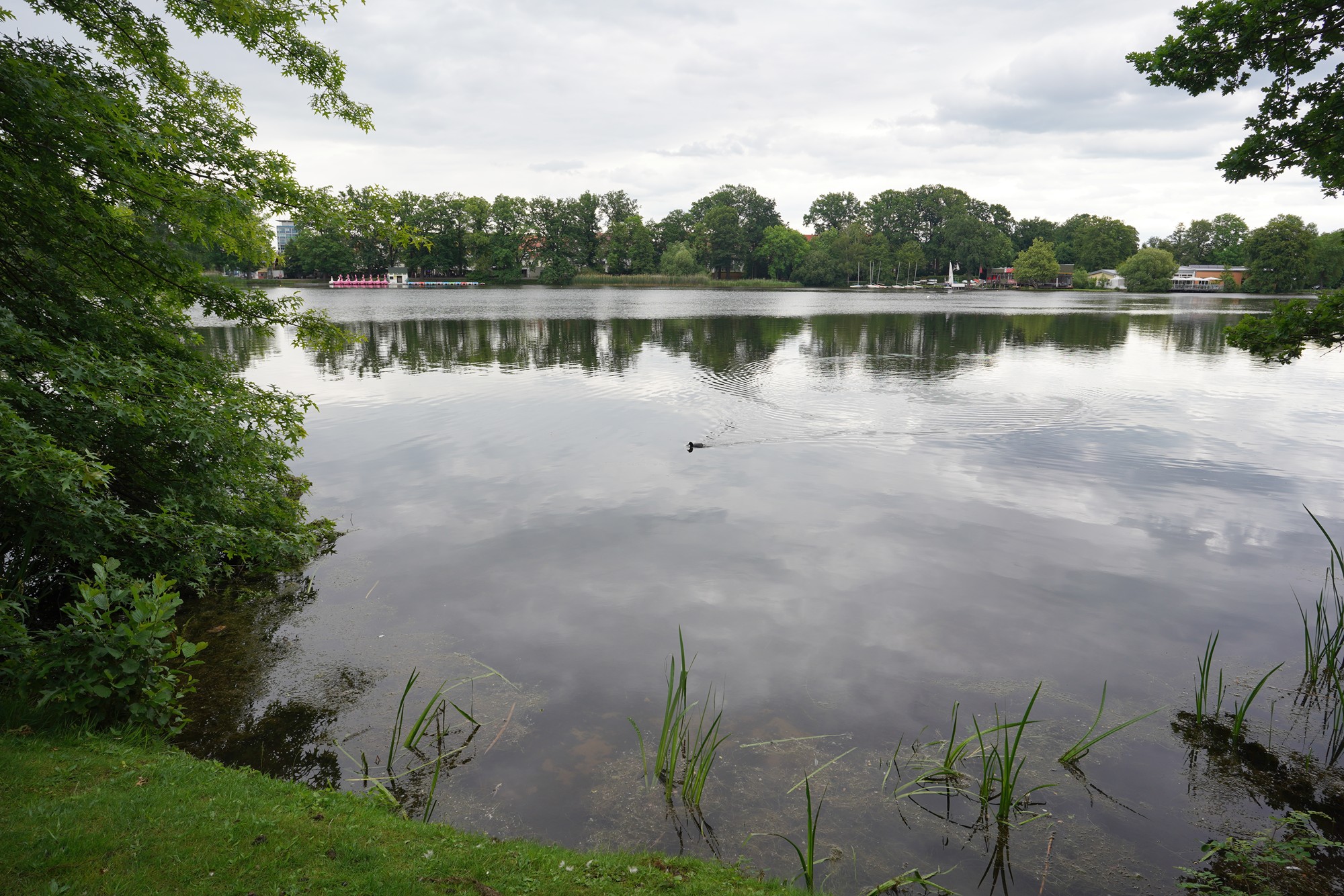
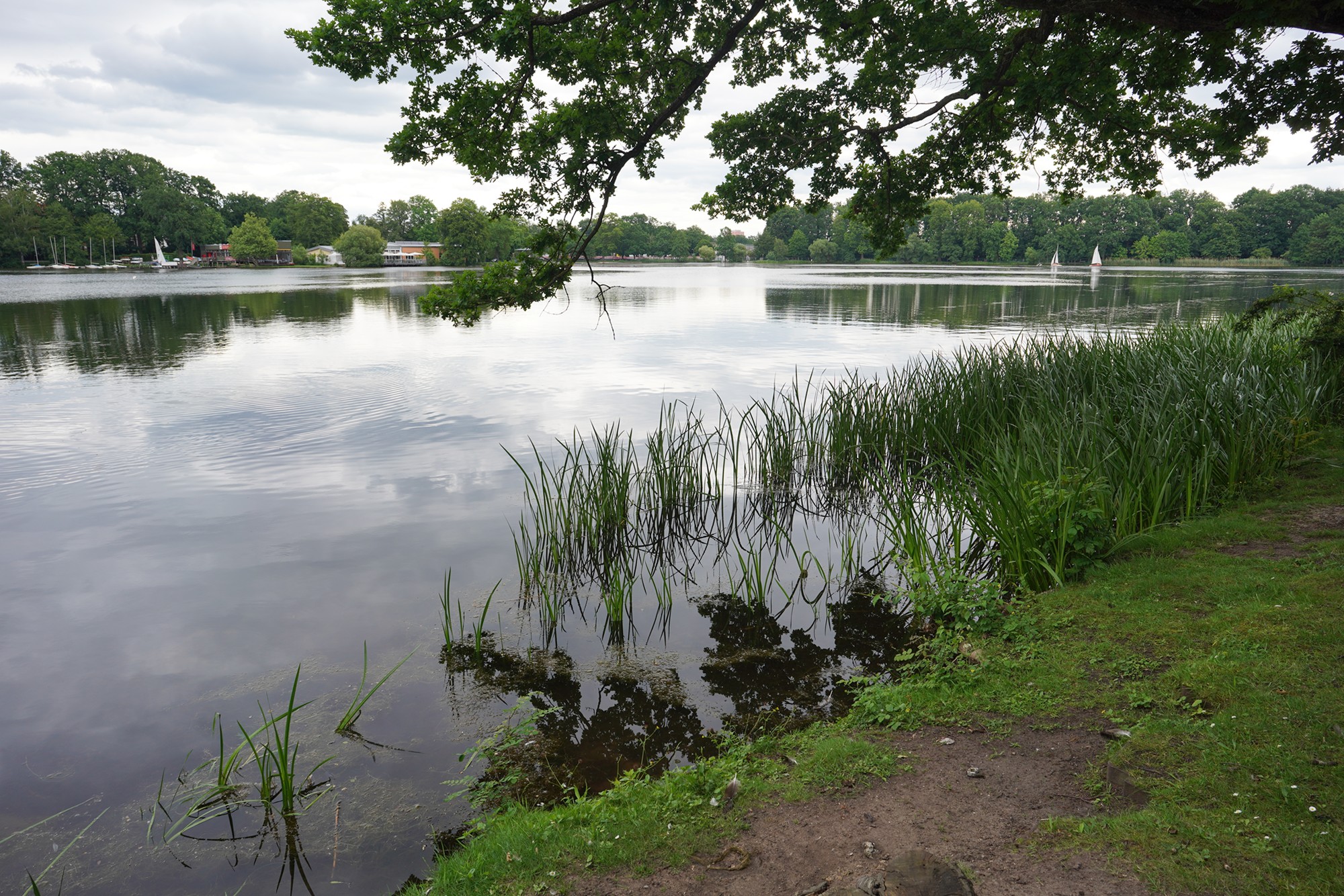
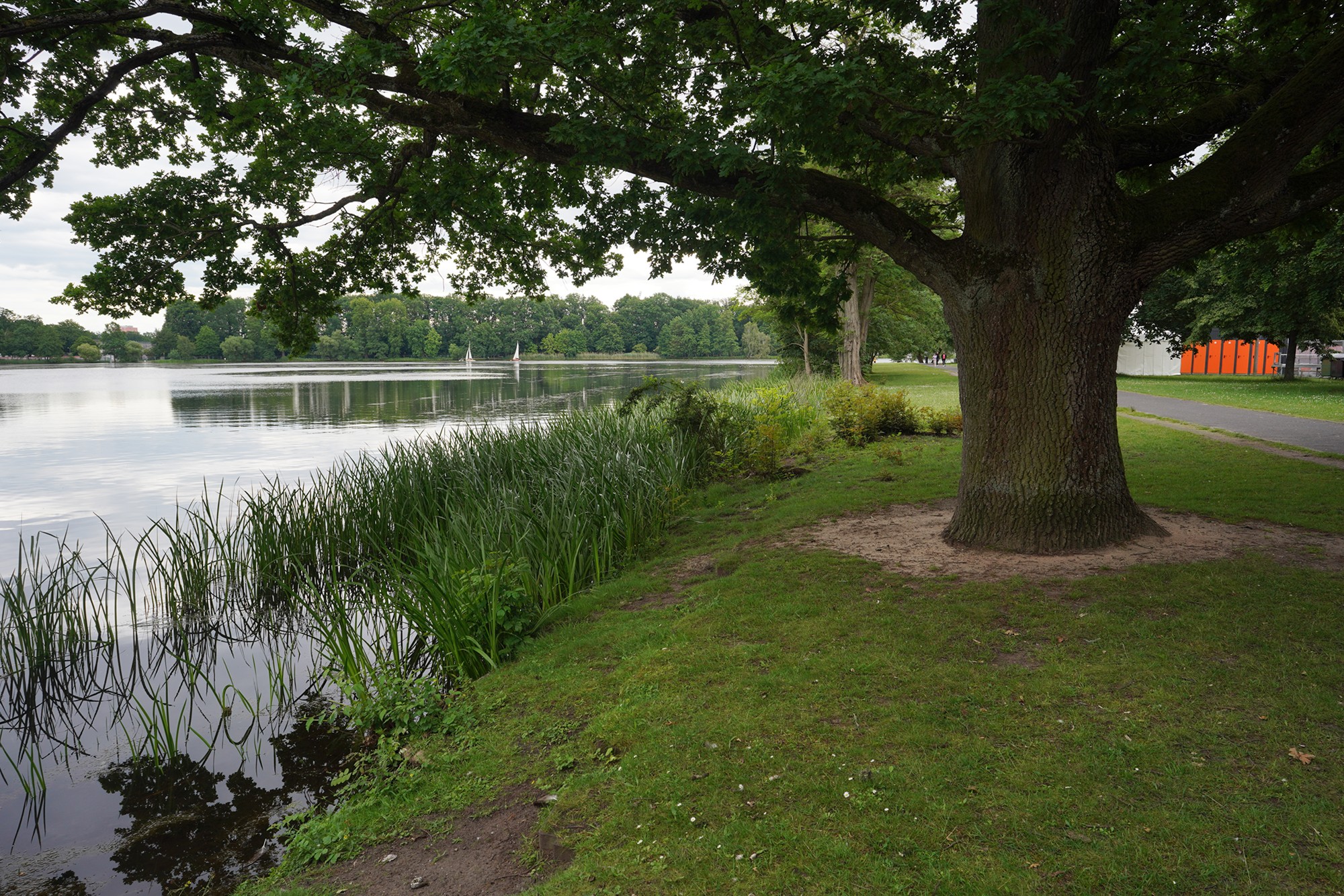
I took a tram from the Documentation Center to the train station. The train station.
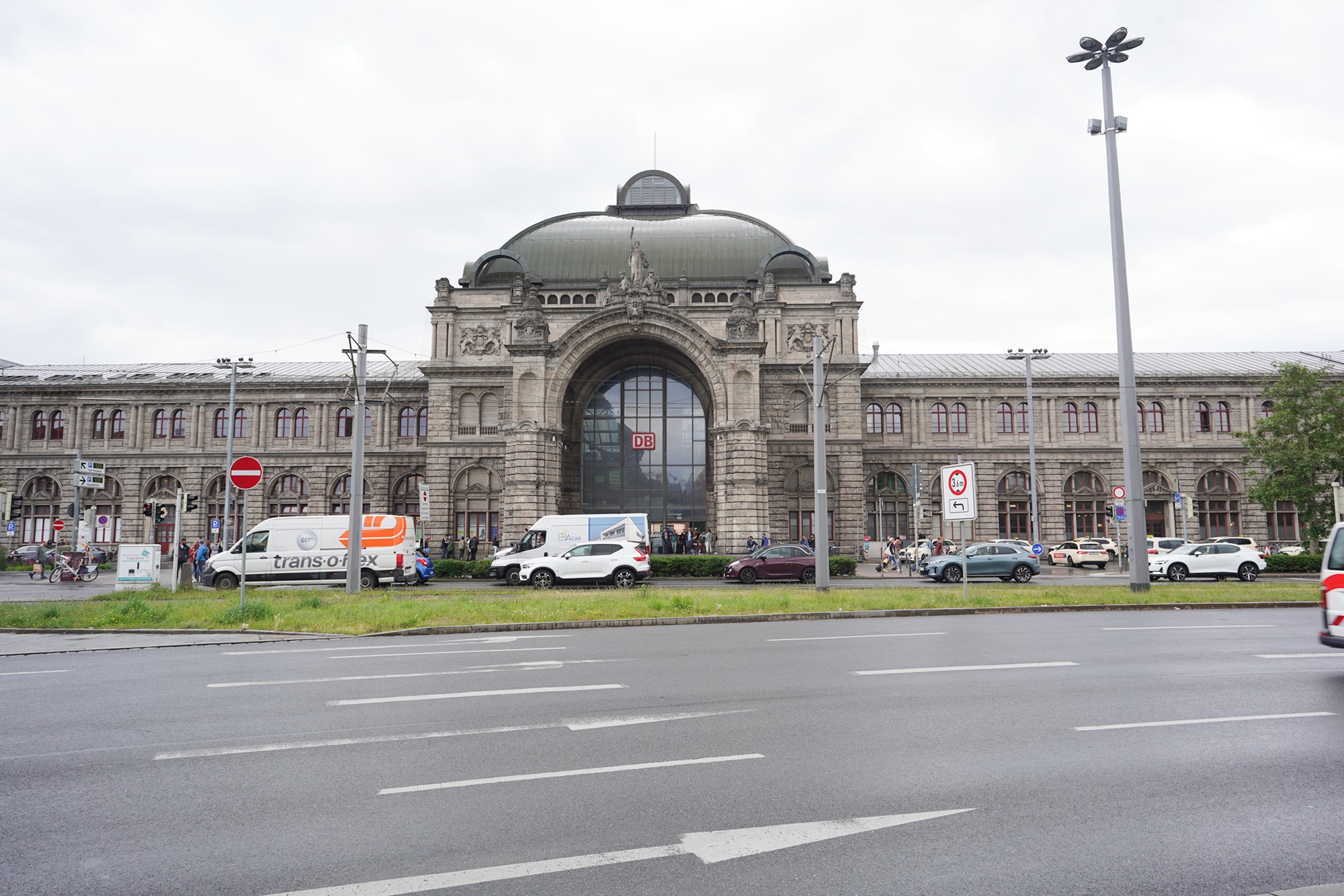
The Old Town of Nuremberg is next to the train station, so I walked into the walled city of Old Town Nuremberg.
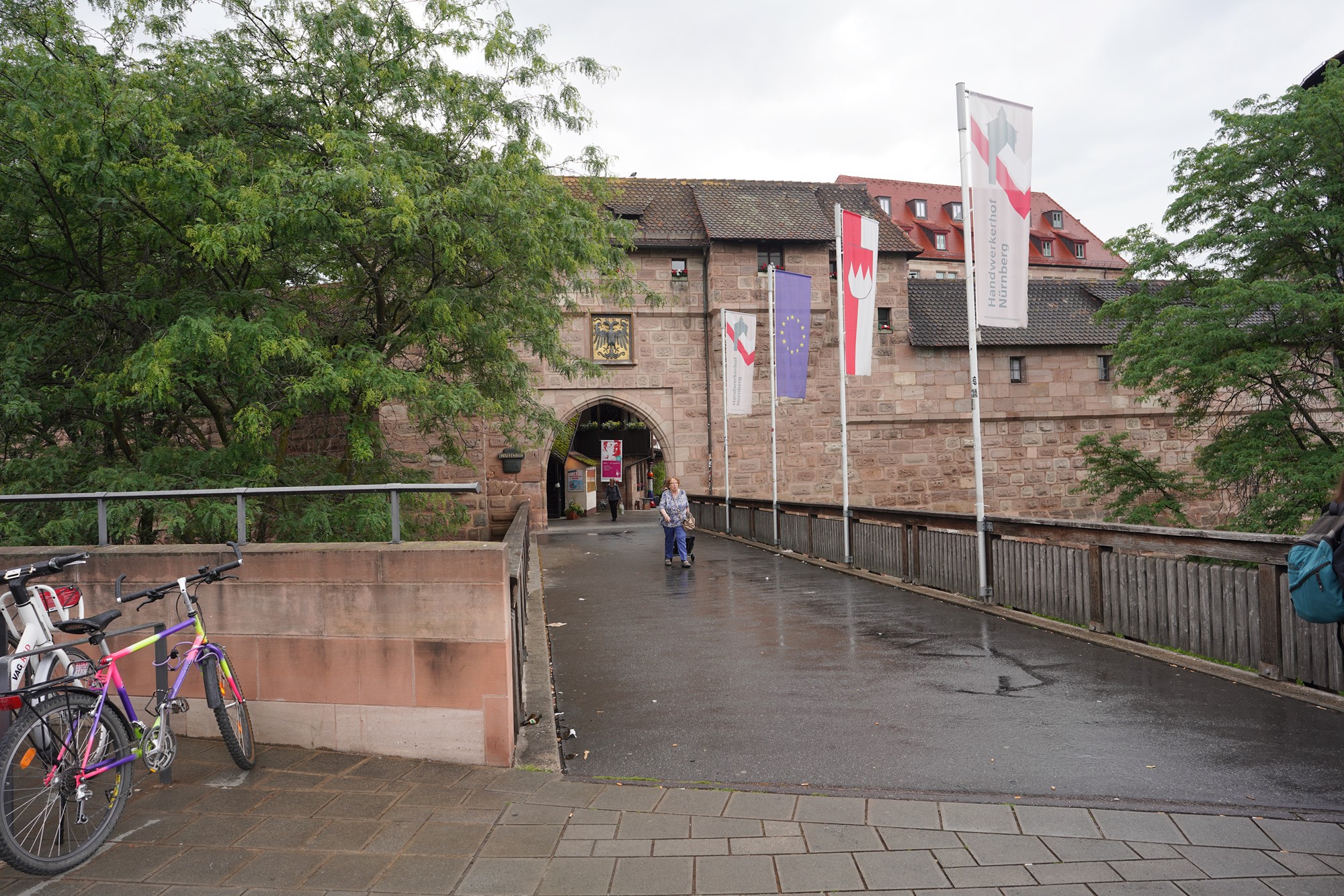
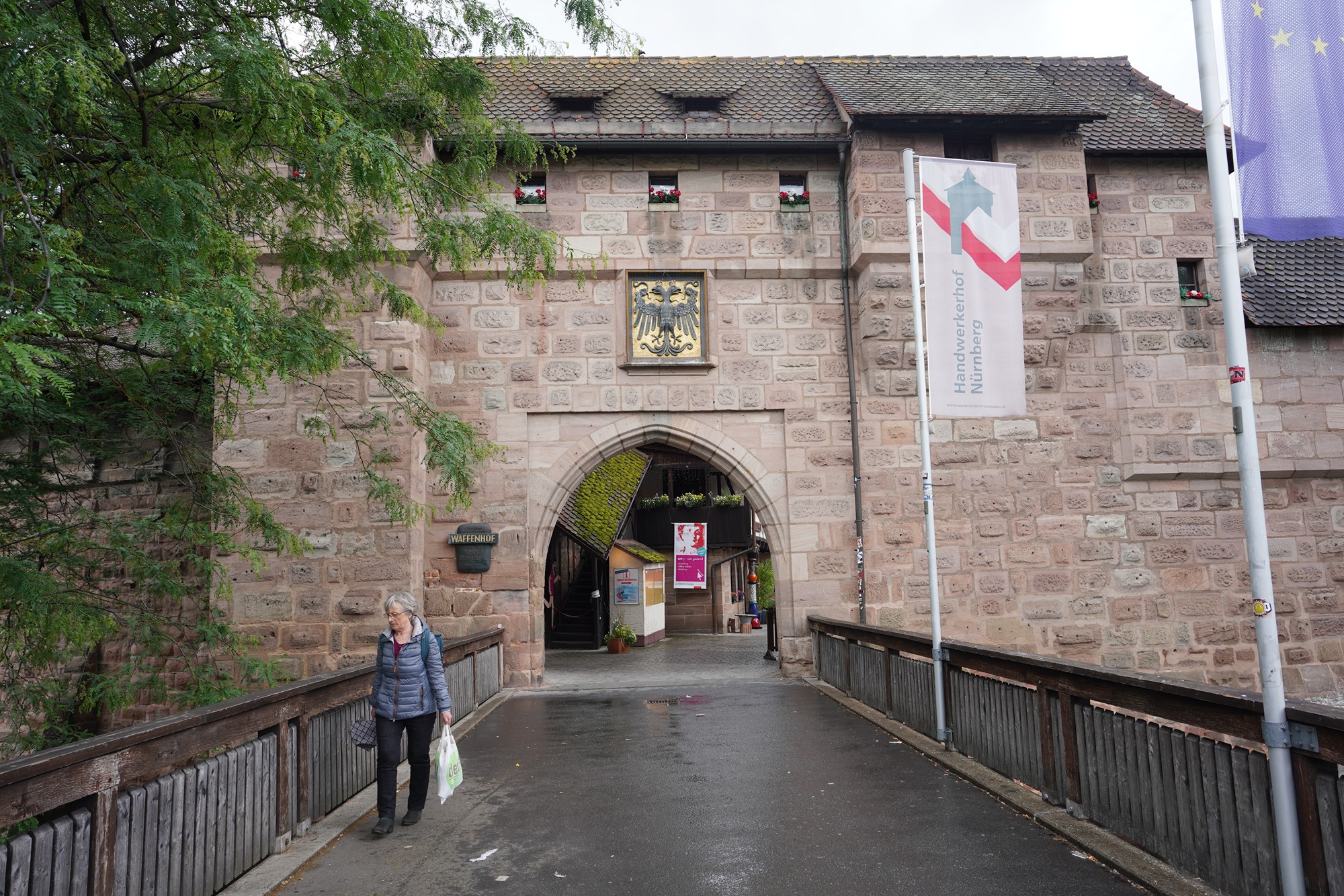
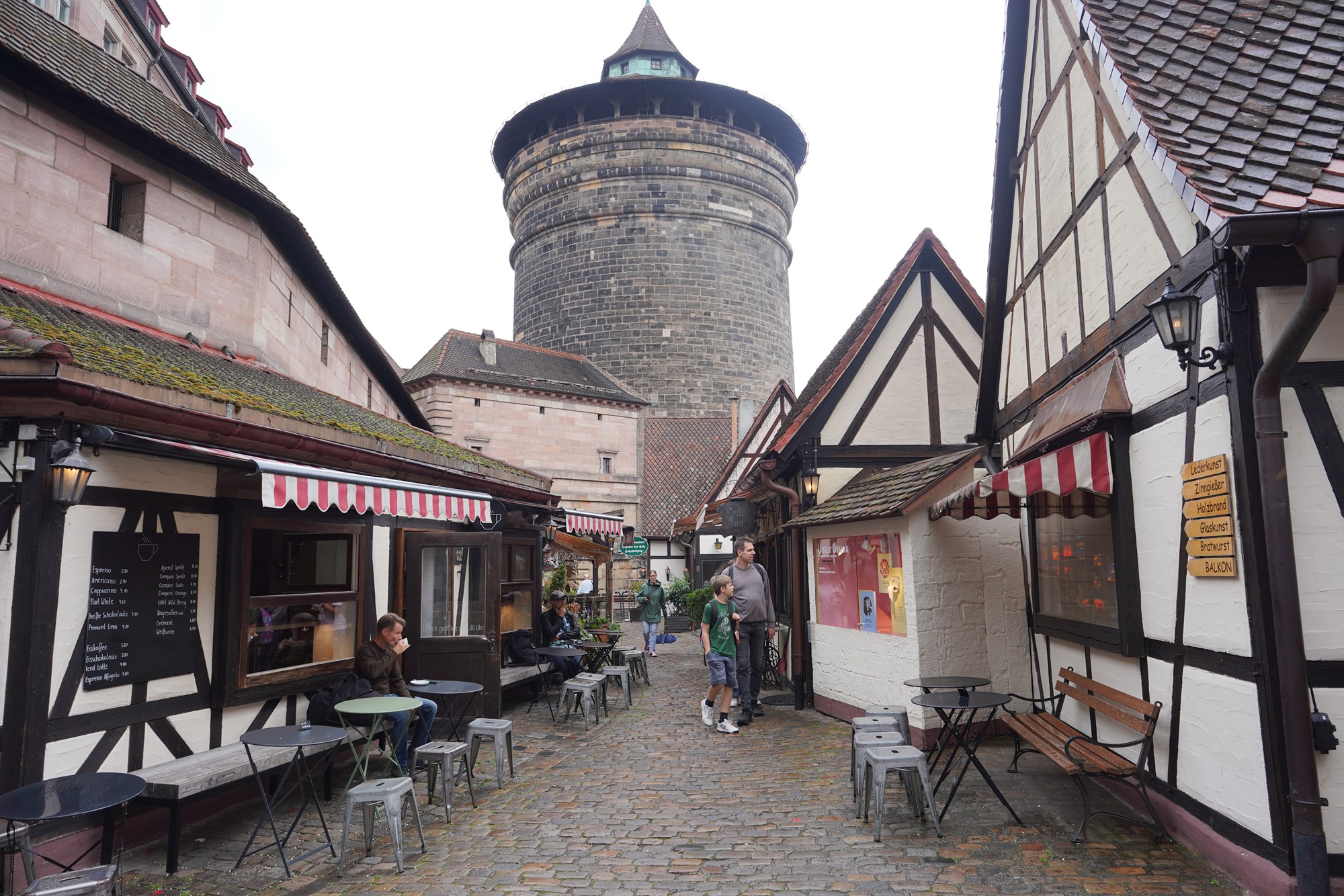
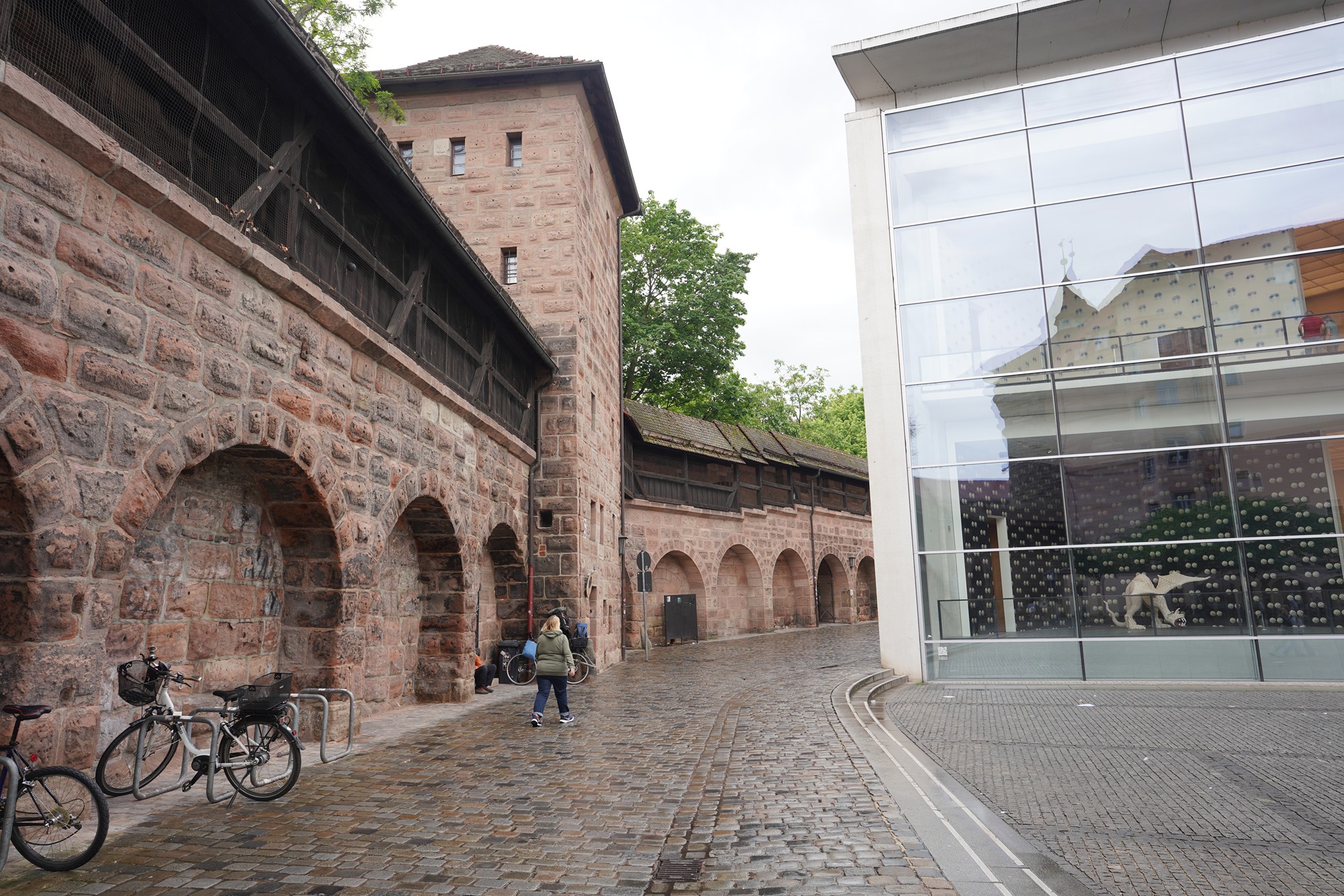
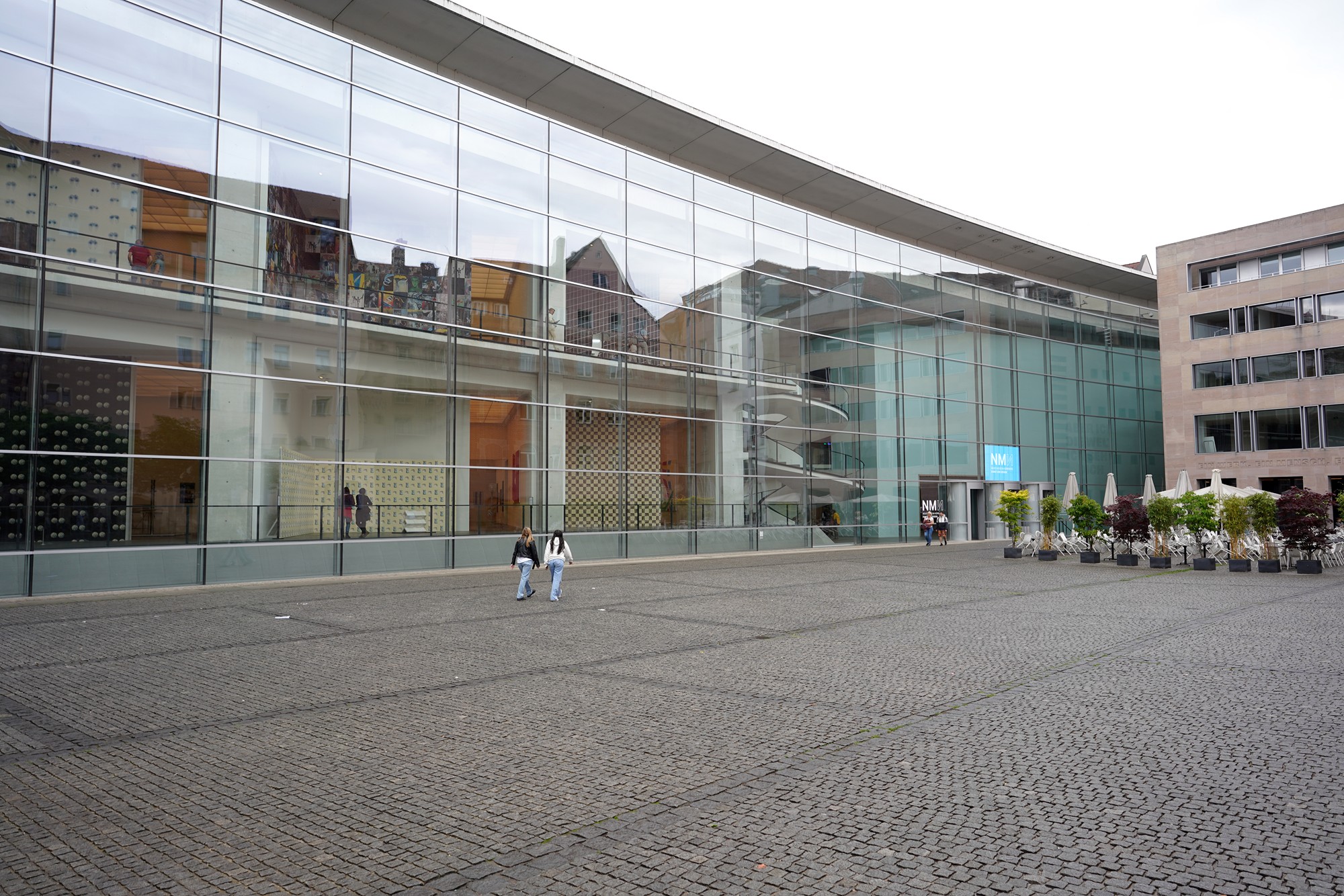
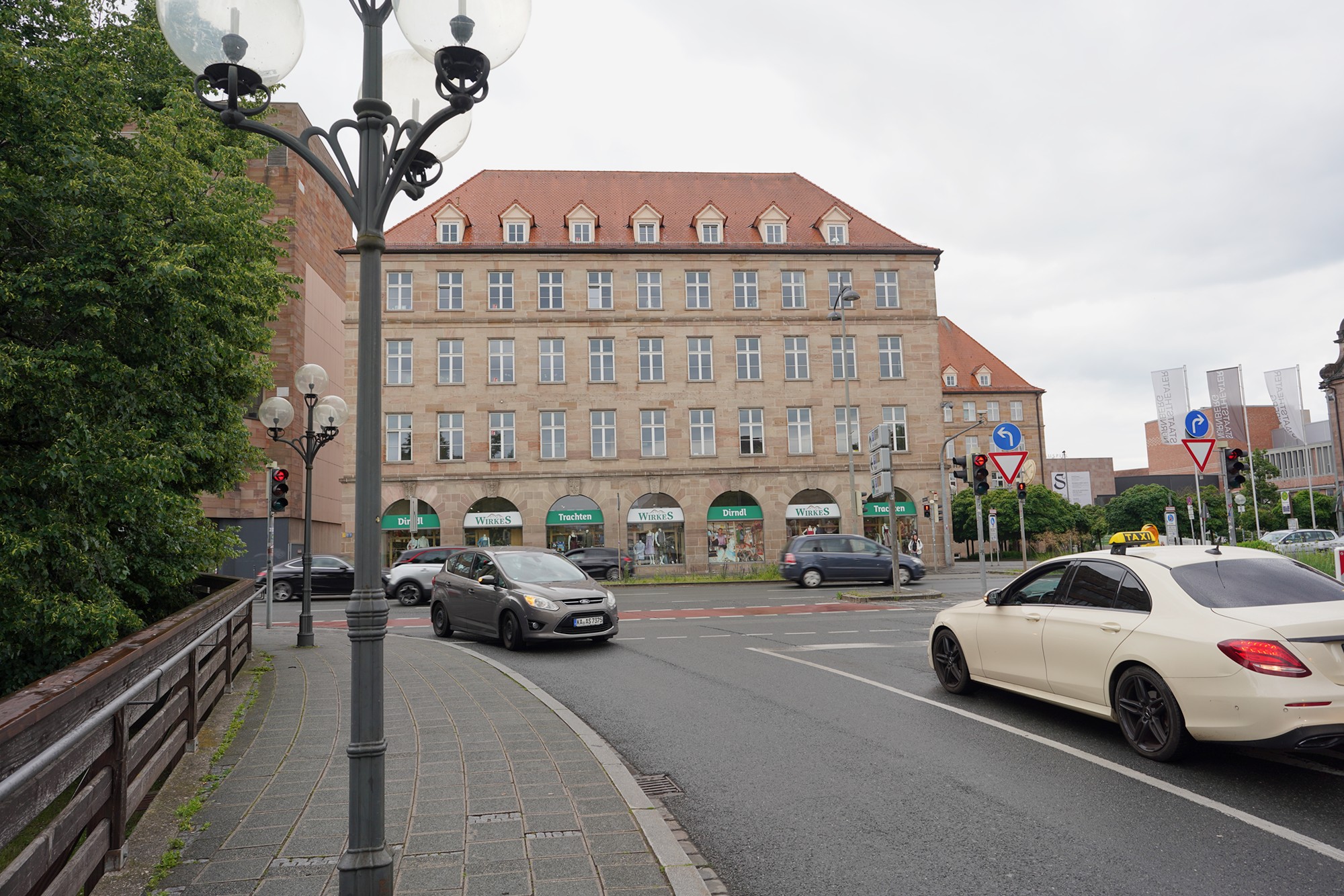
Then I went out of the old town because I saw this building.
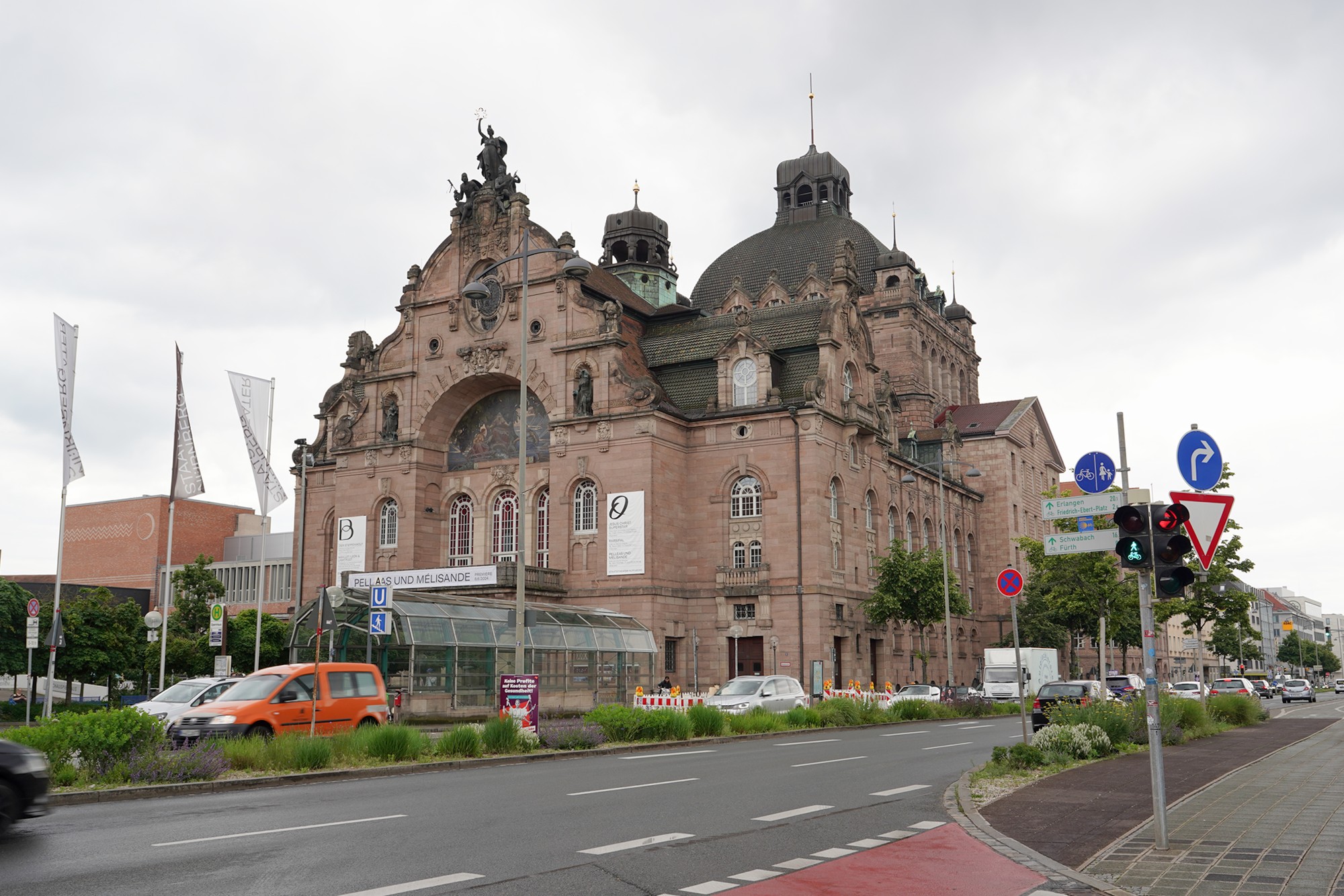
It is the Nuremberg State Theater – One of Germany’s largest multi-genre performance spaces, hosting ballet, plays, opera & concerts.
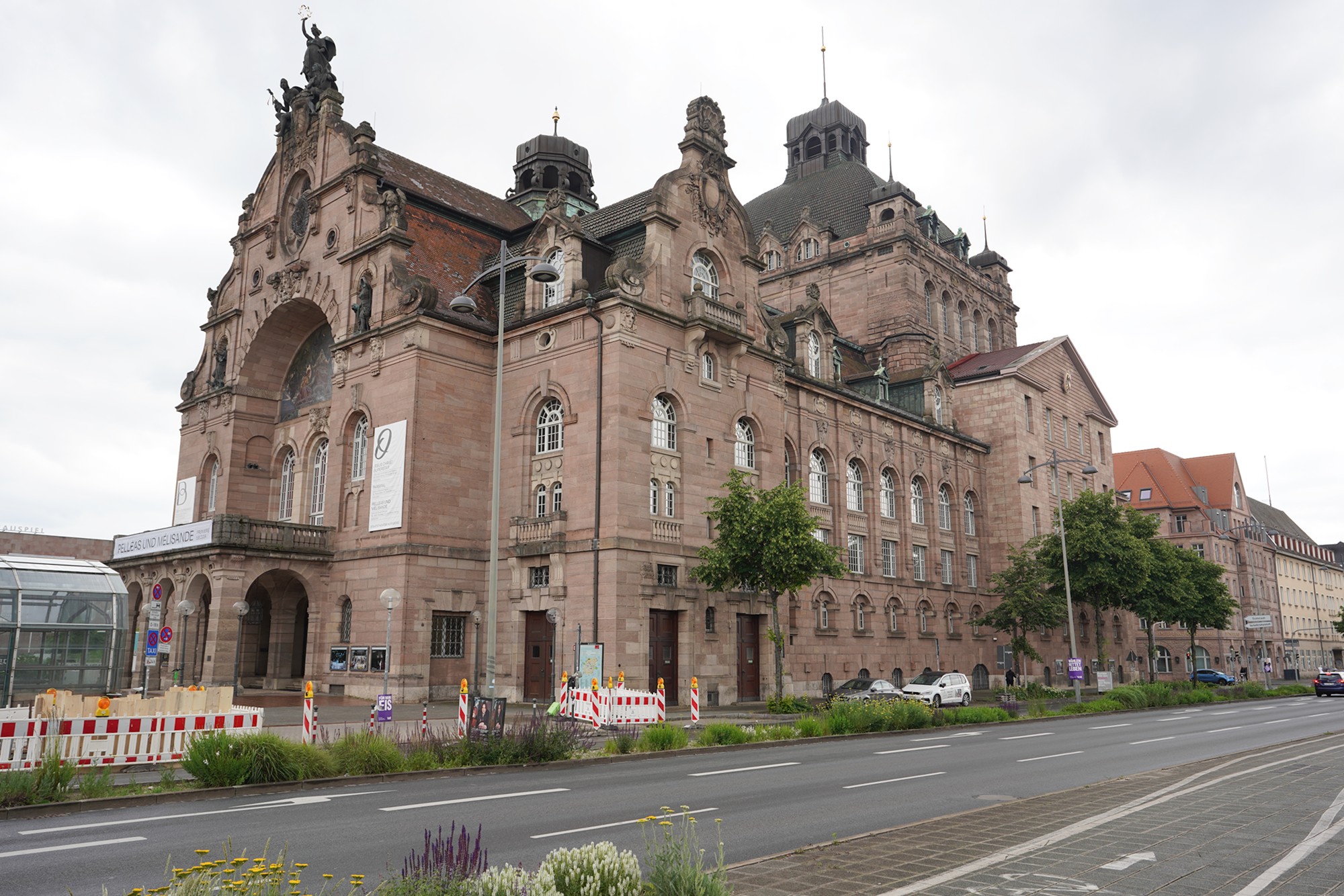
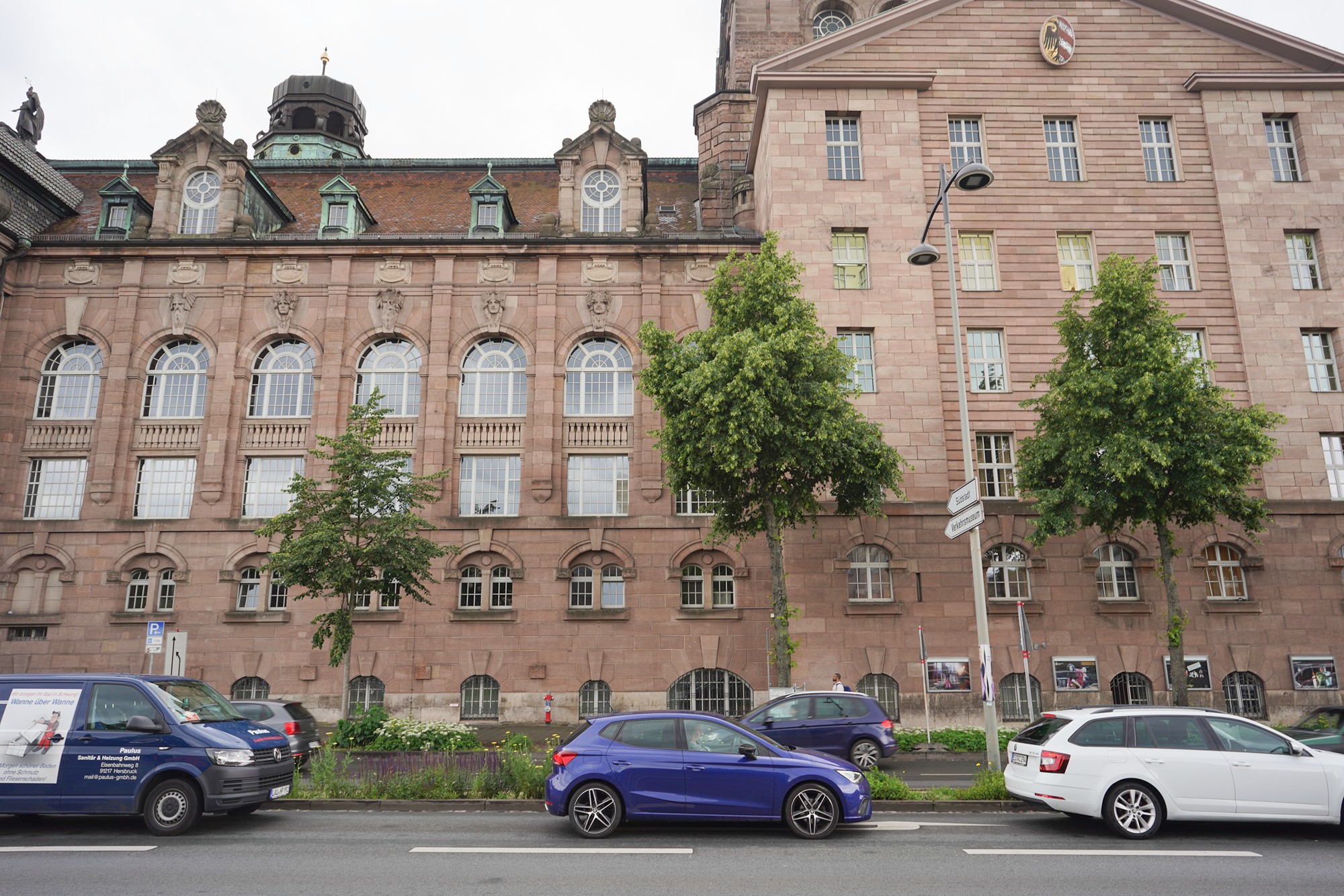
After seeing the building, I returned to the old city.
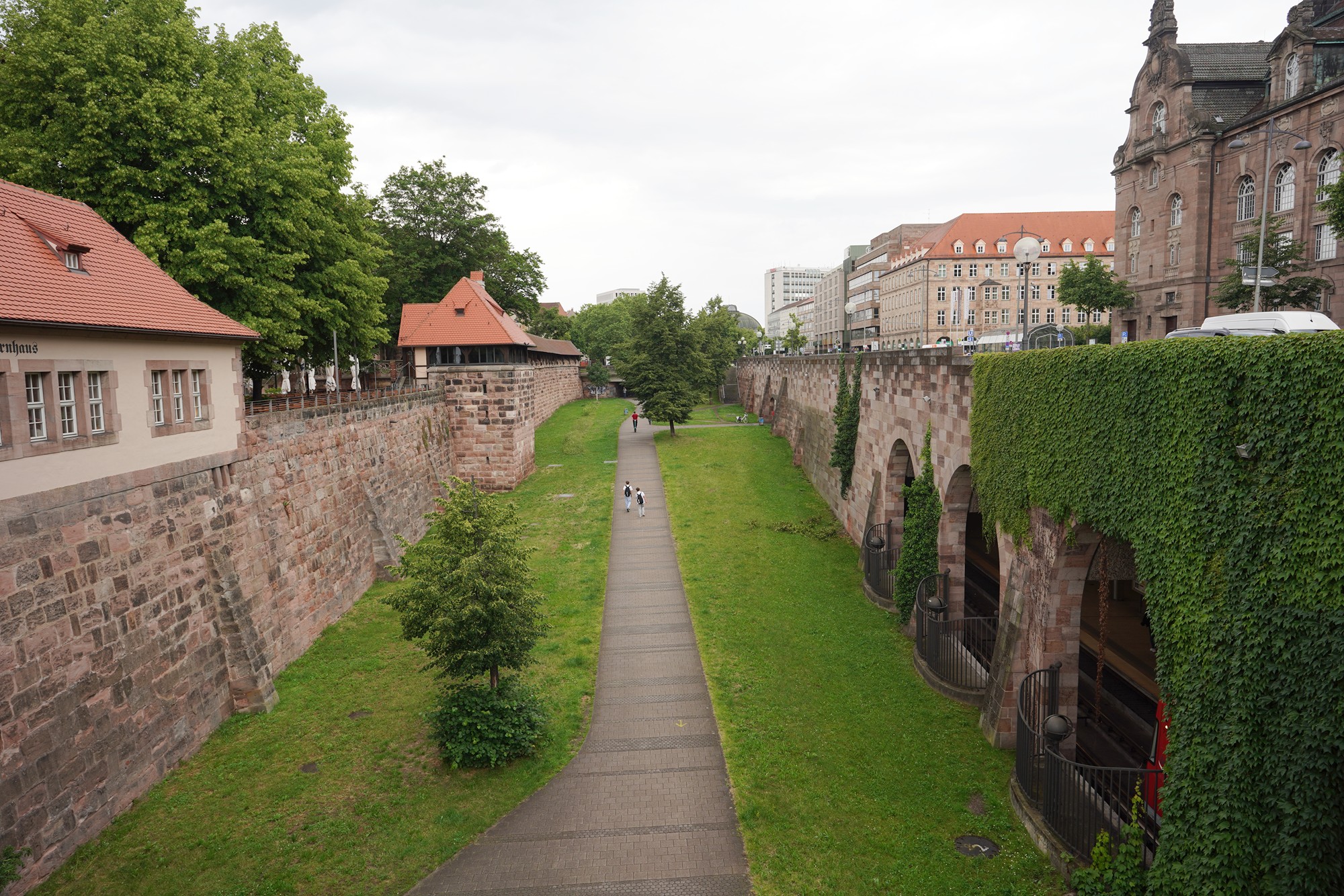
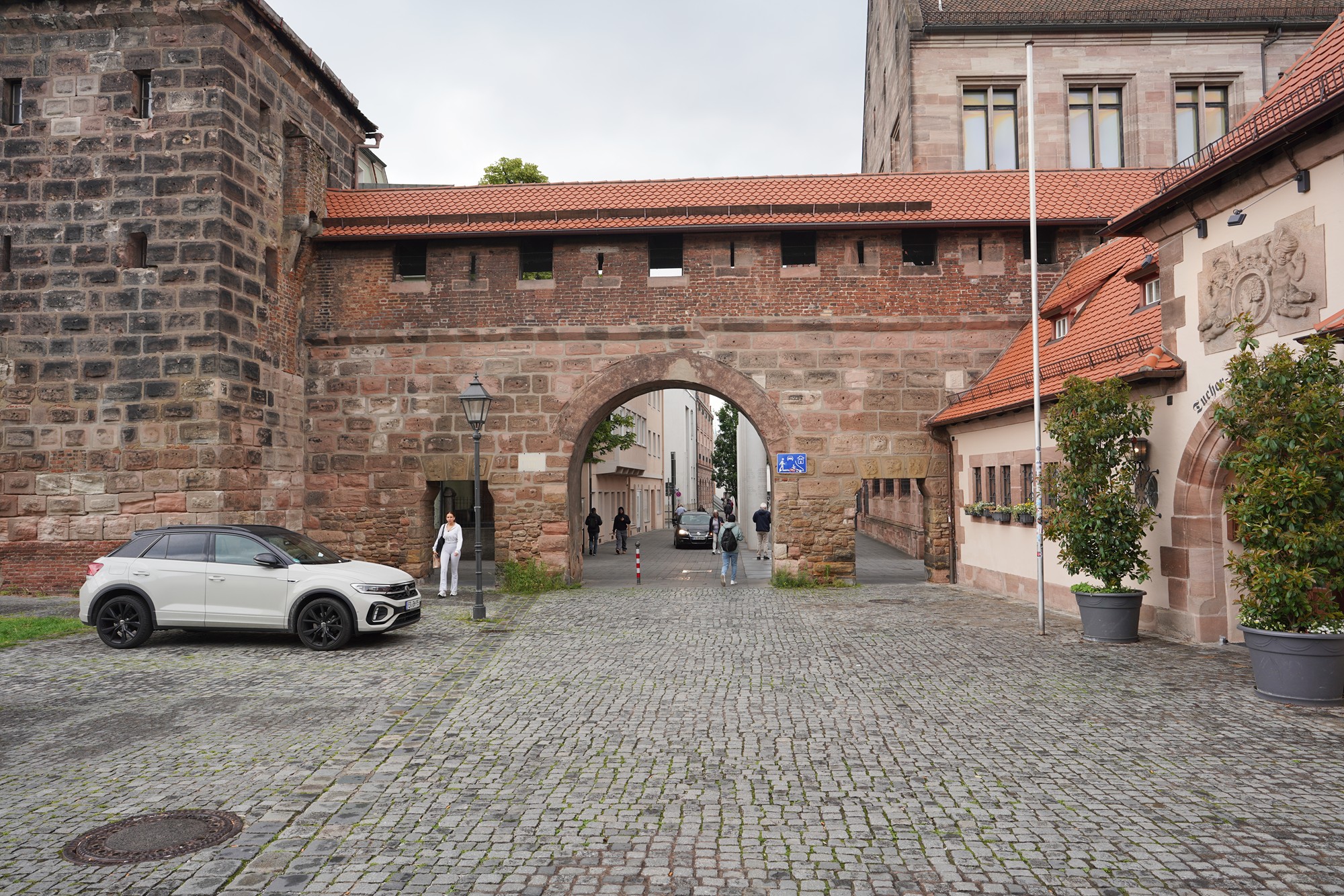
Inside the old town is this Germanisches Nationalmuseum.
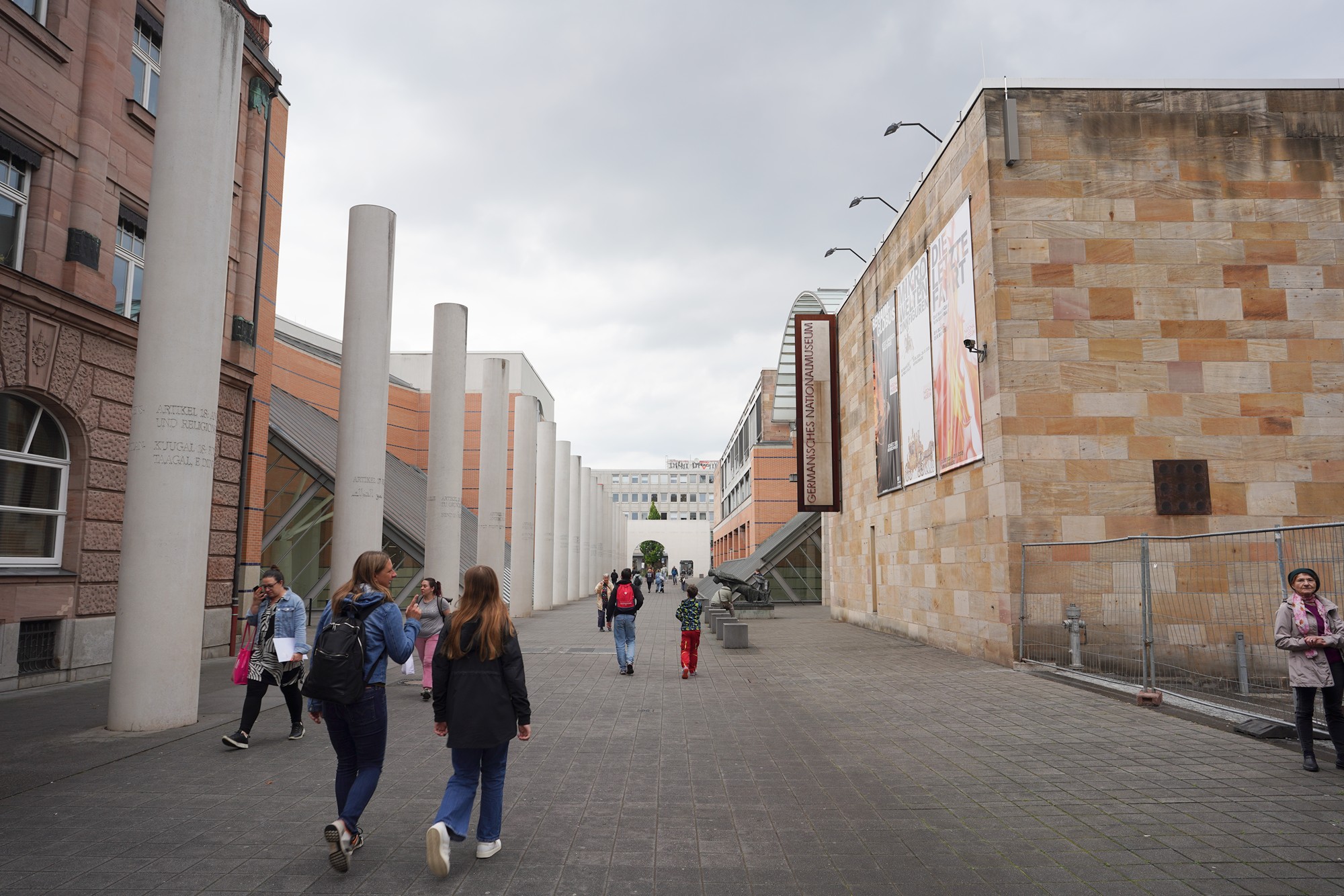
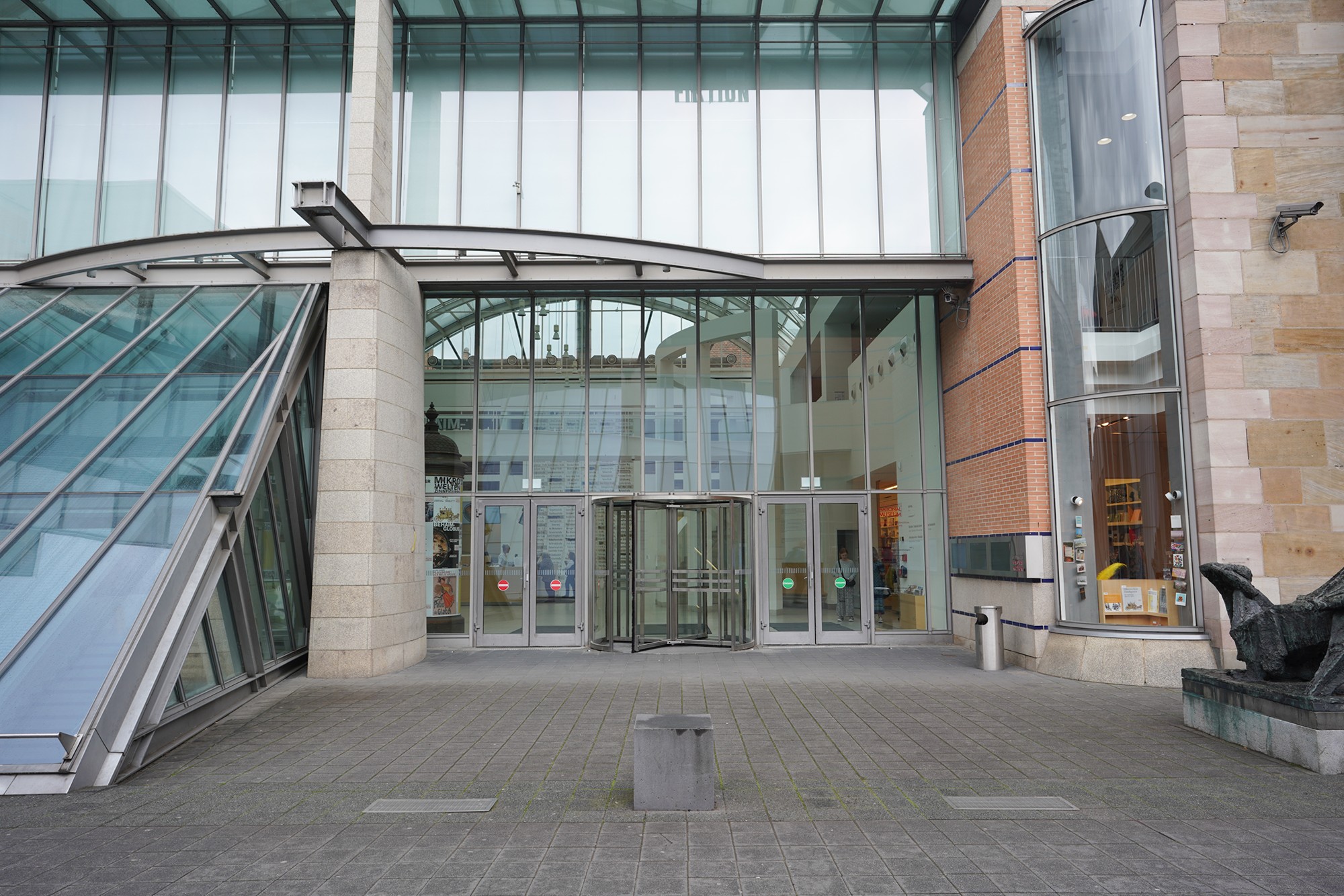
The Germanisches Nationalmuseum is one of Germany’s most significant museums, dedicated to the art, culture, and history of the German-speaking world. I will write a separate blog post about this museum.
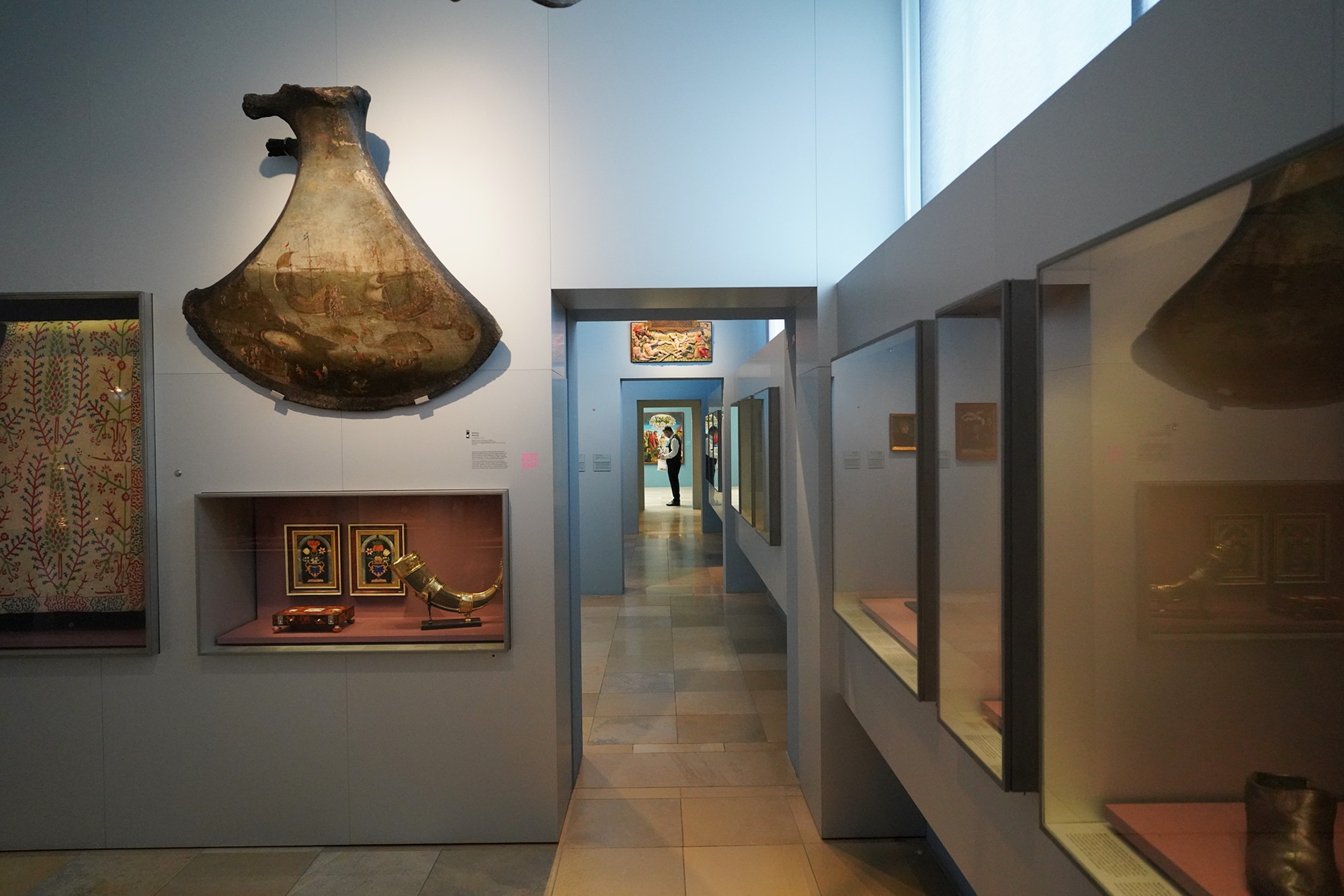
The museum’s collection spans various periods, including medieval, Renaissance, Baroque, and modern art. It includes paintings, sculptures, decorative arts, and everyday objects.
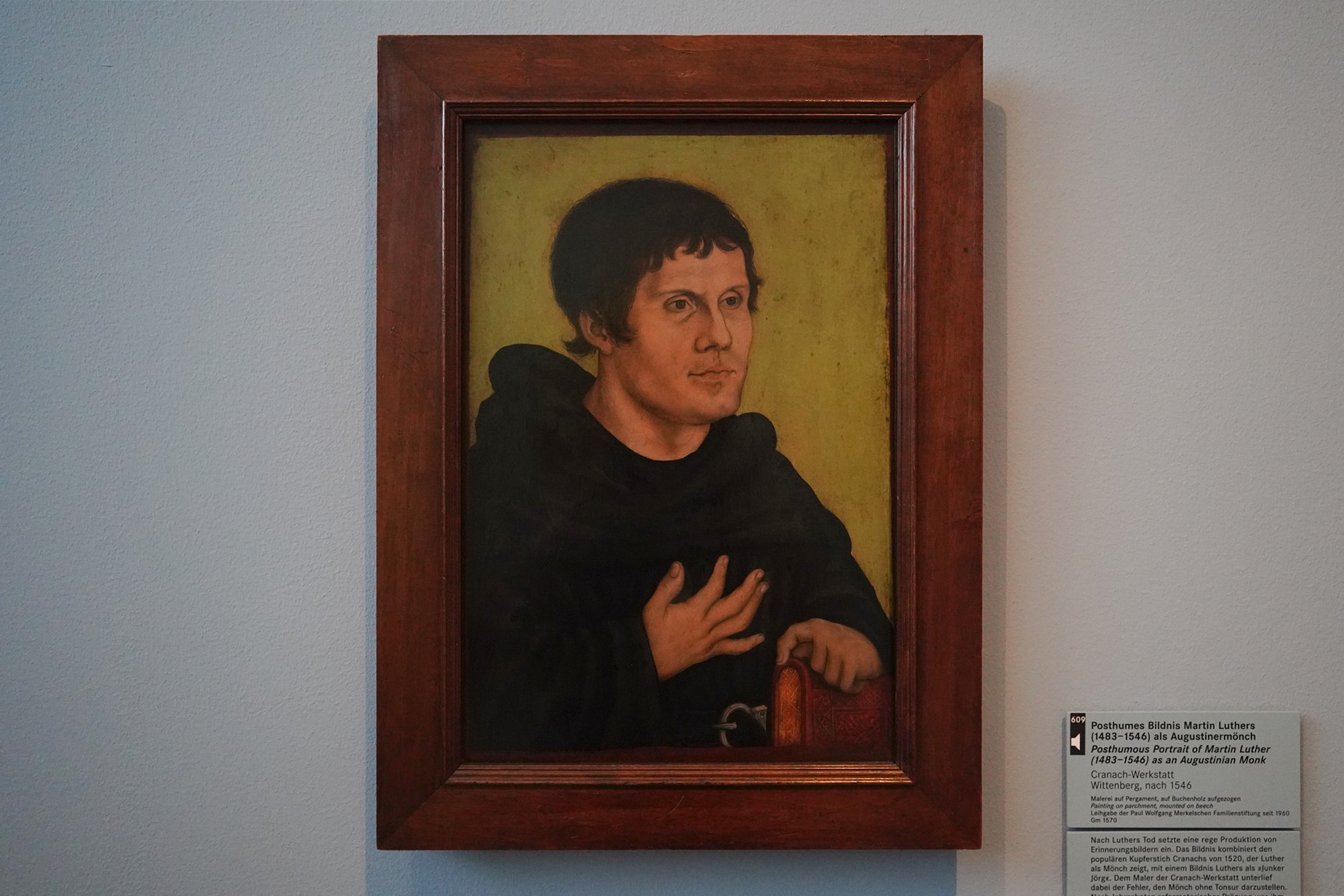
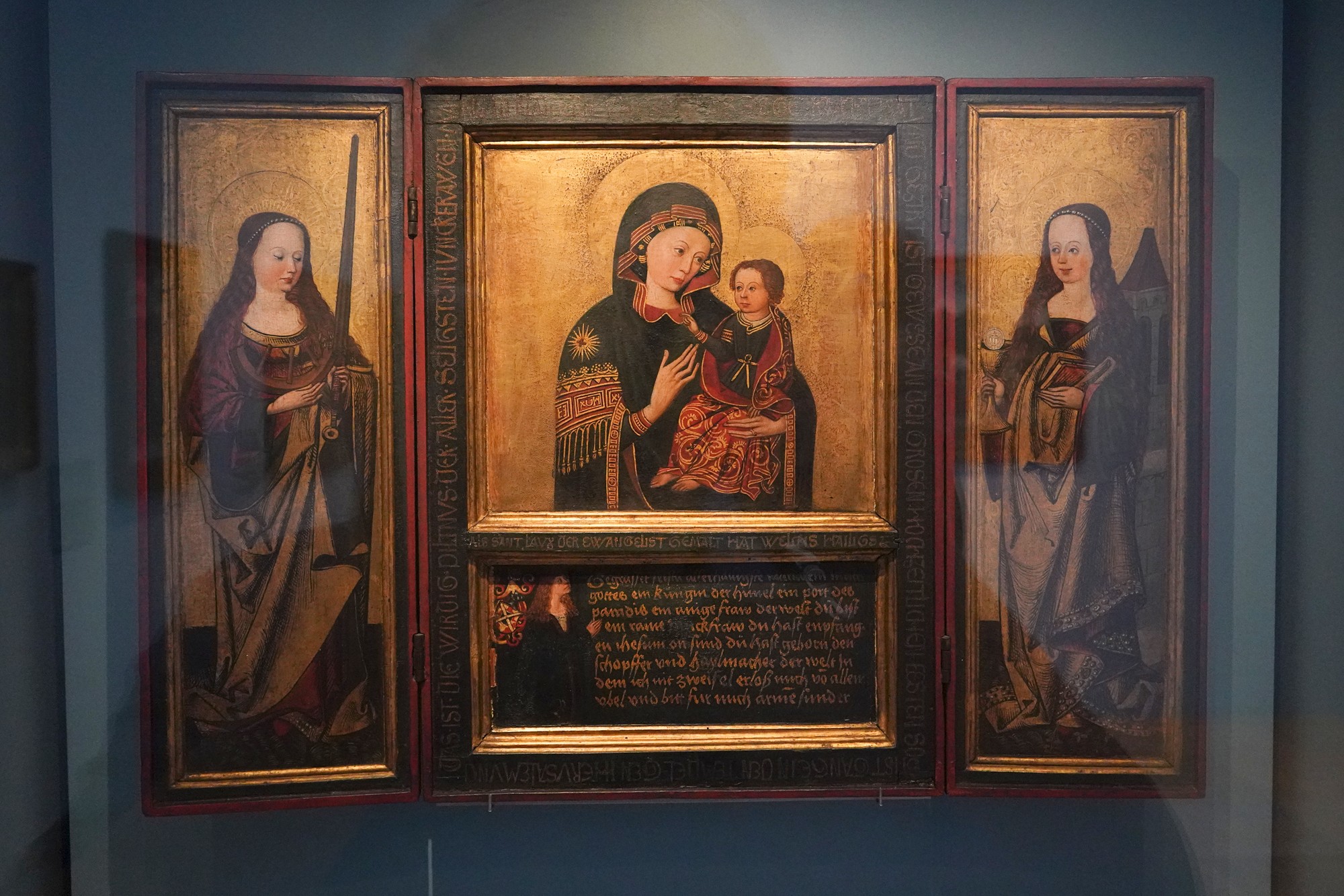
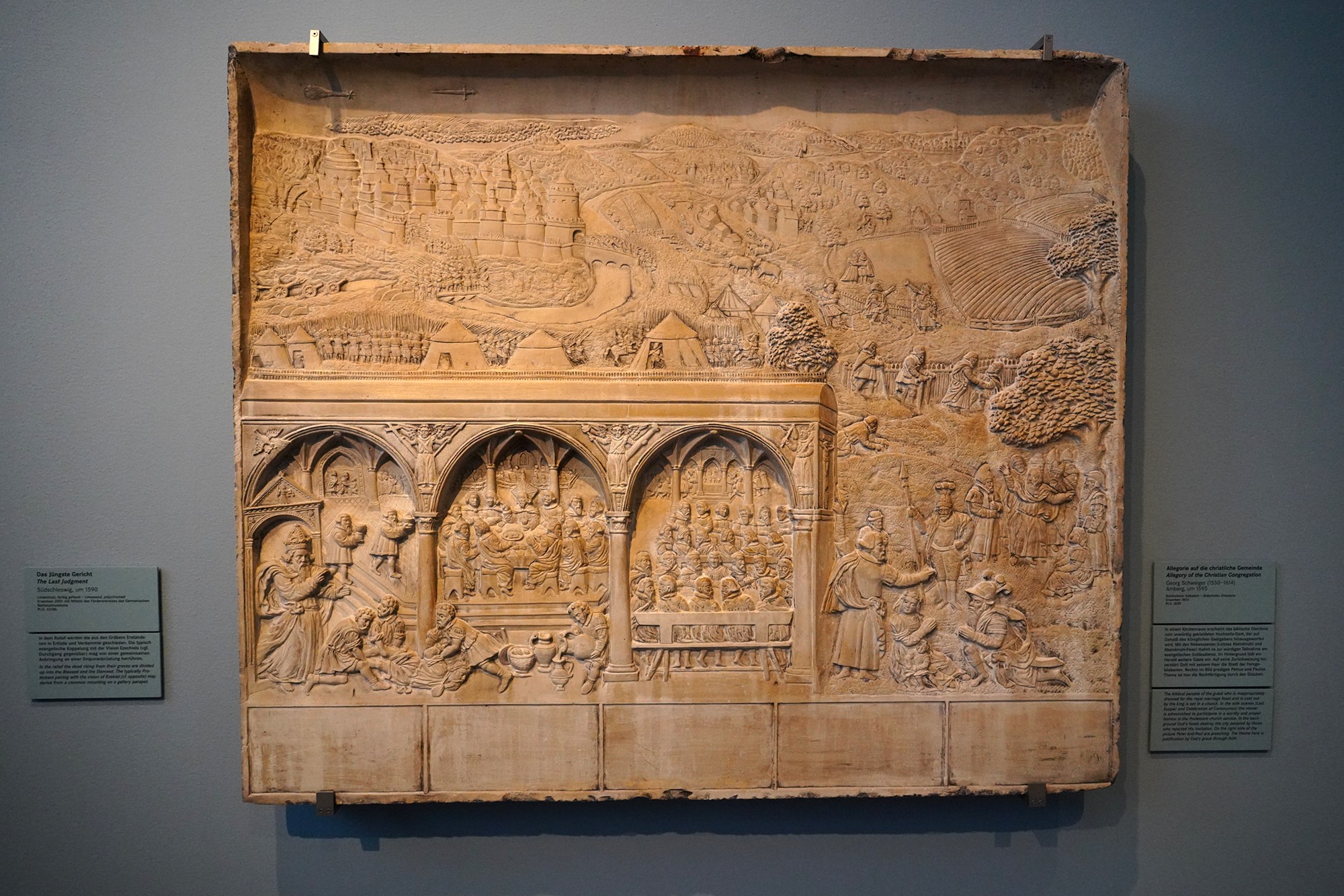
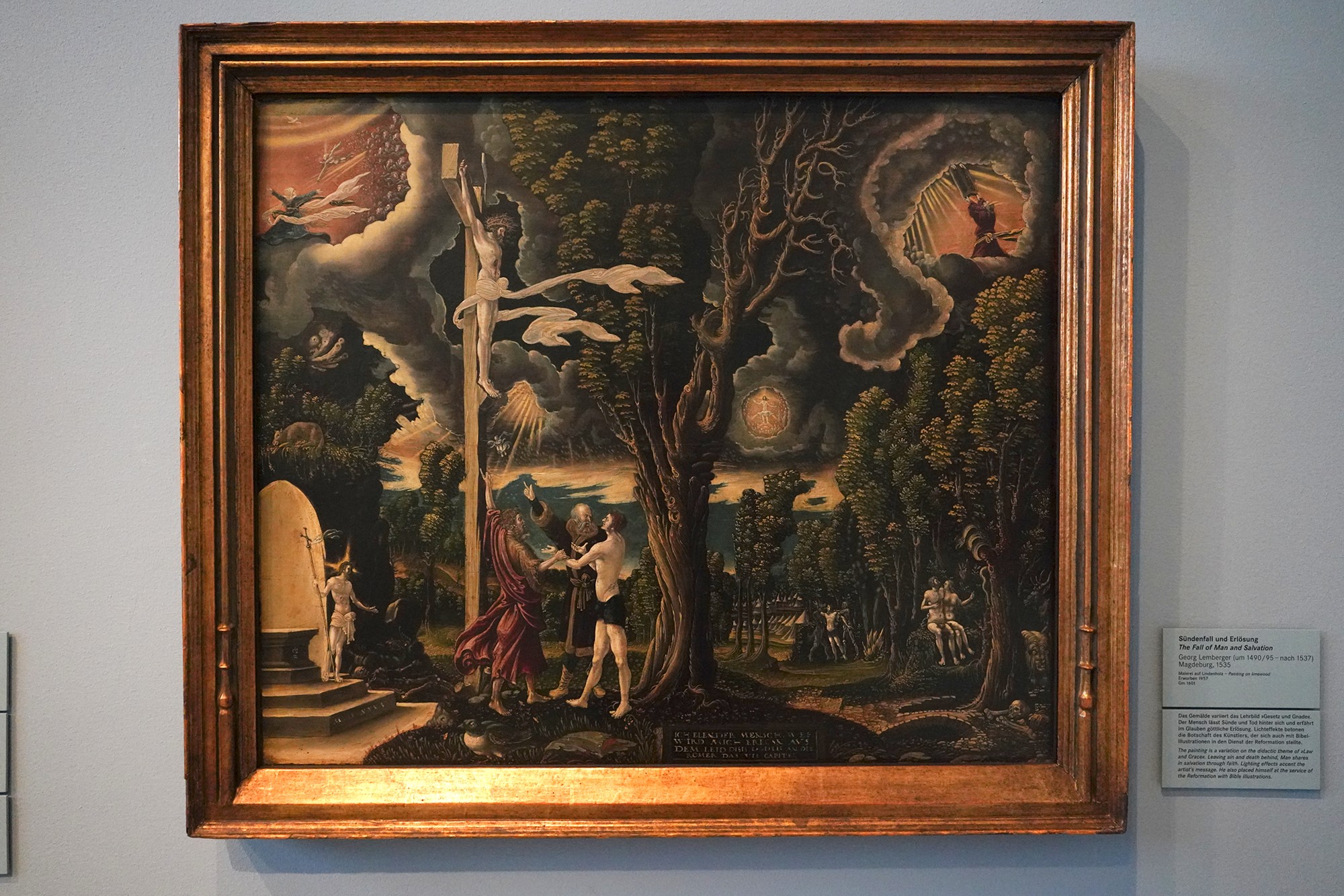
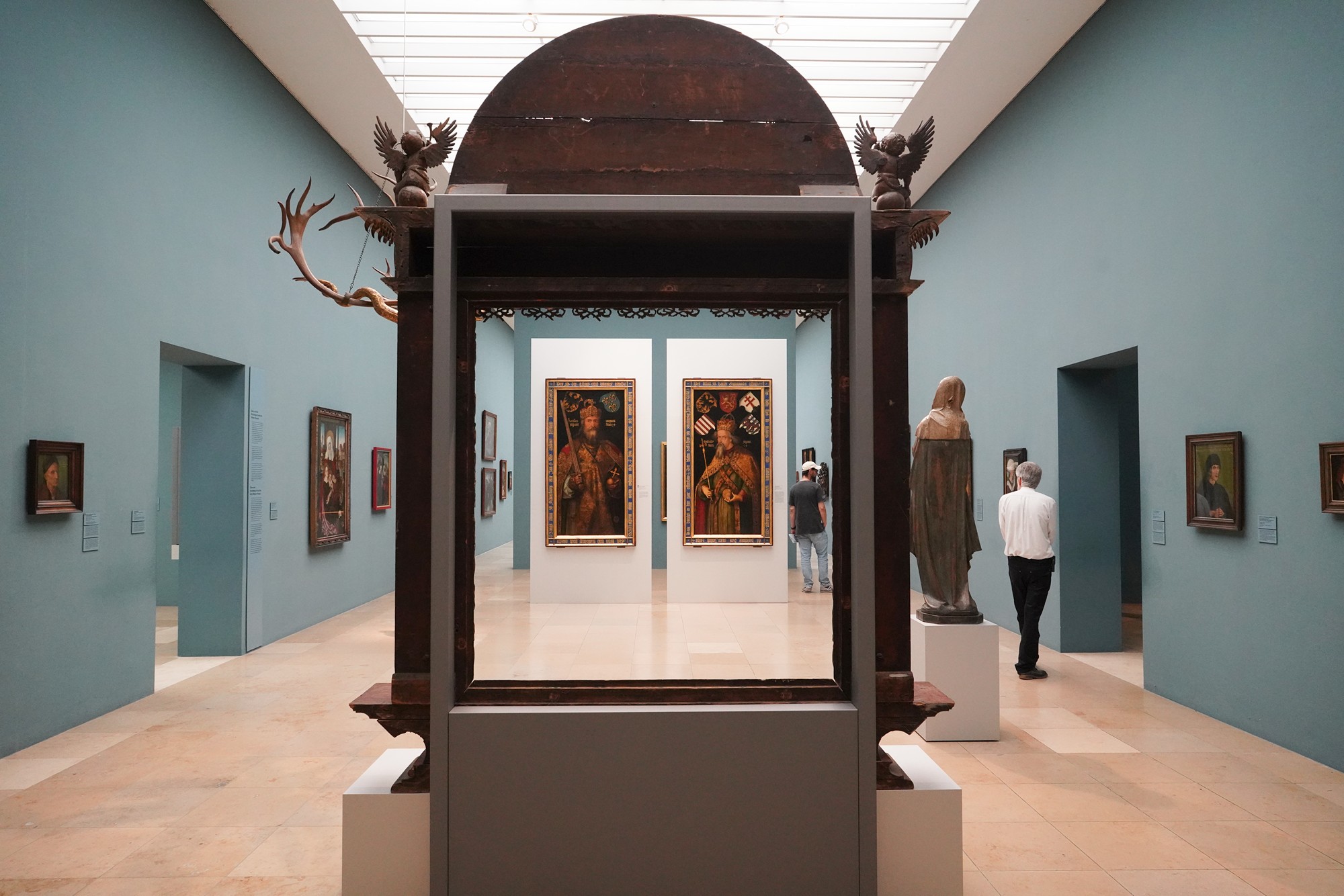
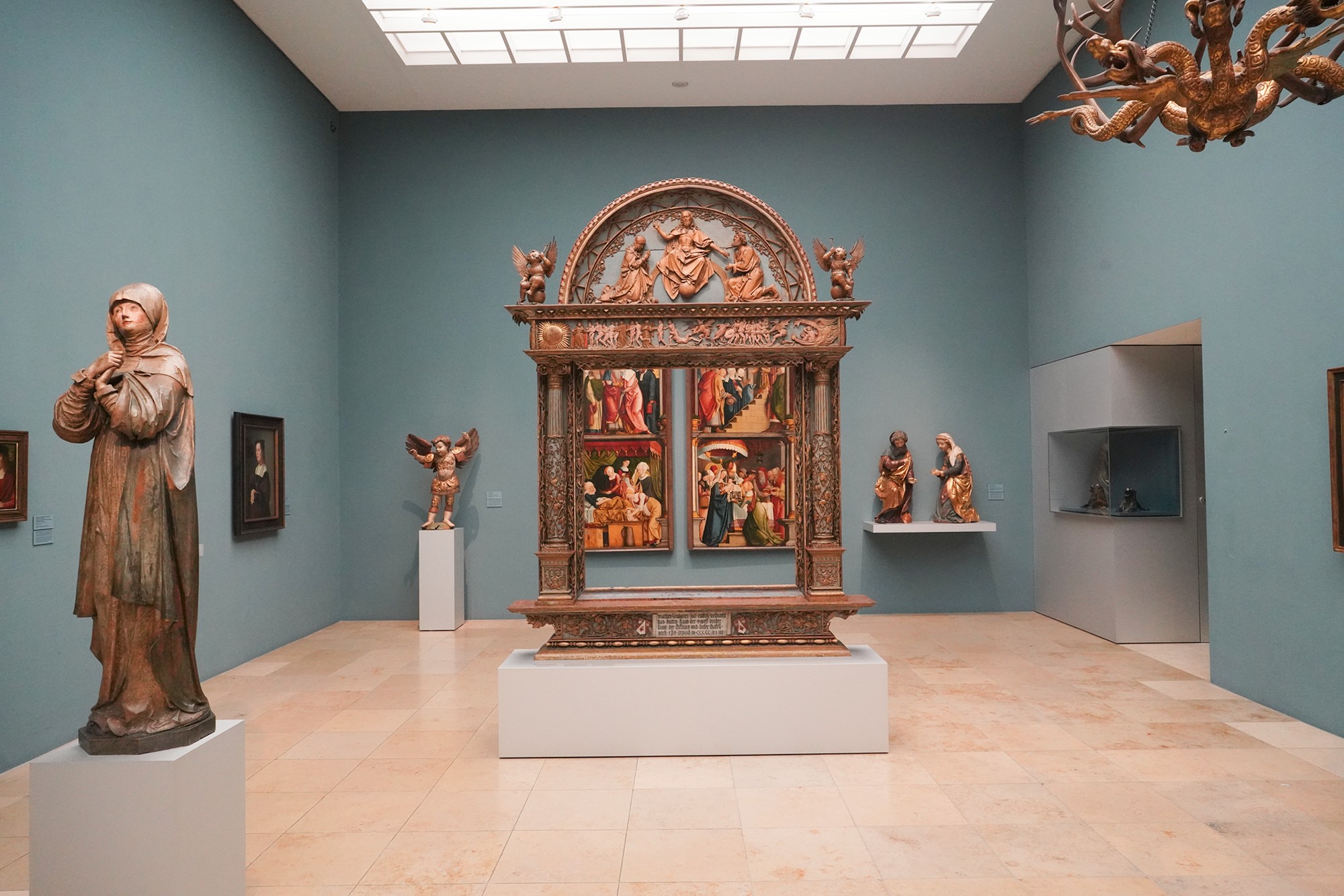
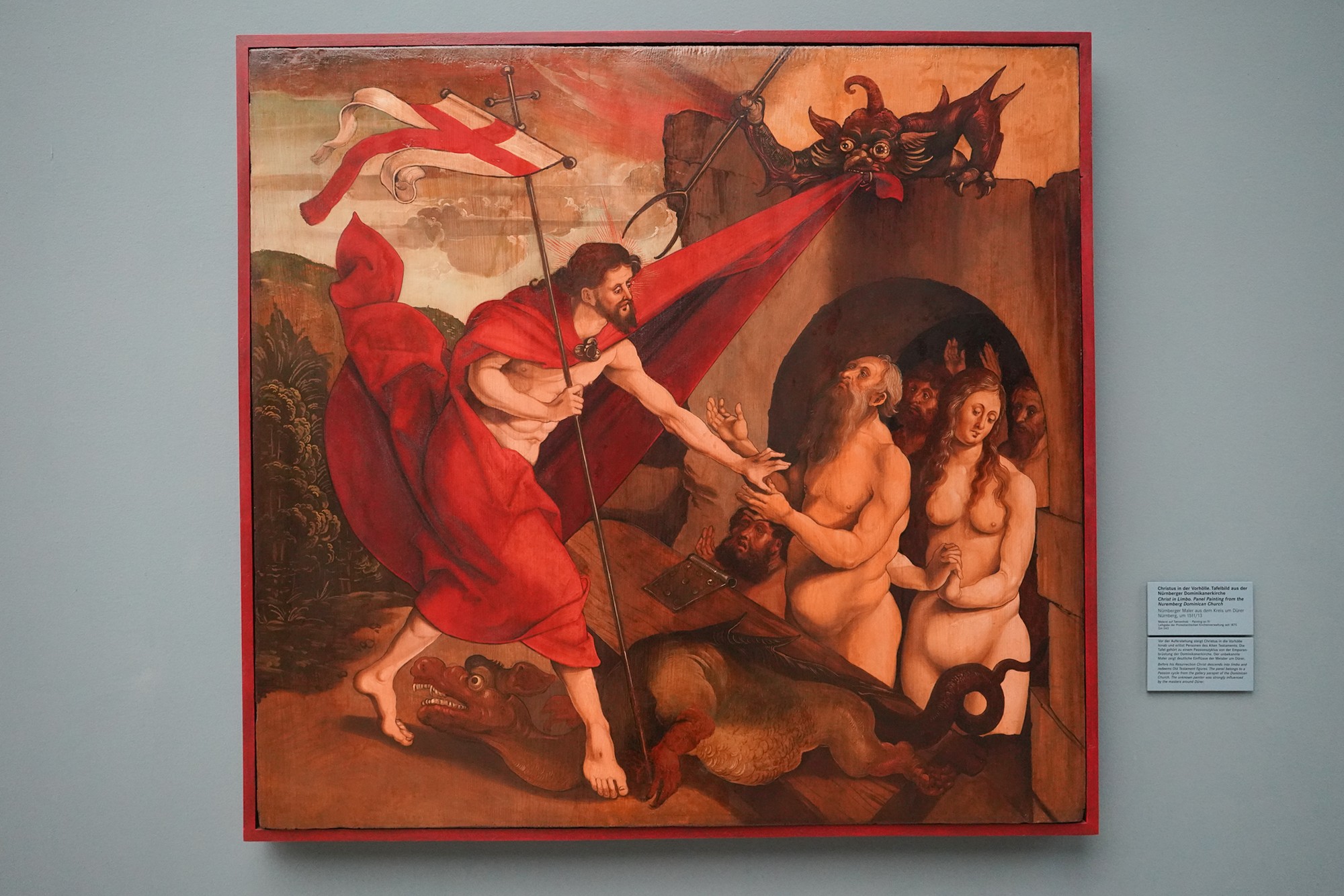
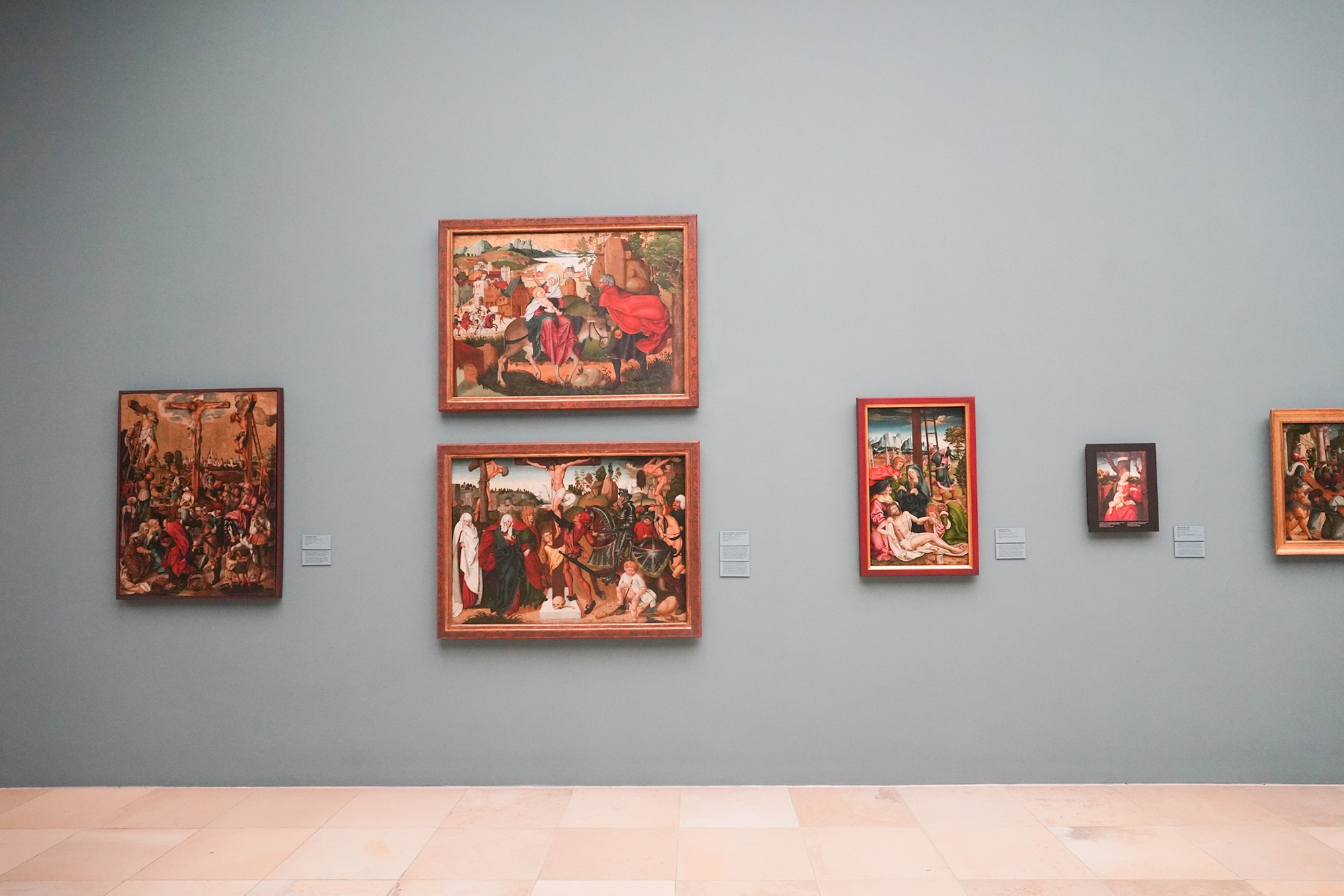
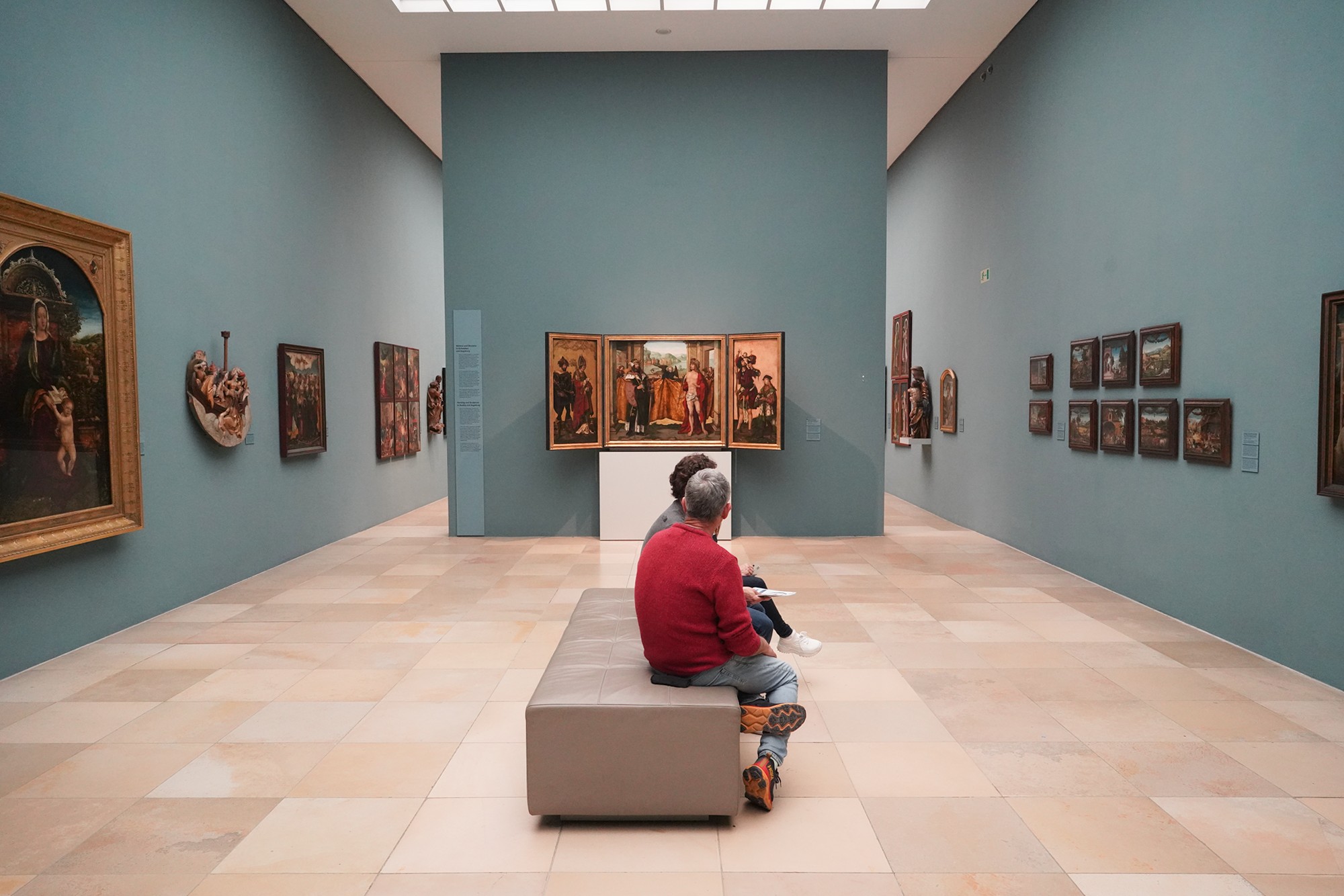
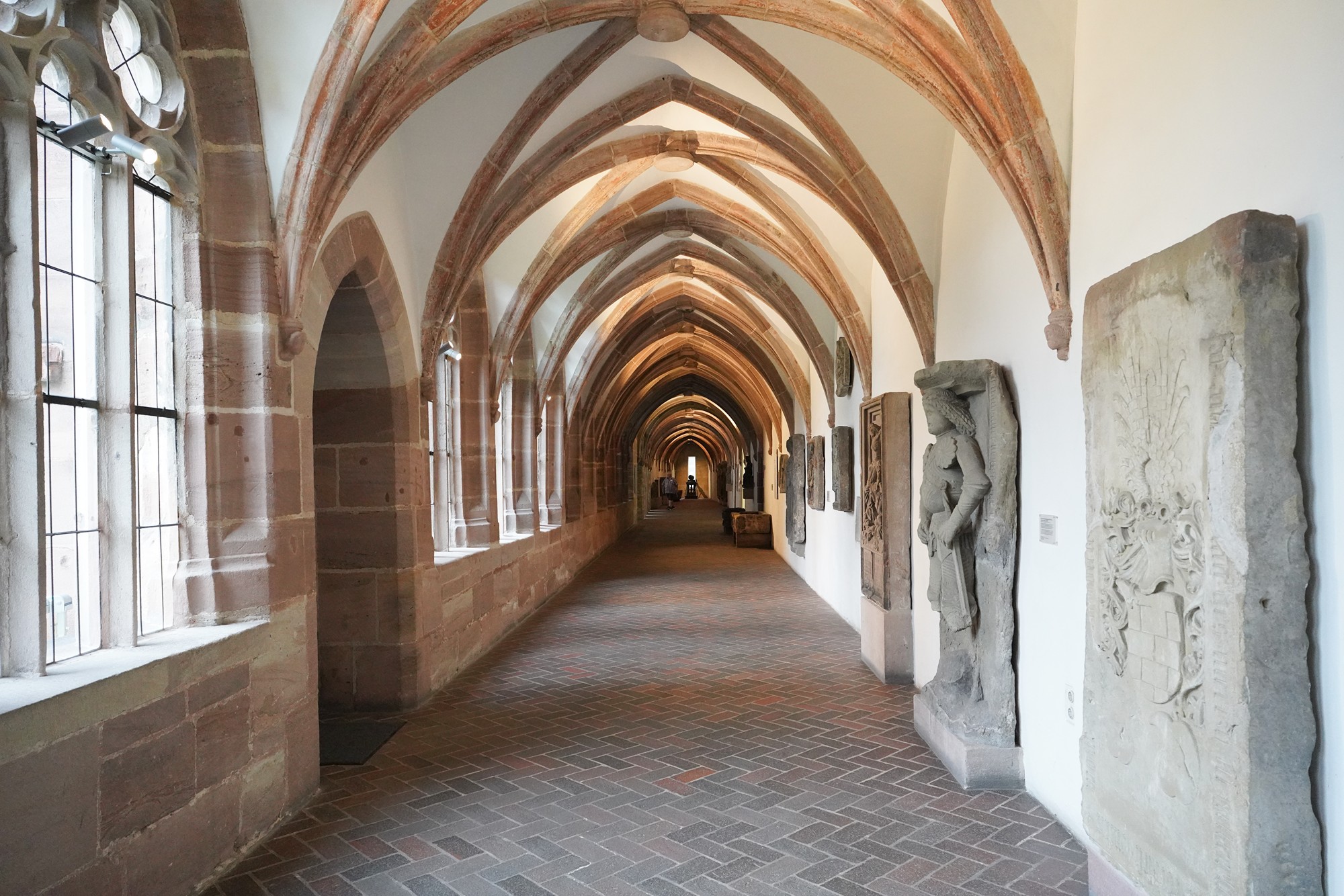
Out from the museum and walked to the center of the old town
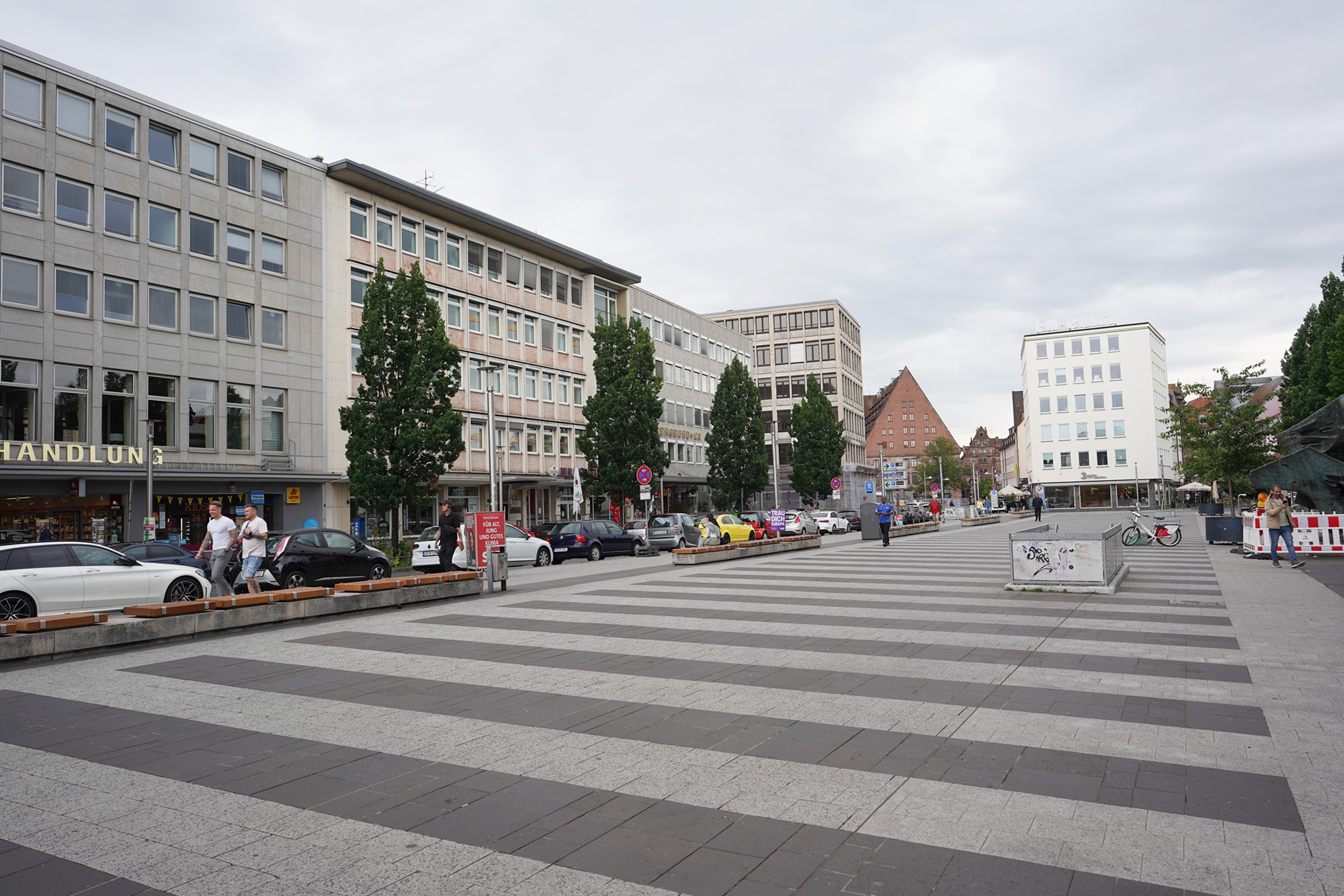
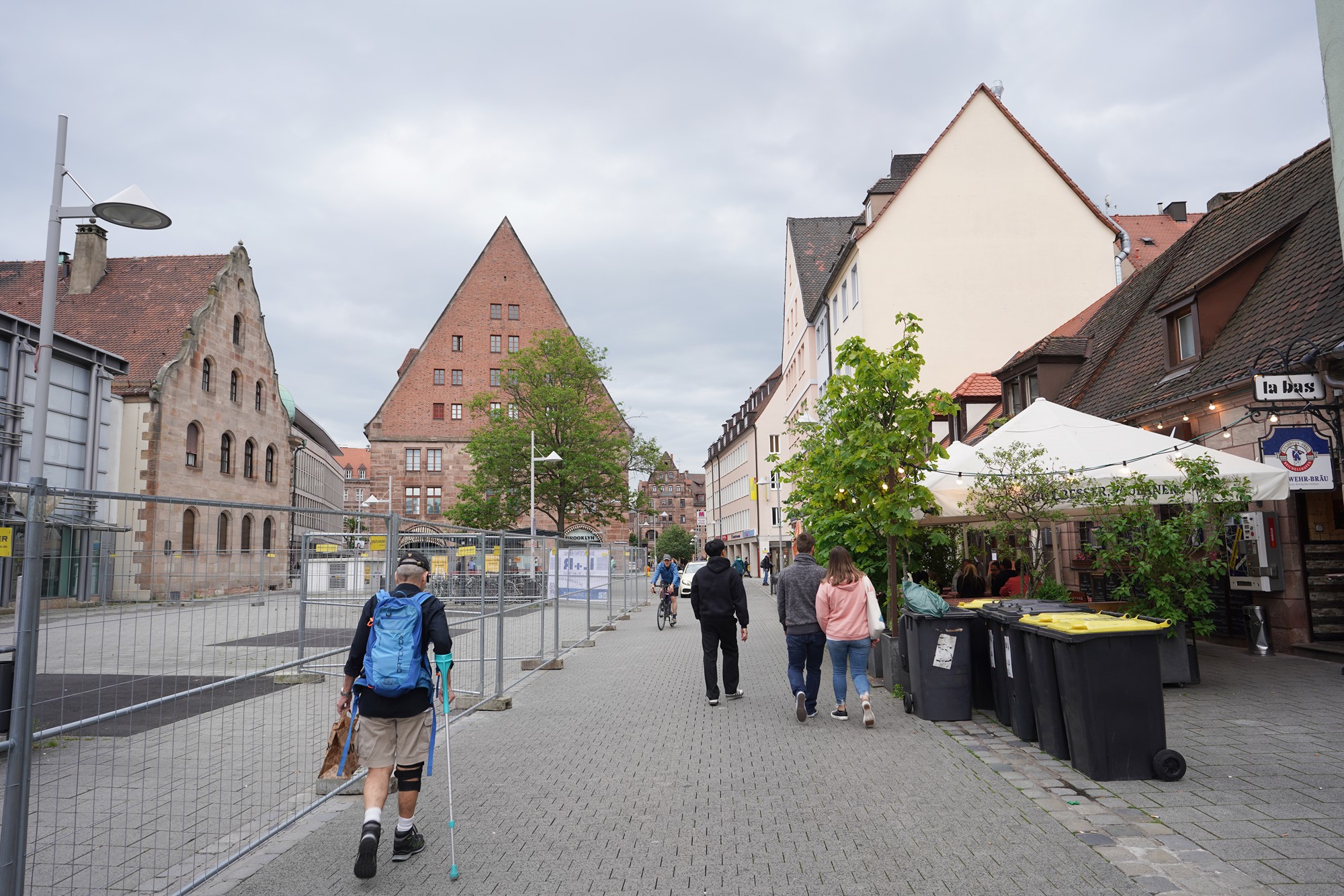
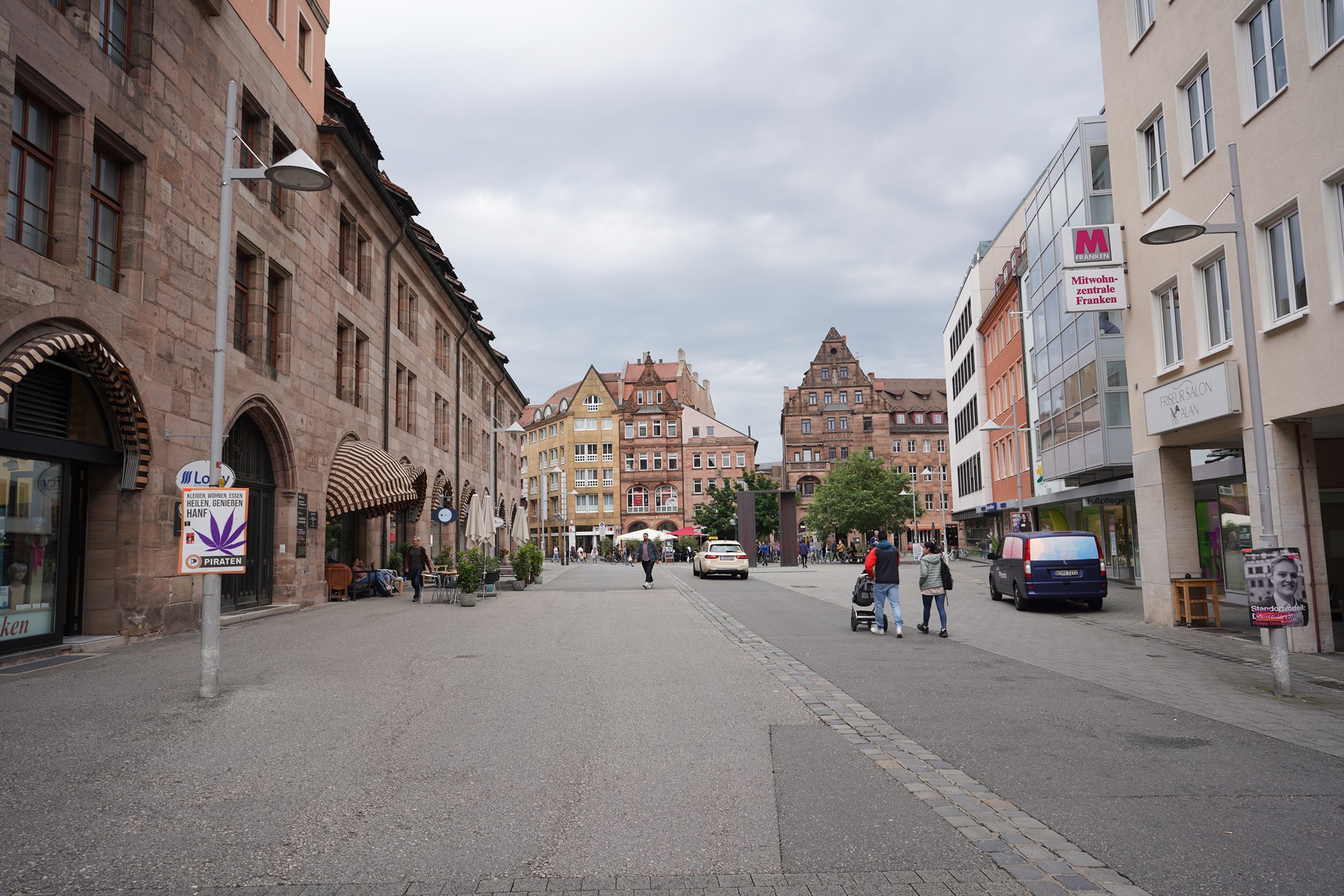
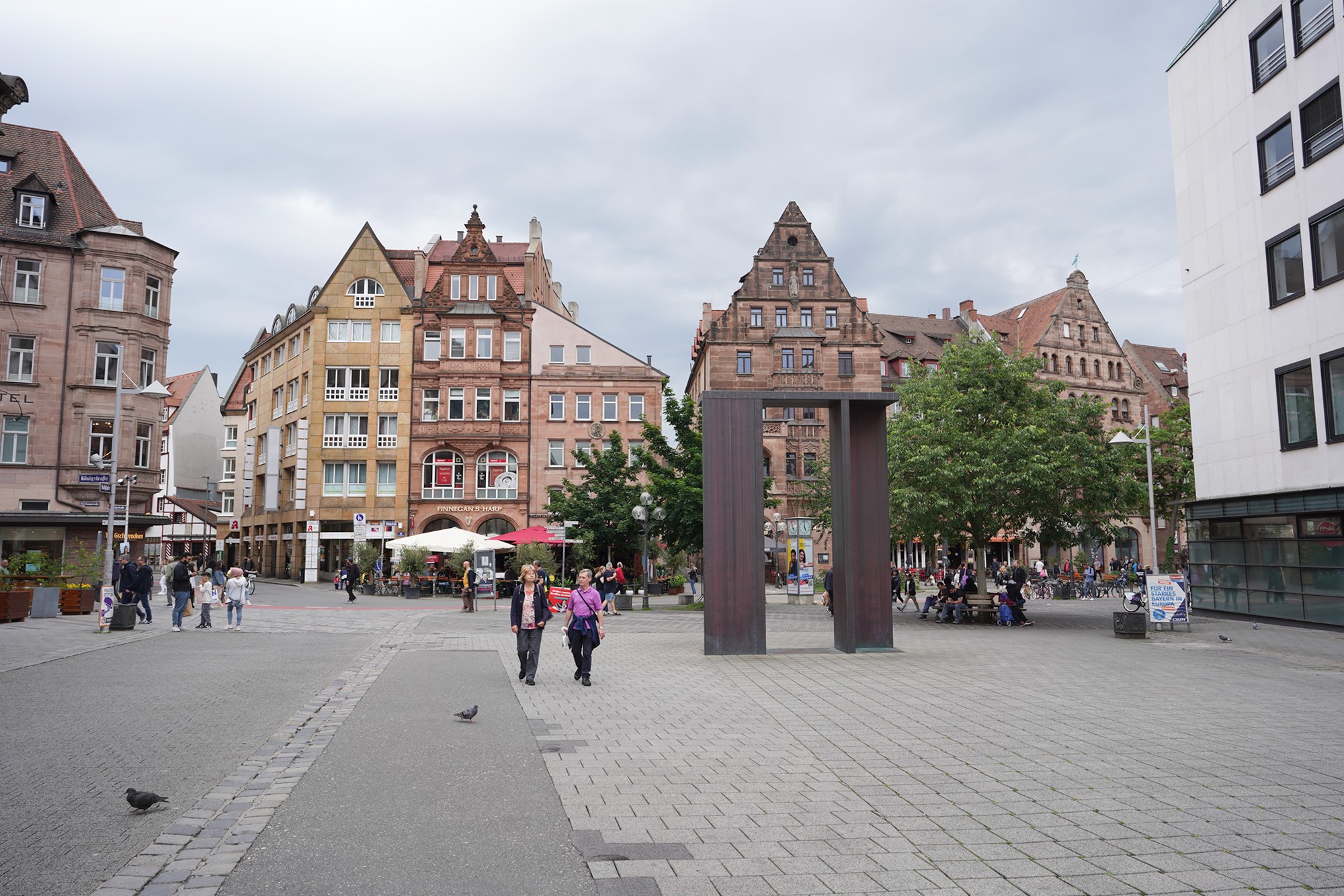
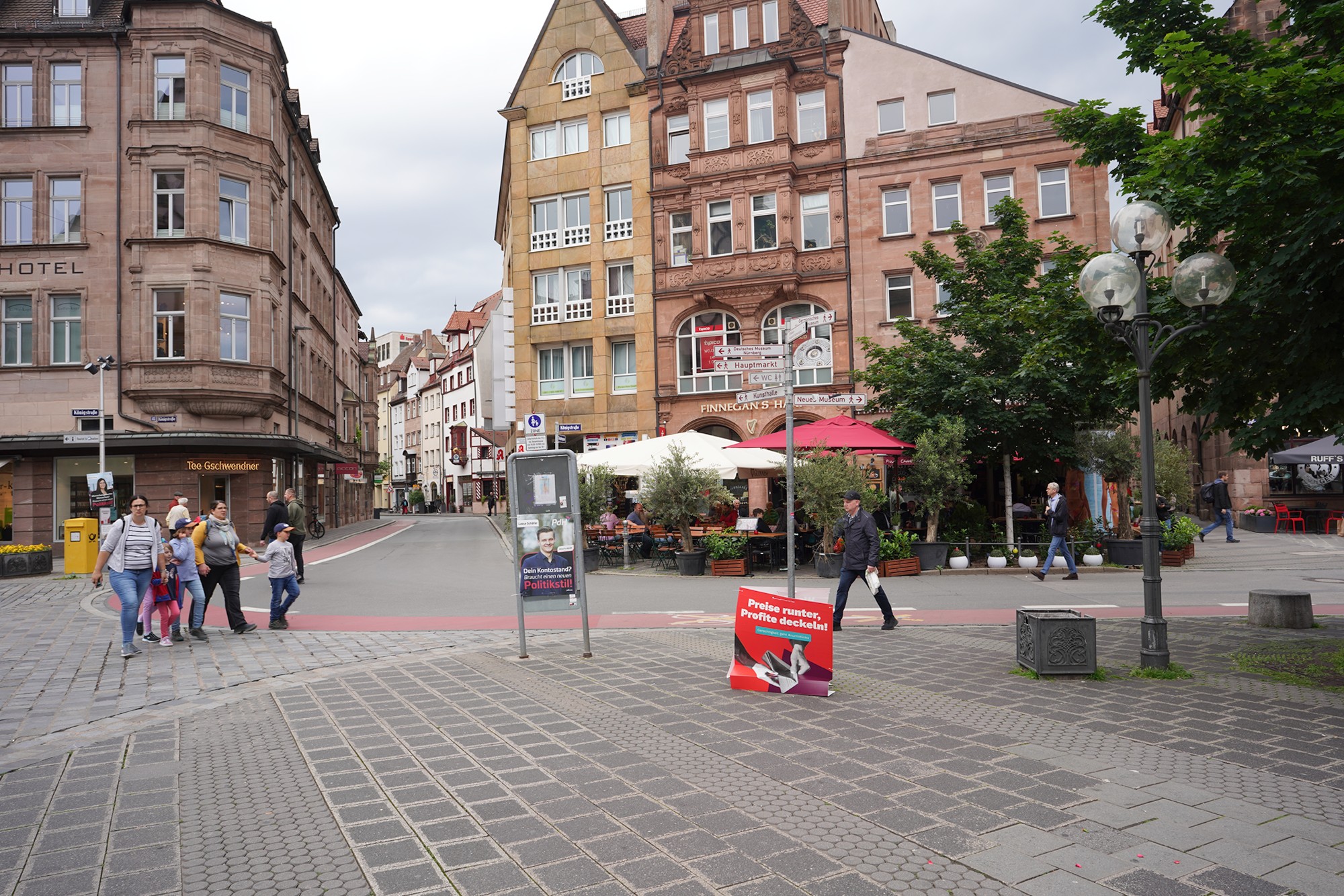
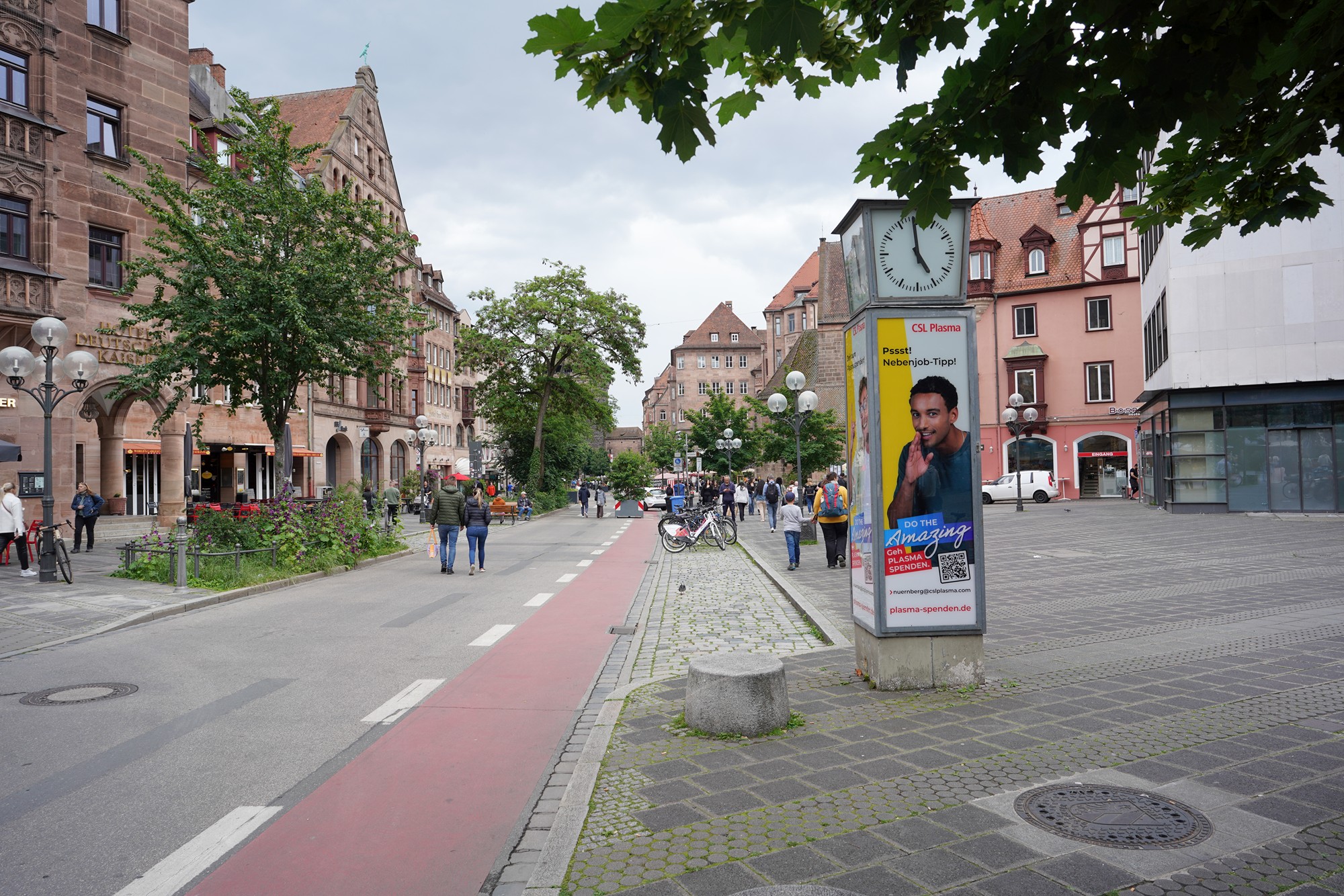
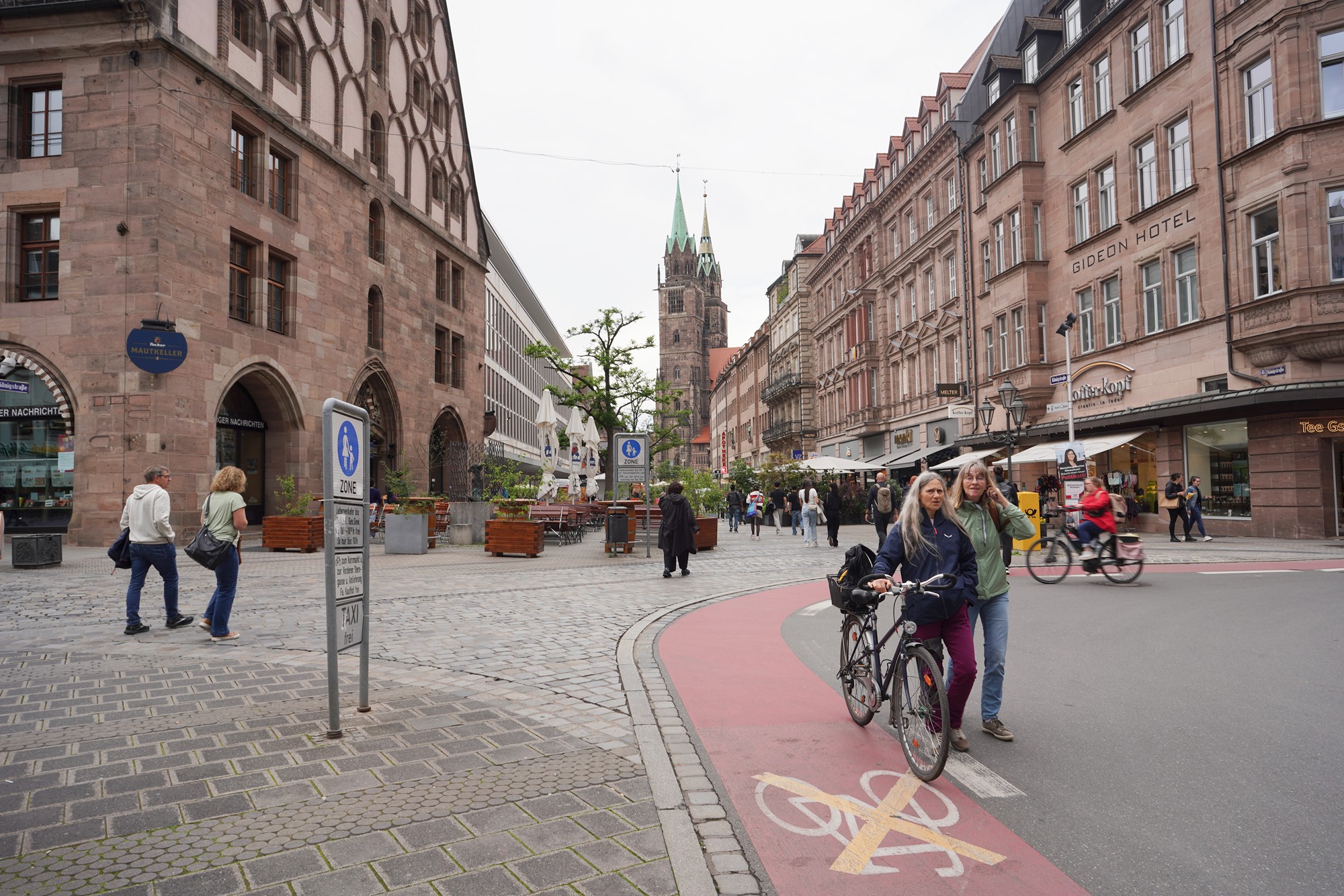
A side street
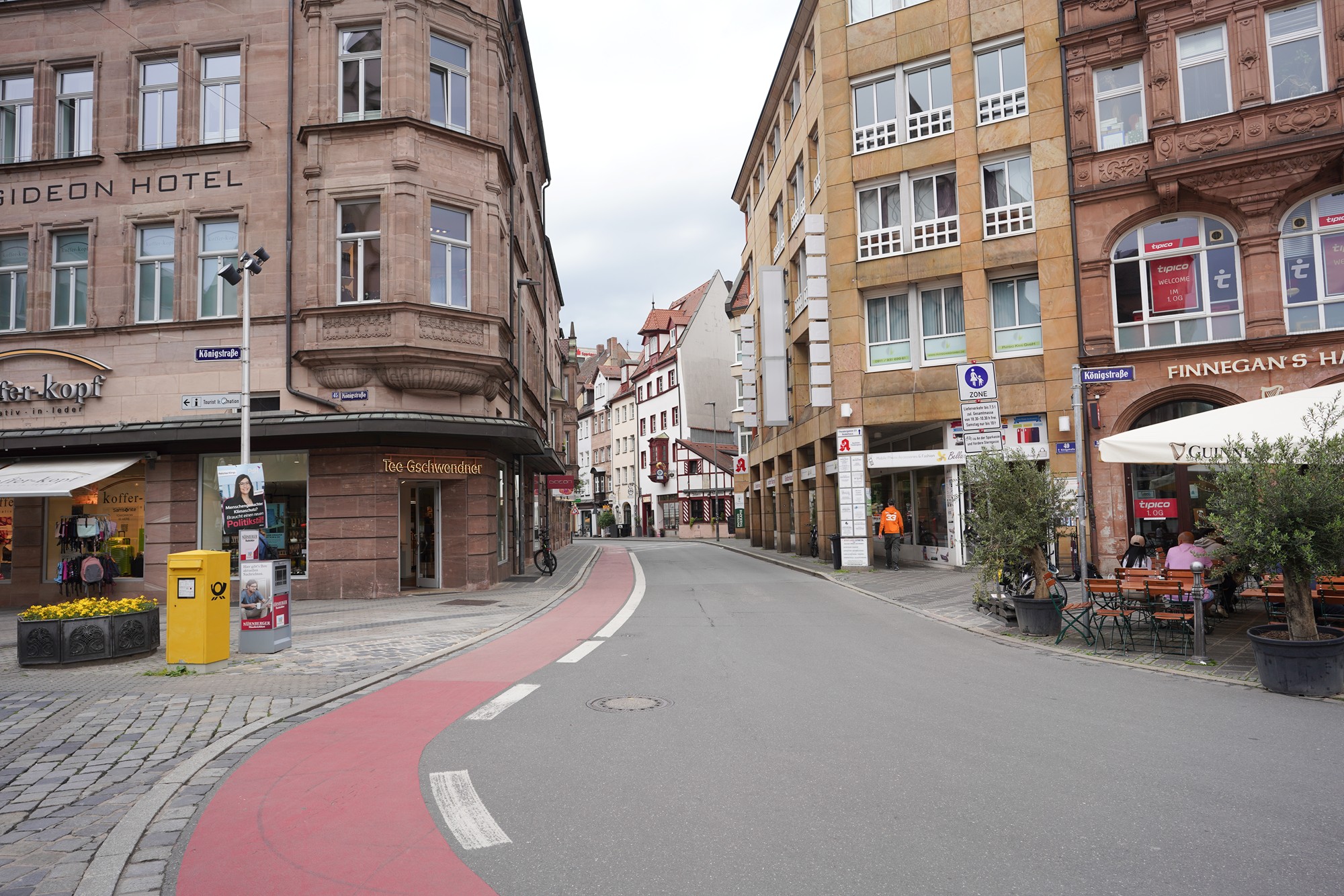
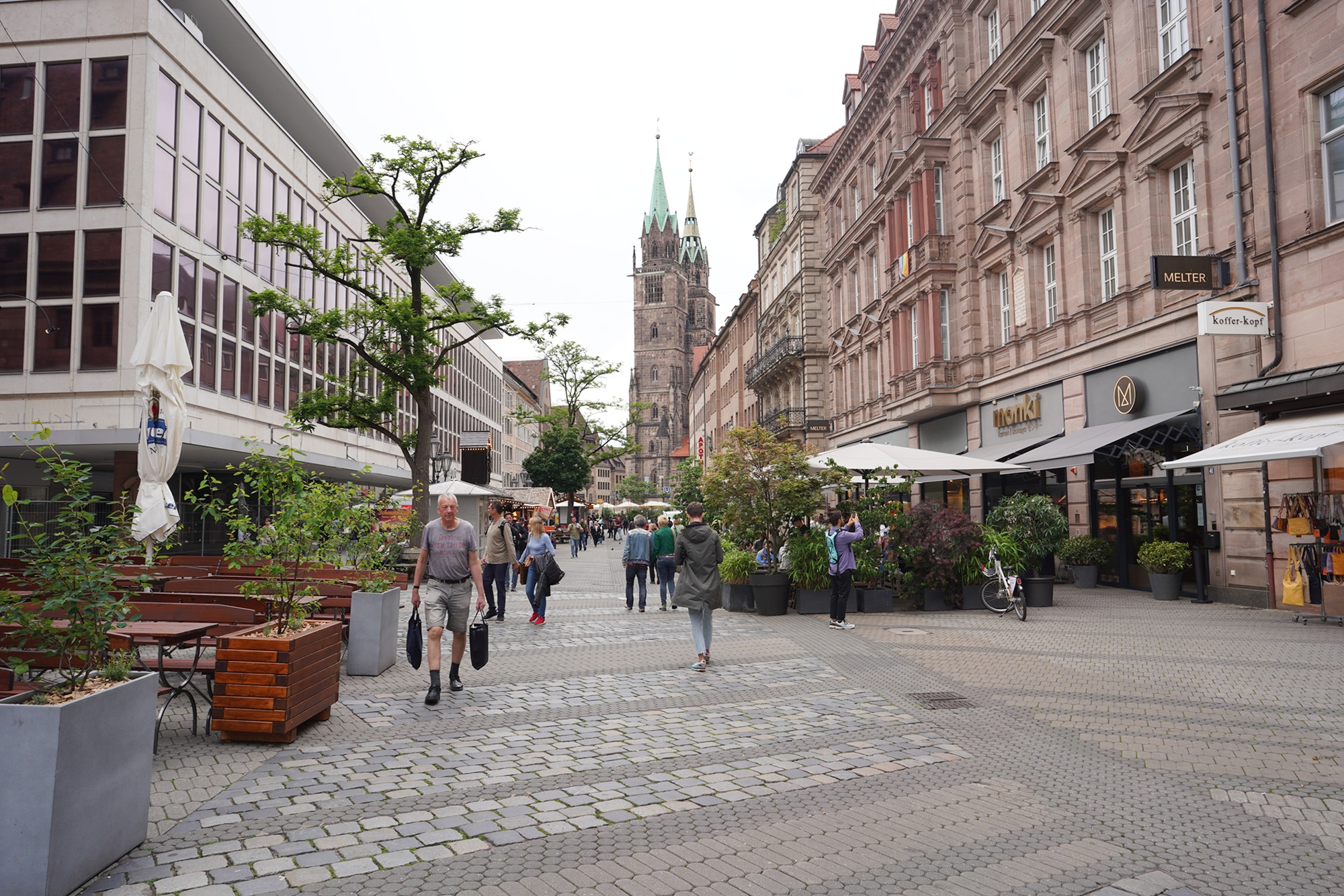
The church in front is the St. Lorenz Evangelical Church
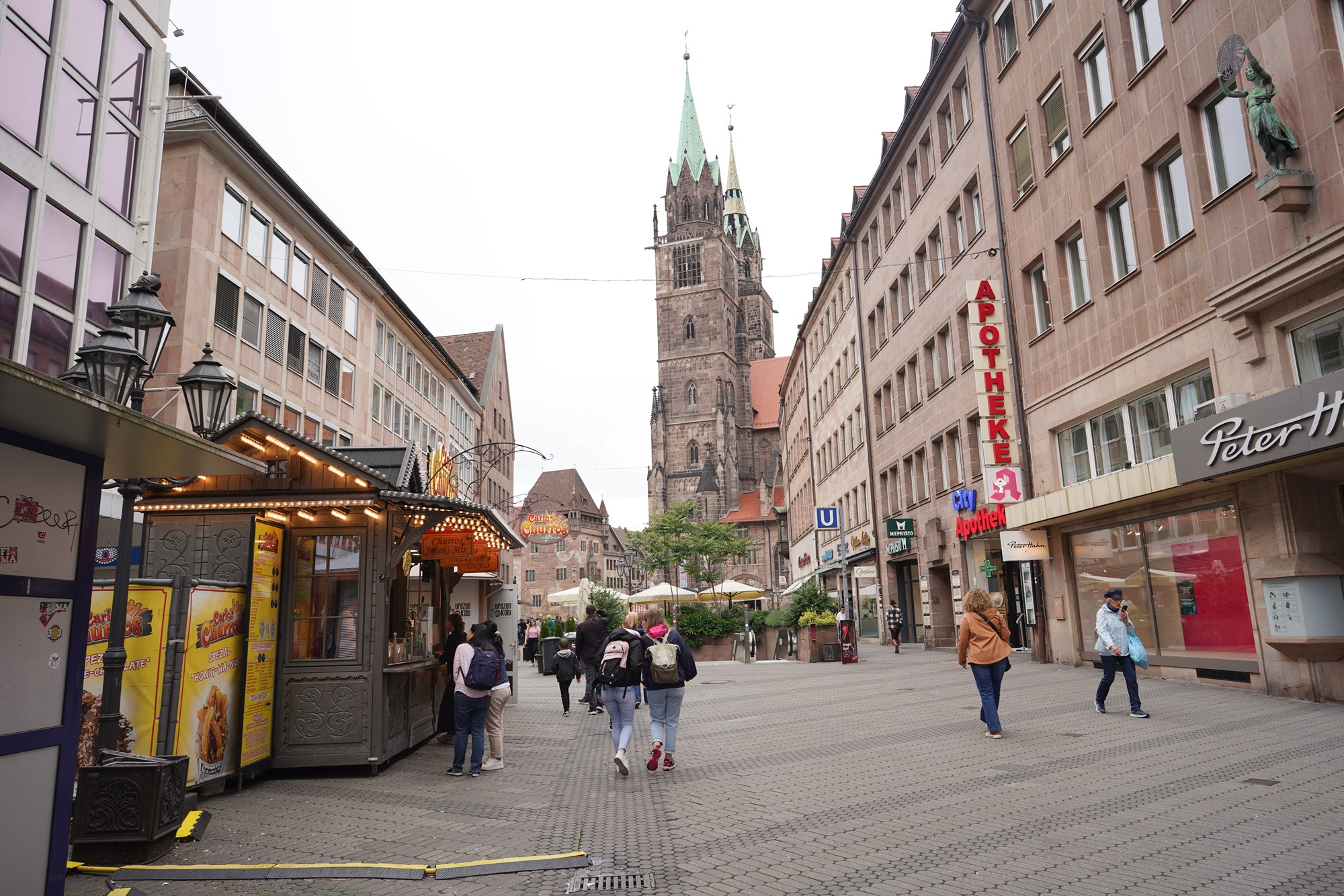
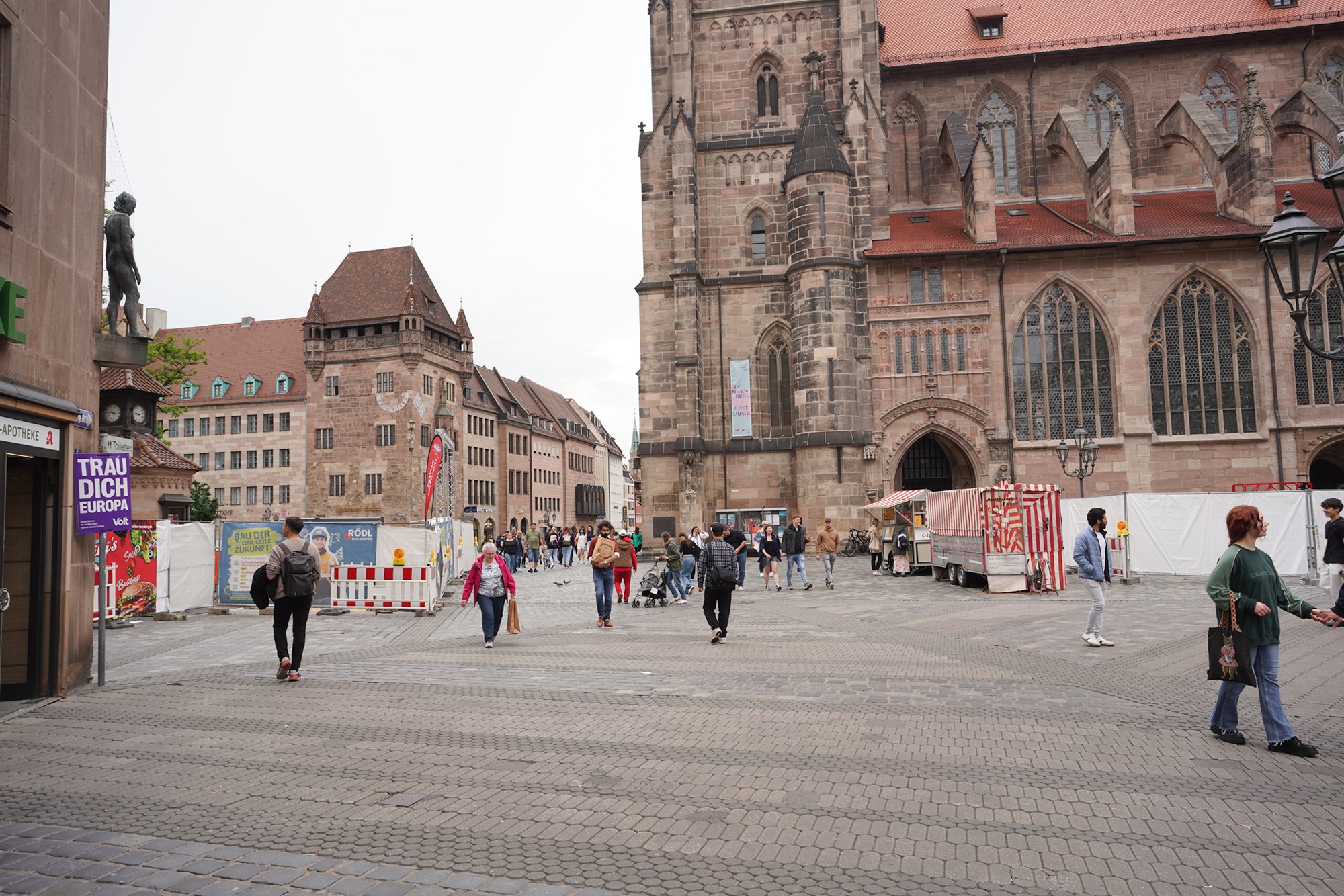
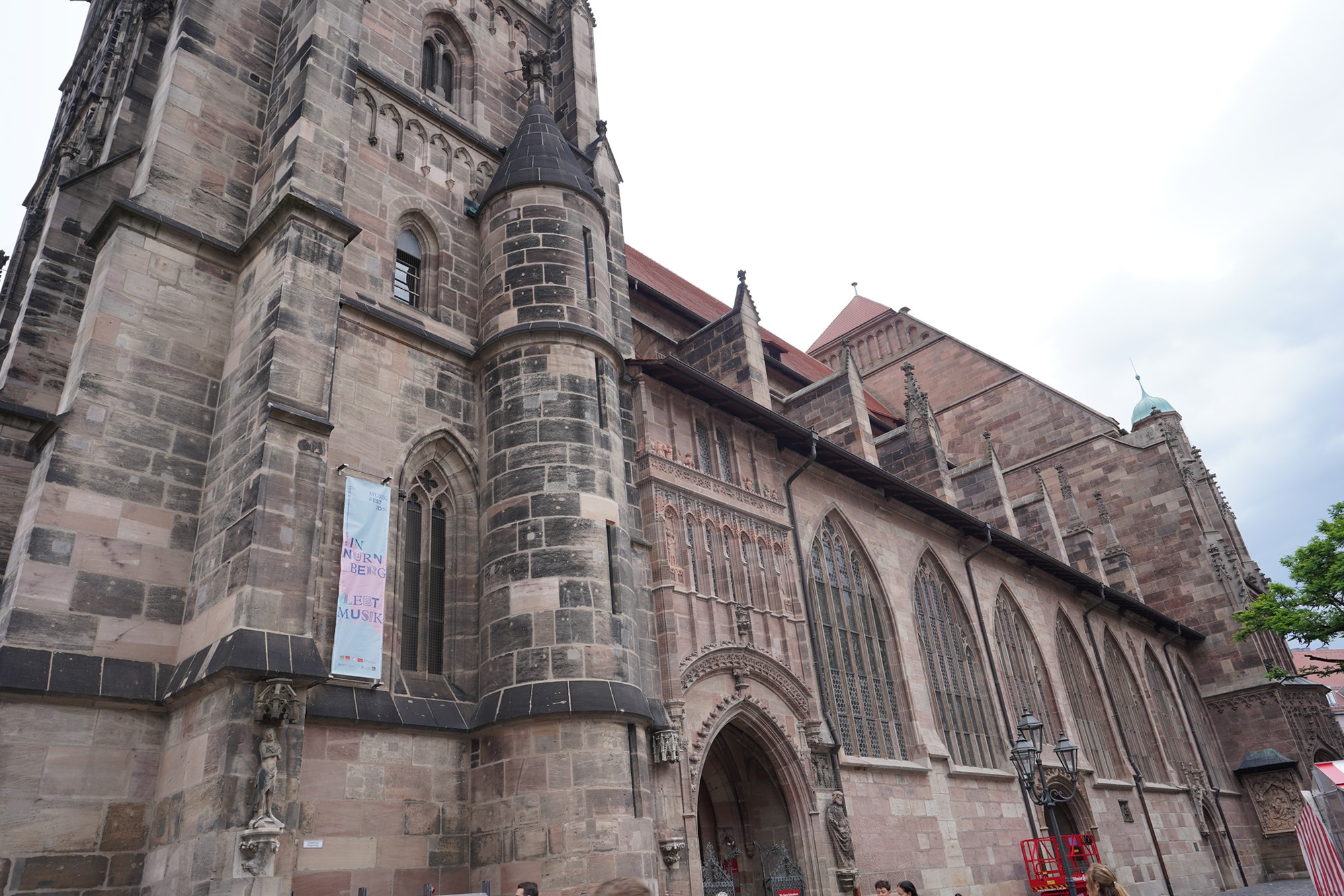
The area in front of the church
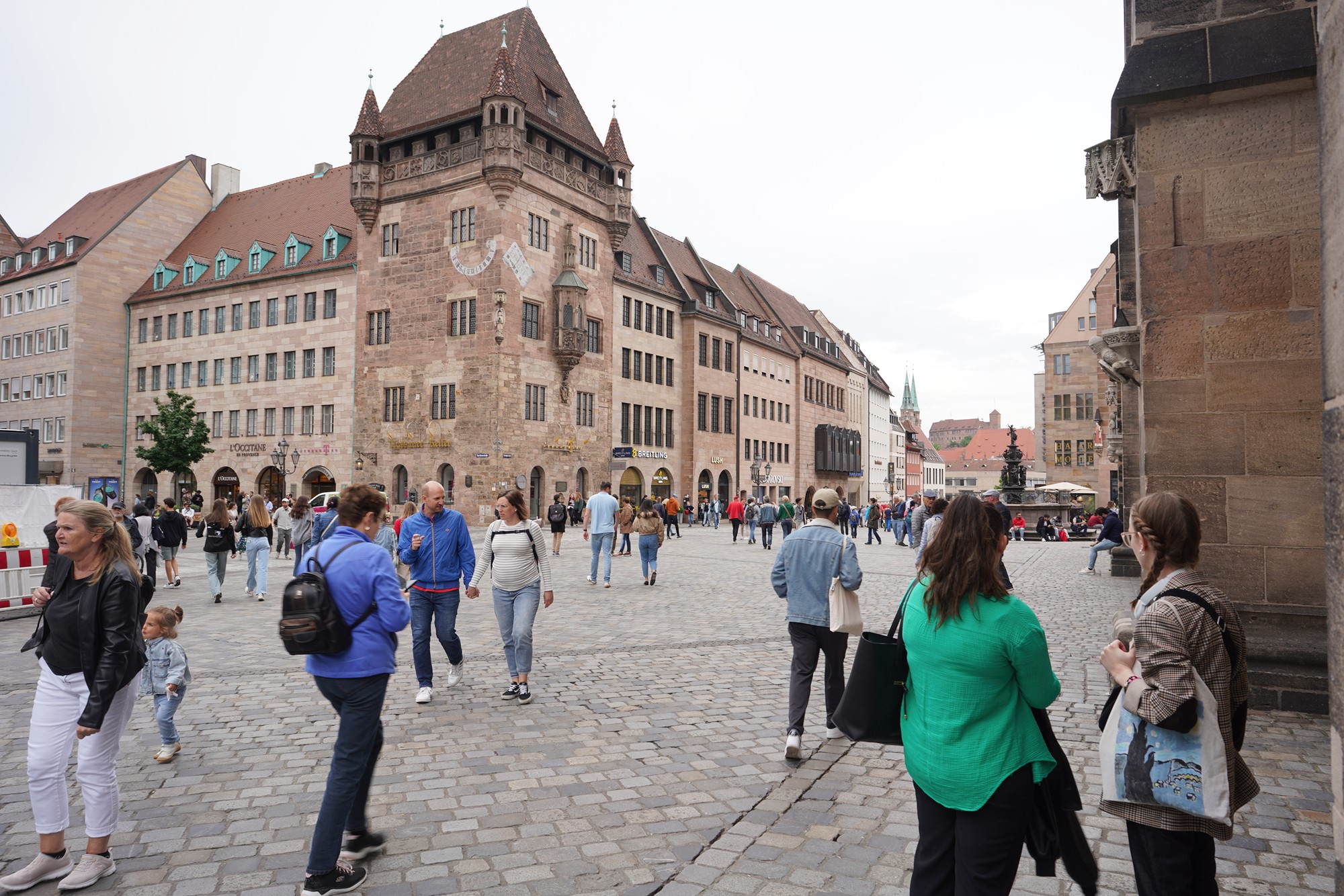
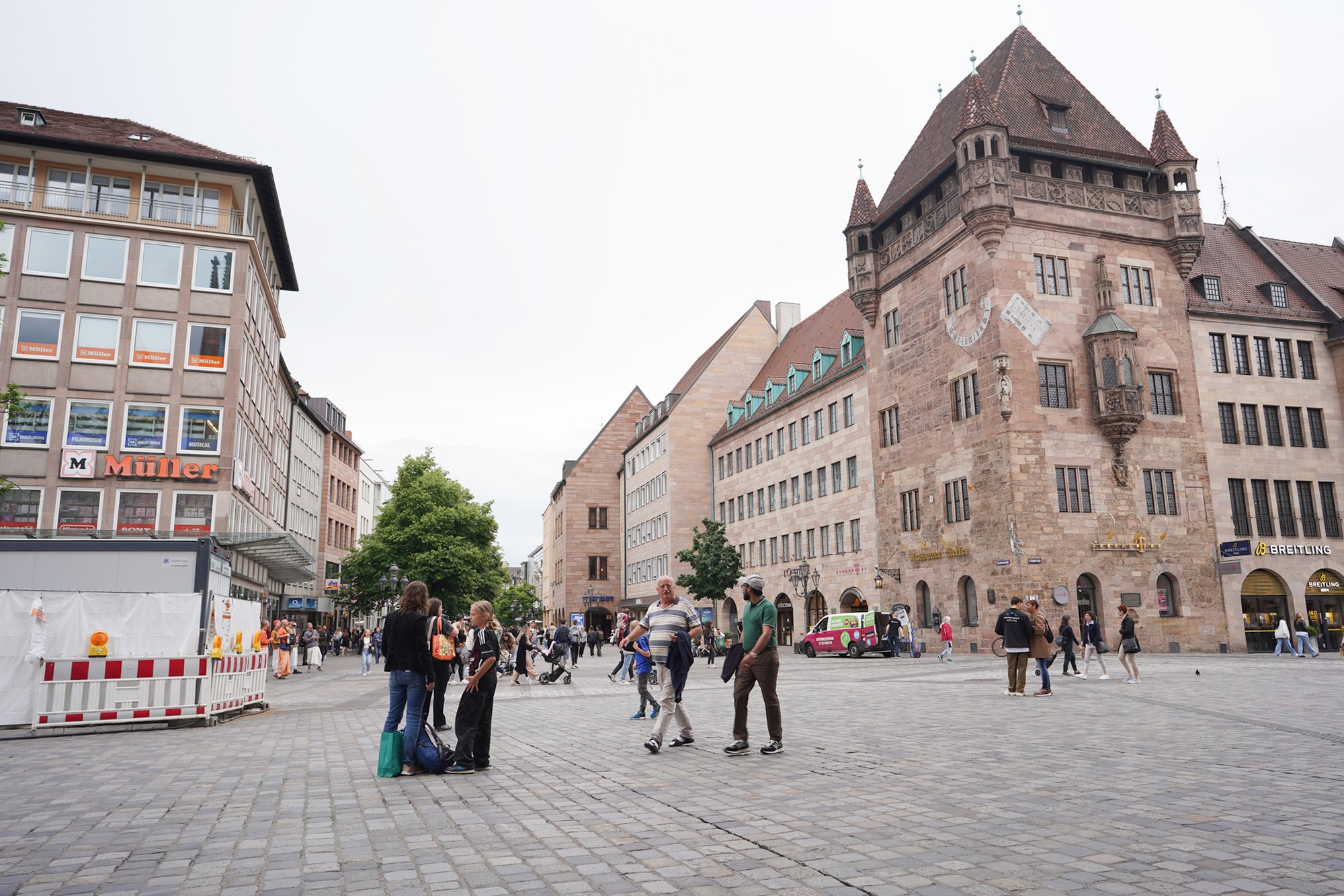
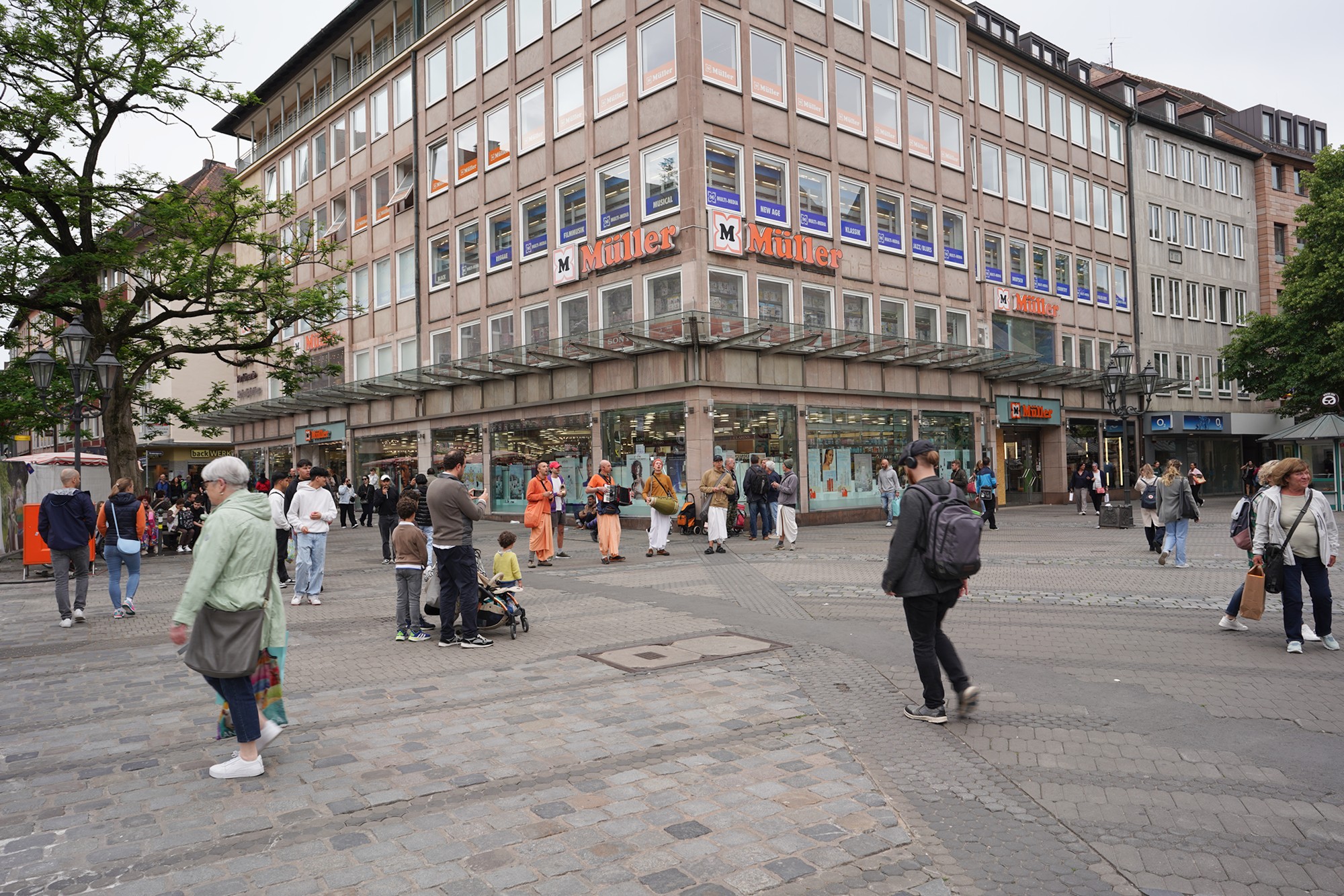
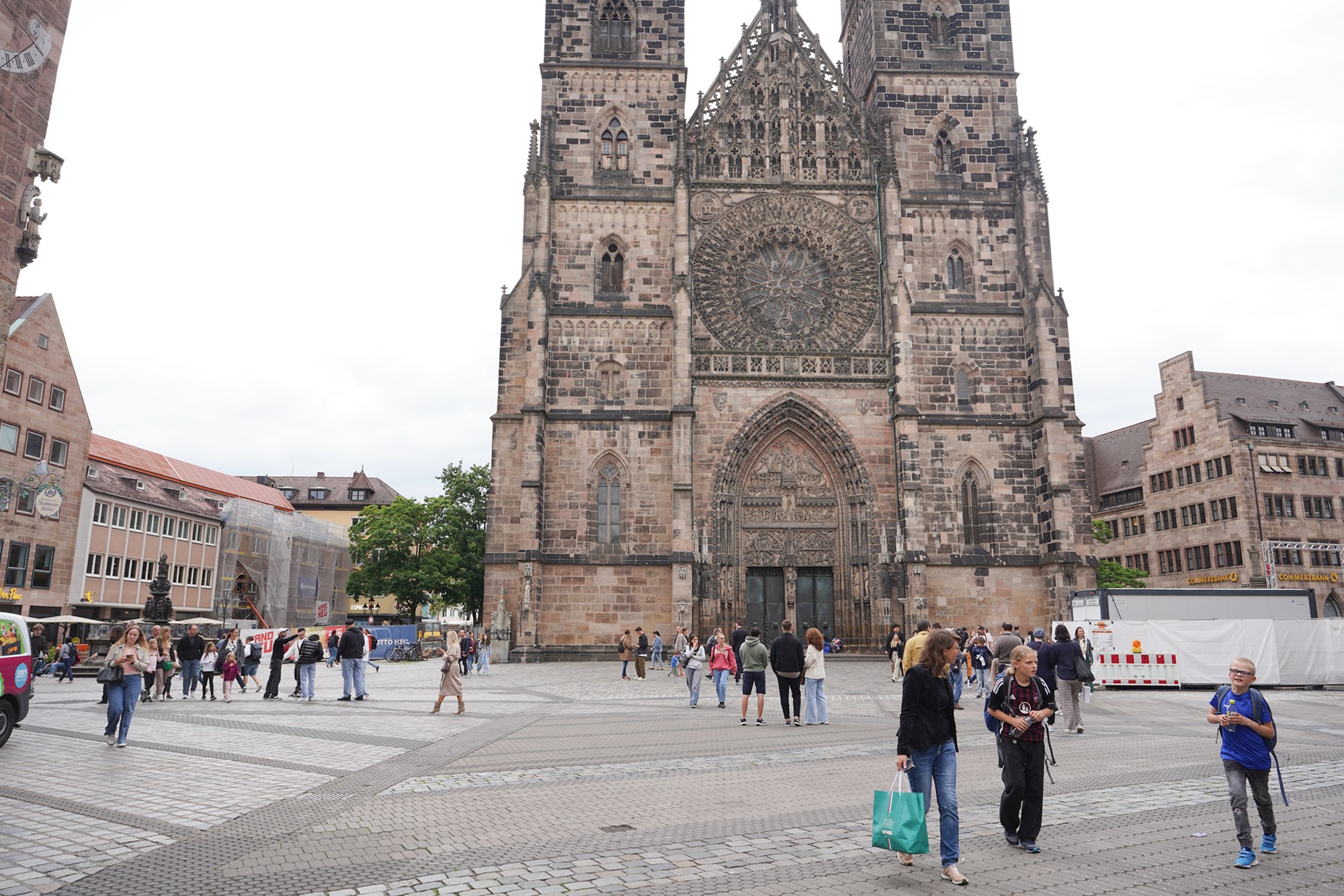
The church was built between 1255 and 1477. It served as the main church of Nuremberg’s Catholic community and played a central role in the city’s religious and social life.
During the Reformation, St. Lorenz Church was one of the churches that adopted Protestantism. It continues to serve as a Protestant church today.
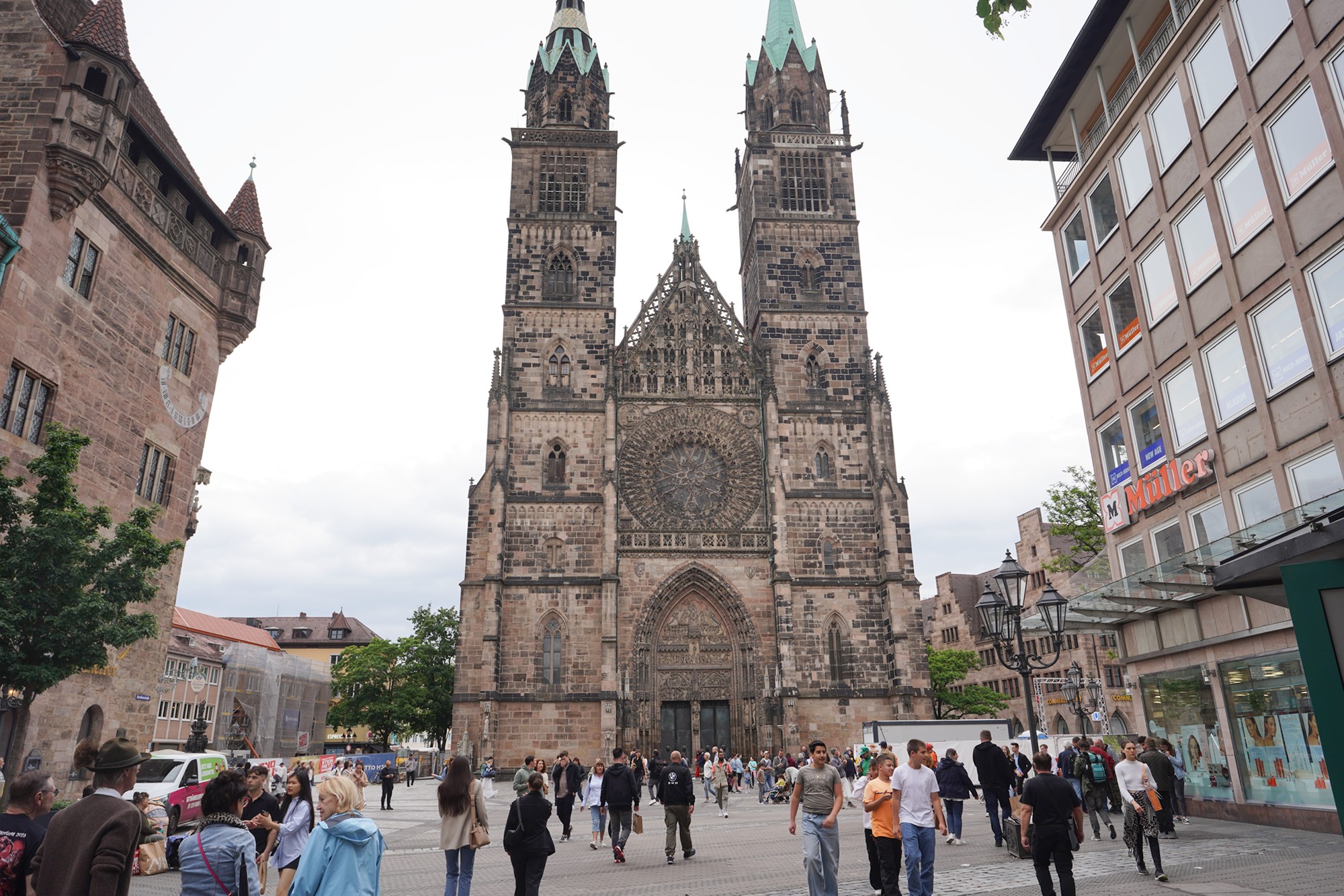
The church features a striking façade with elaborate carvings, including scenes from the Bible and figures of saints. The twin towers are a prominent feature of the skyline.
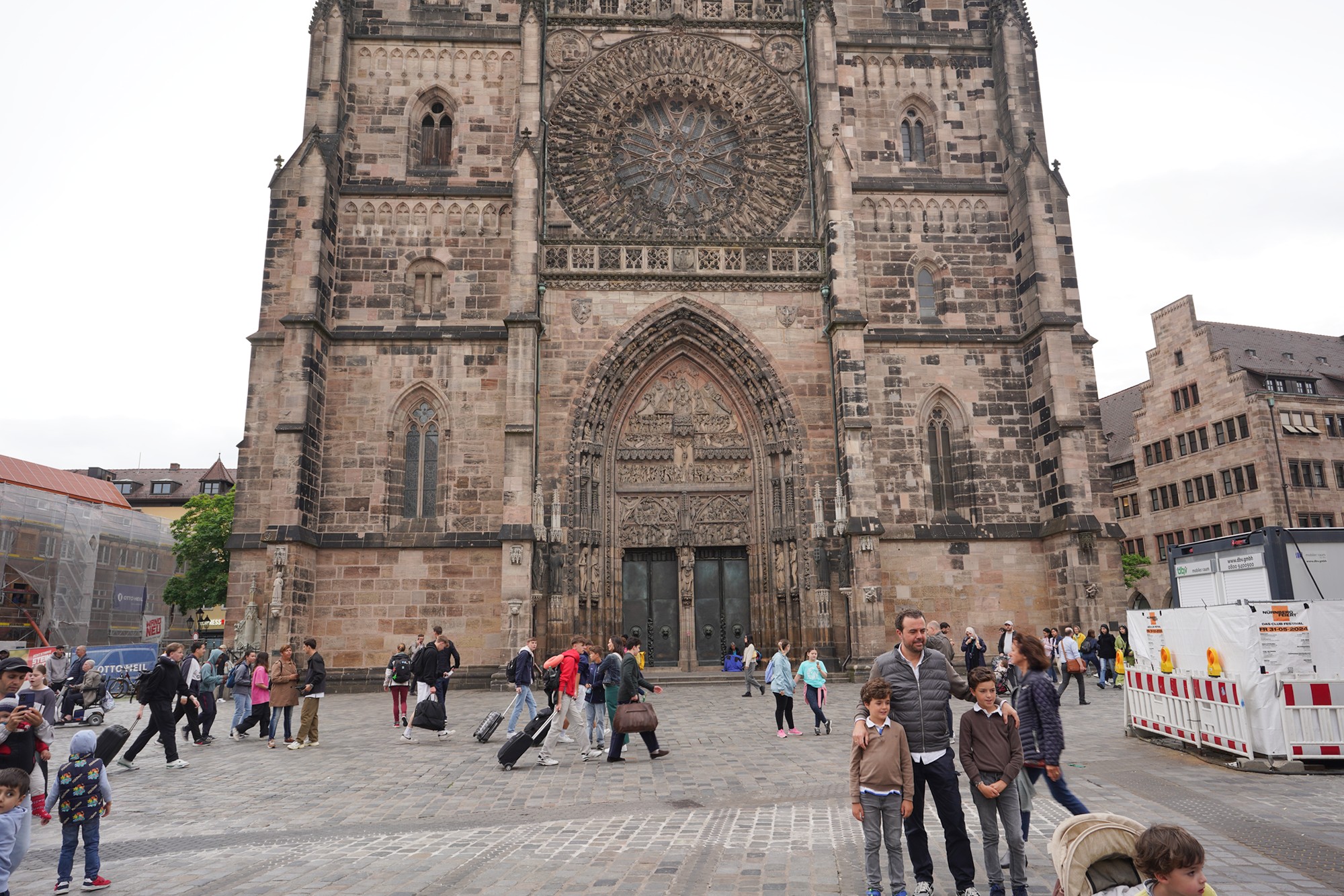
St. Lorenz Church is a prime example of Gothic architecture, characterized by its high vaulted ceilings, pointed arches, and intricate stained glass windows.
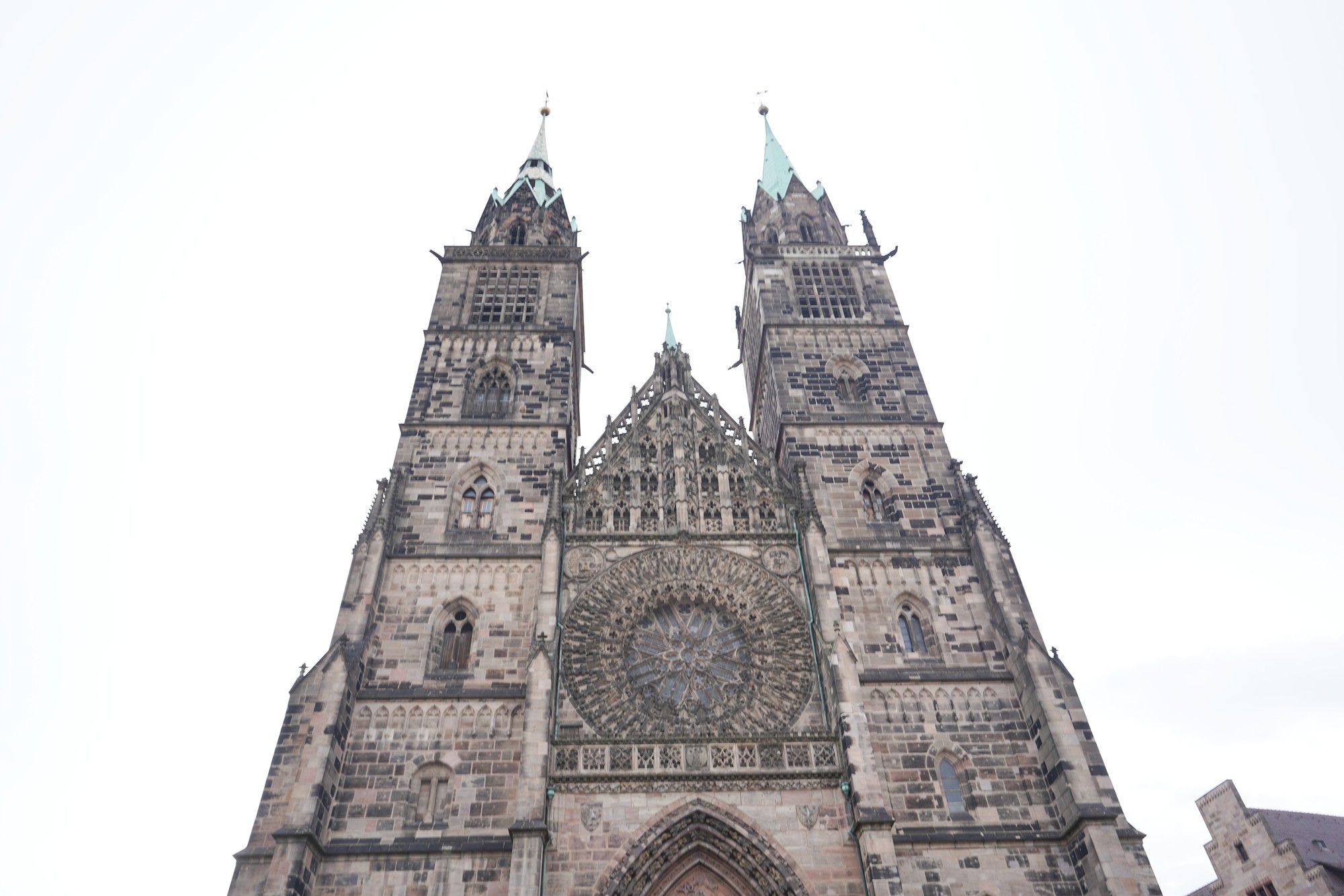
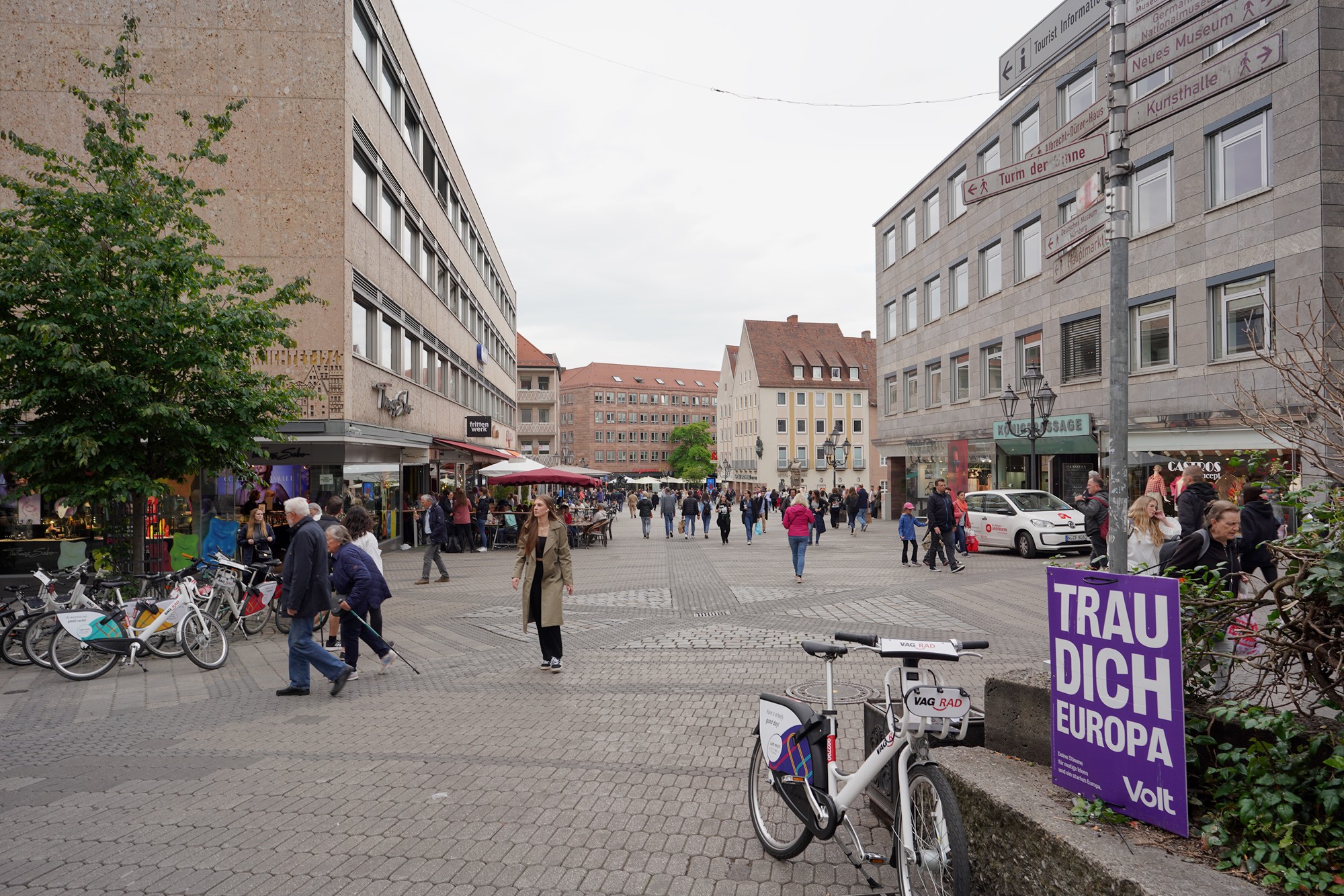
Museumsbrücke Bridge
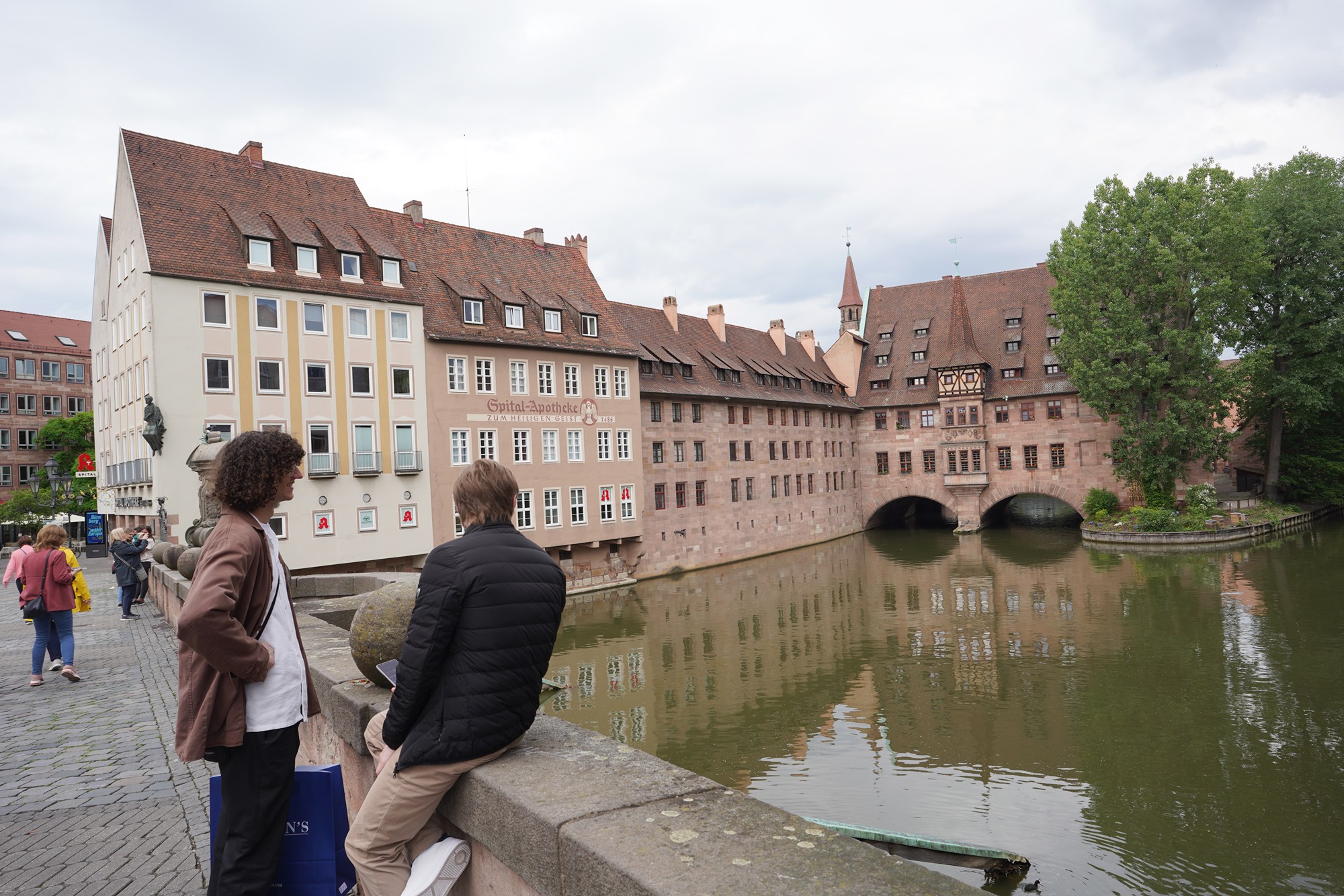
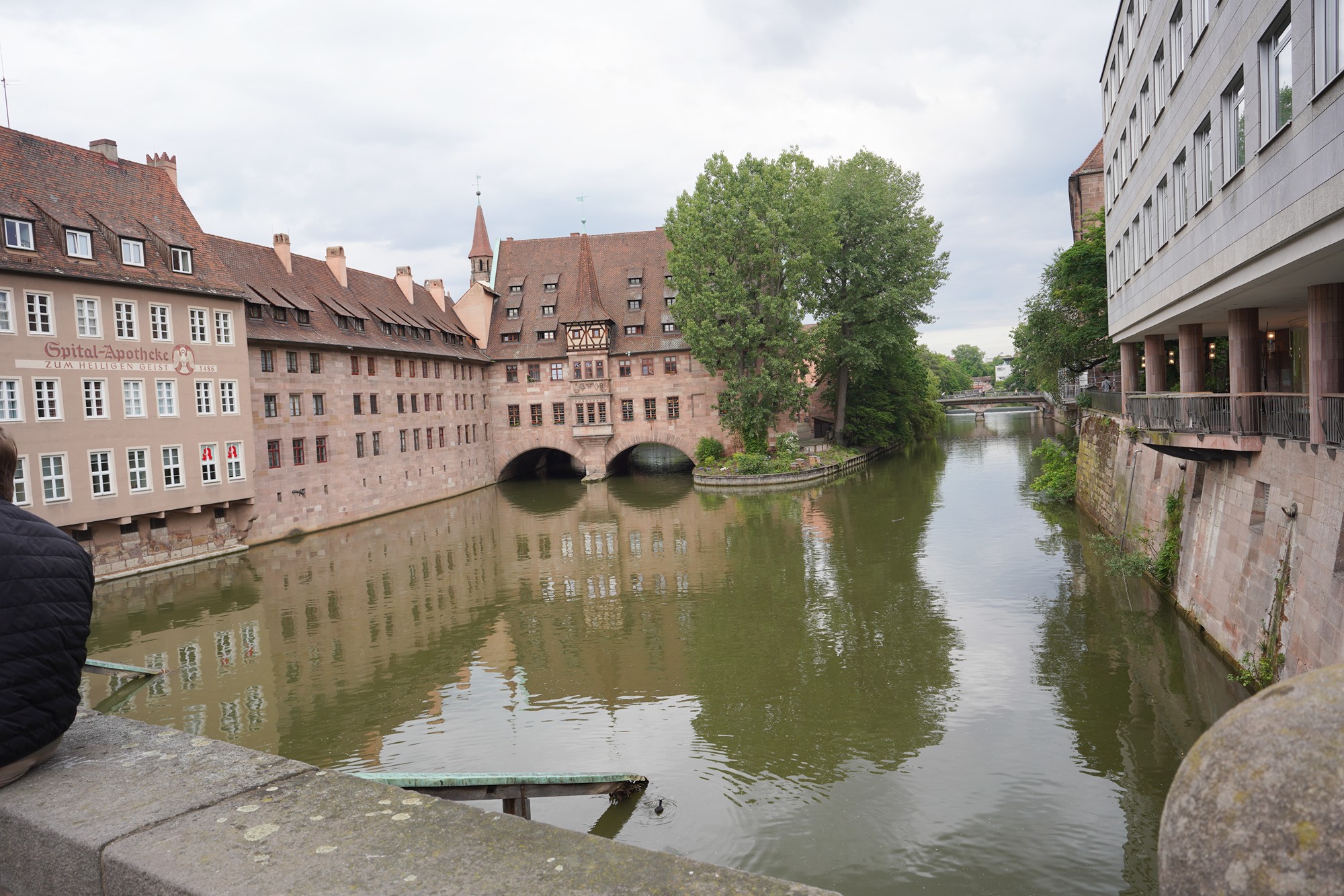
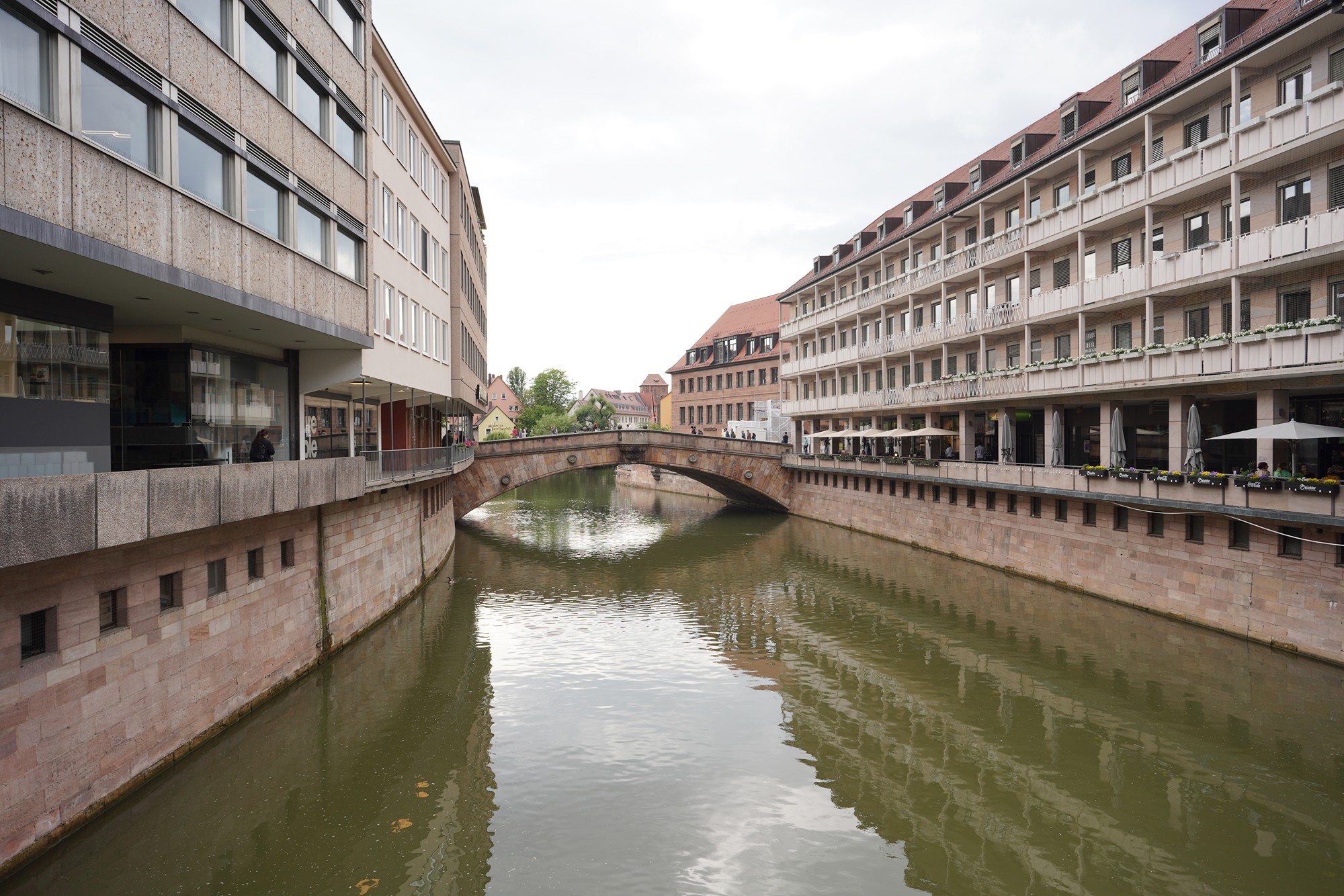
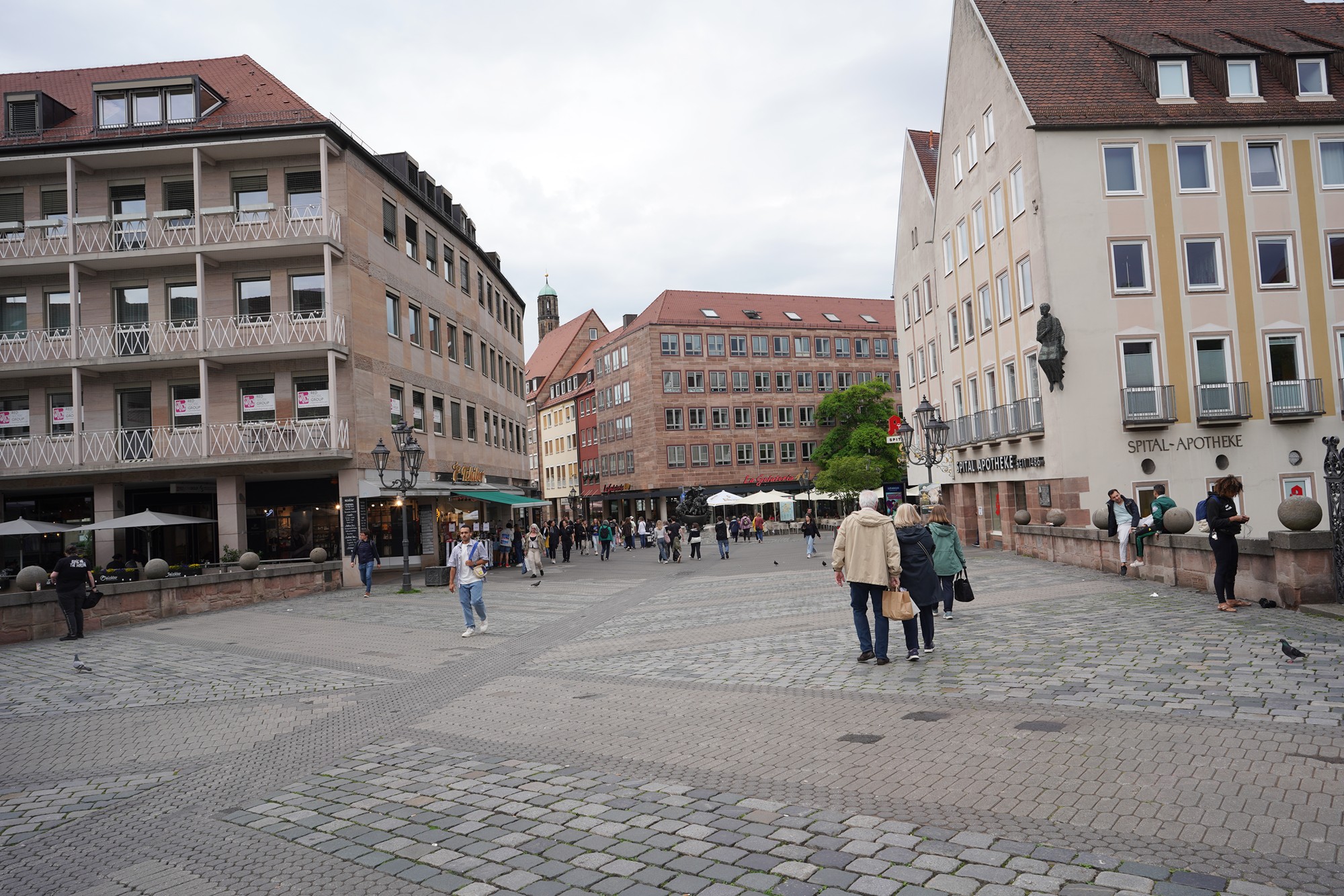
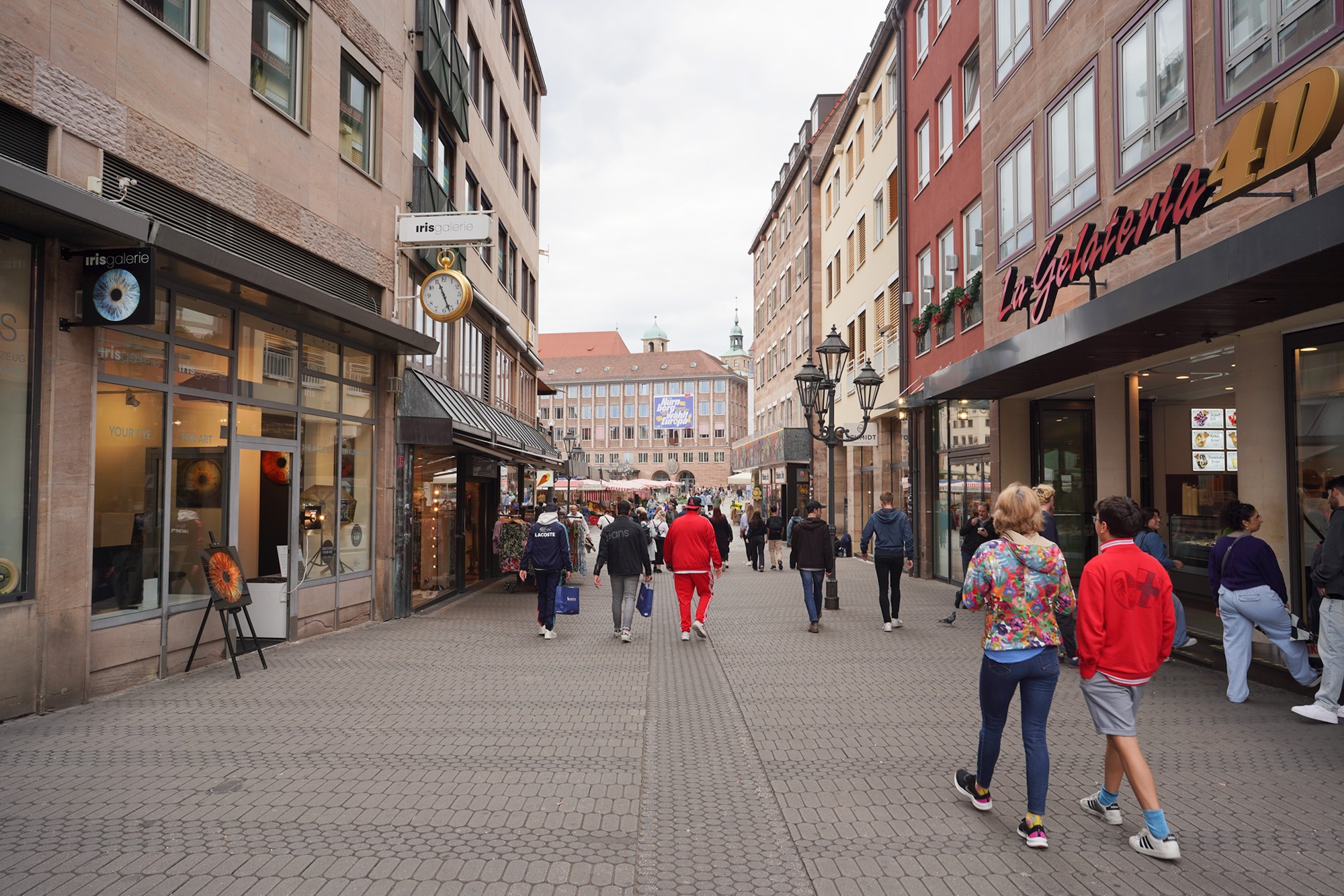
Old Market Square (Hauptmarkt)
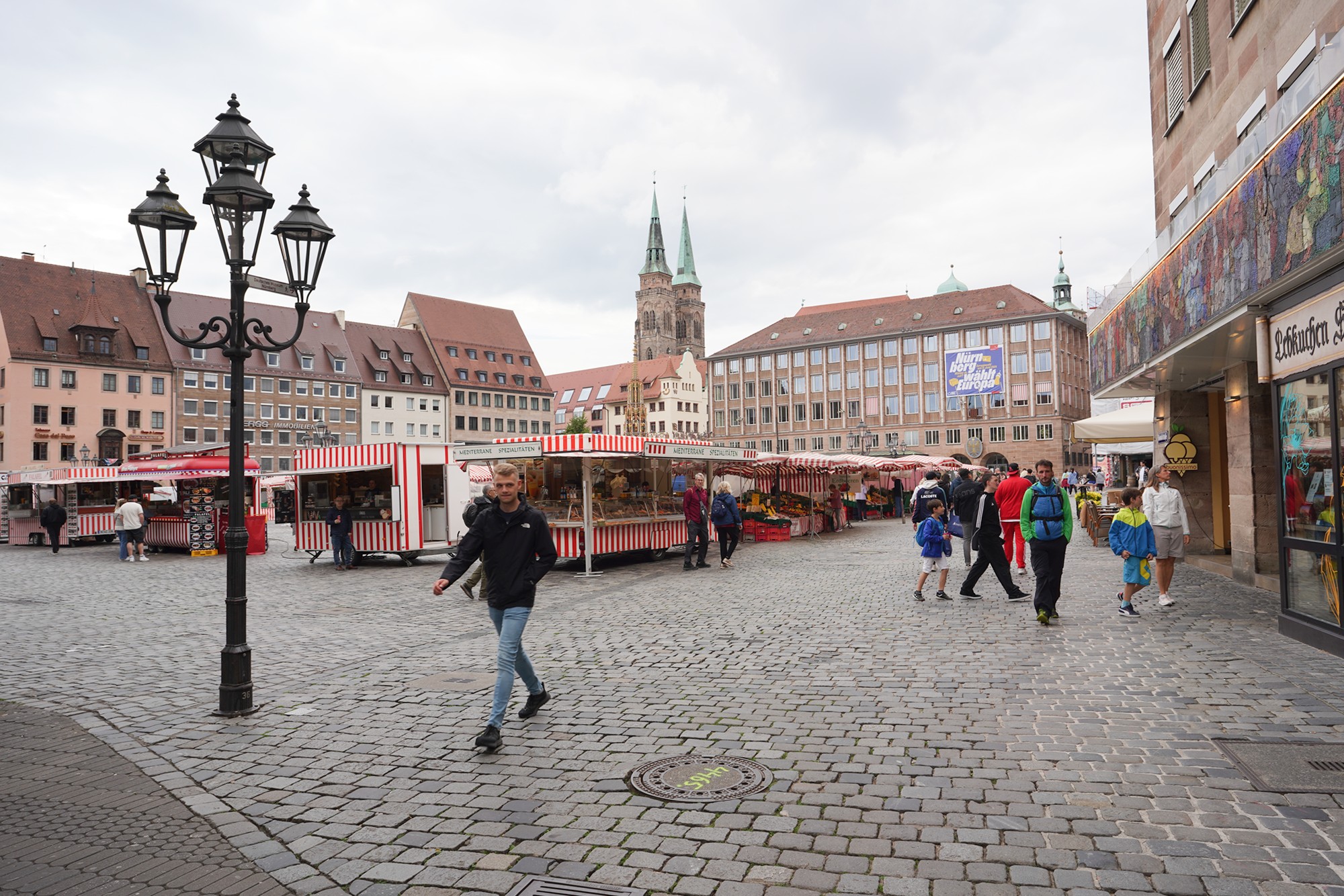
The square is famous for the Nuremberg Christmas Market (Christkindlesmarkt), one of Germany’s most renowned holiday markets.
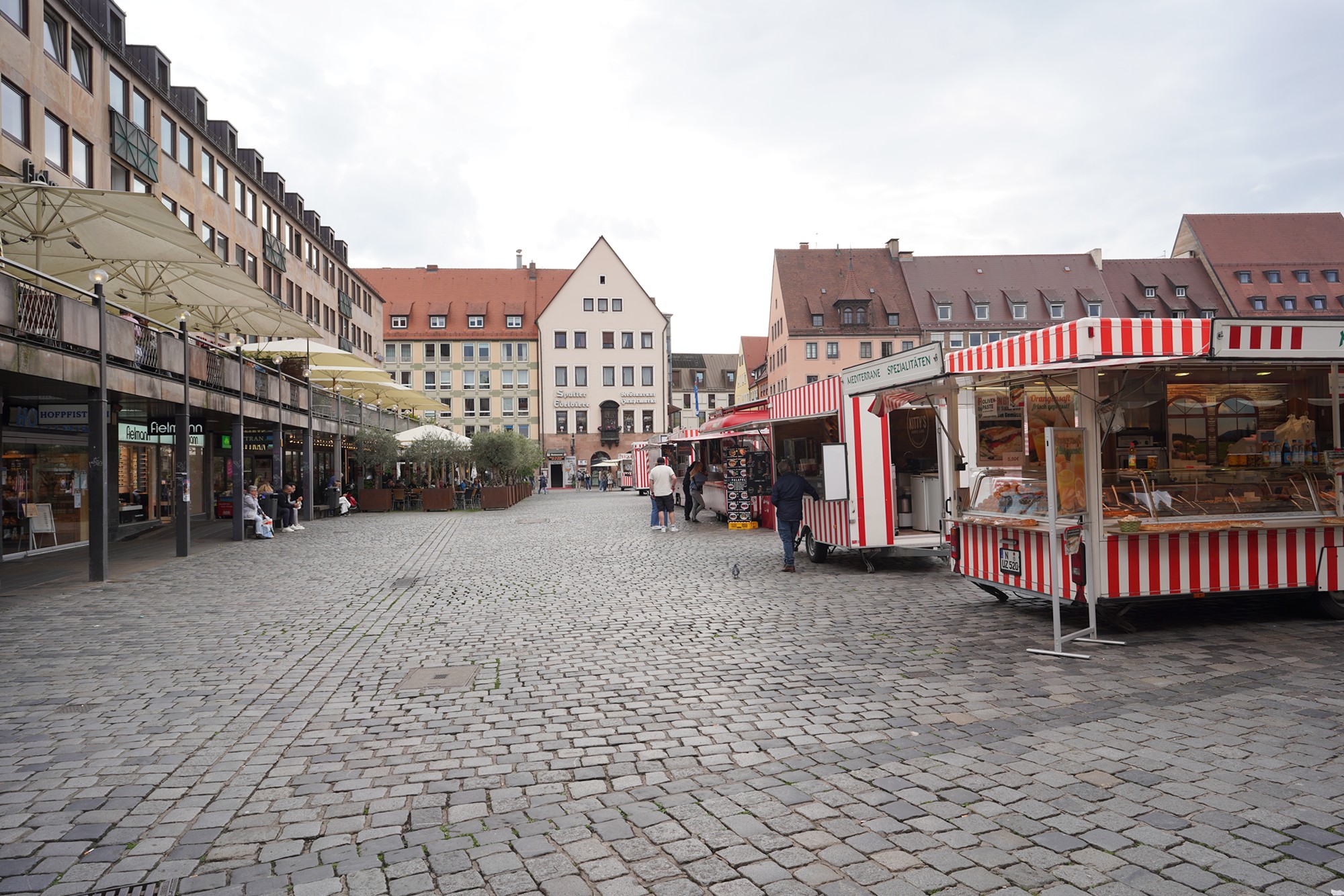
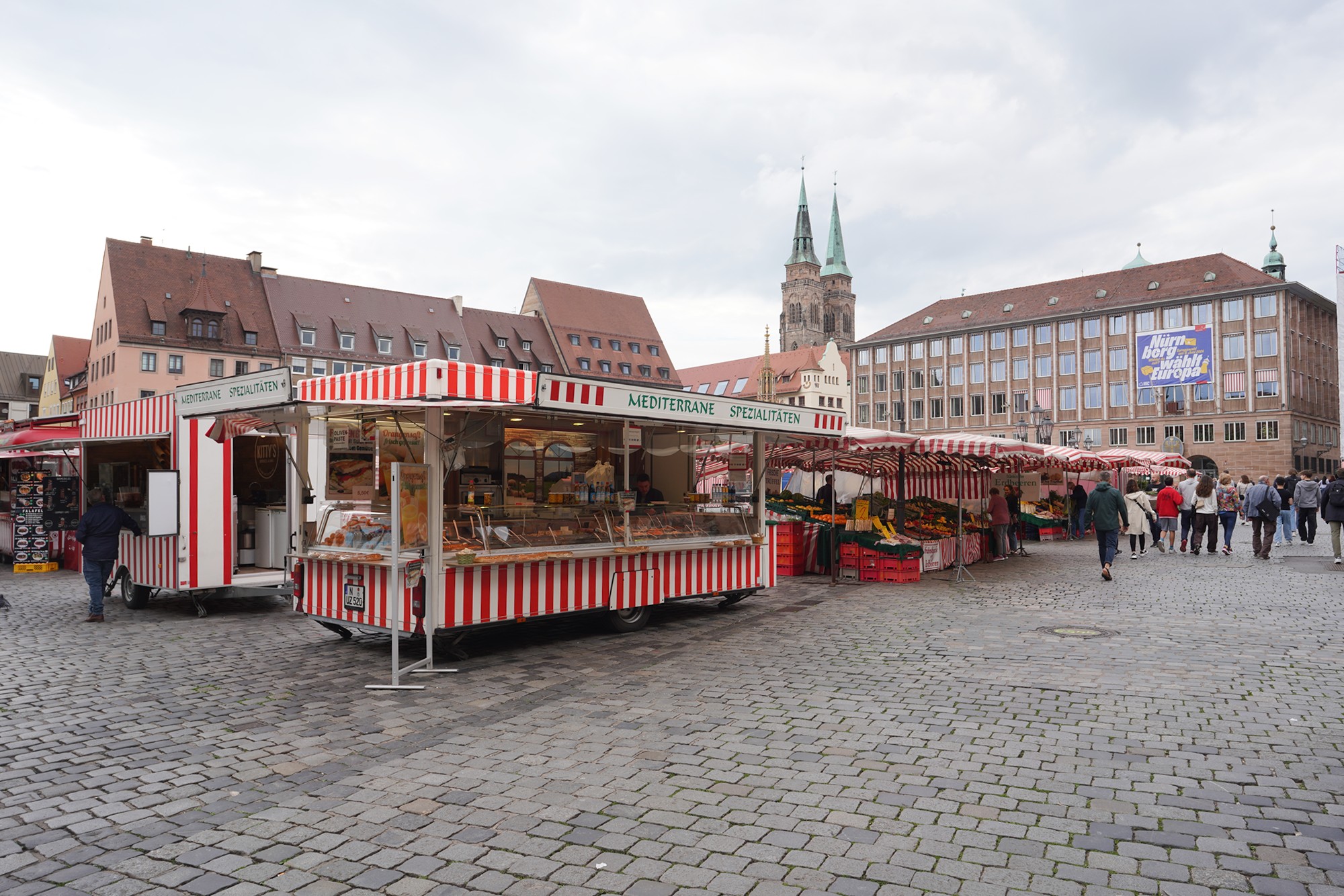
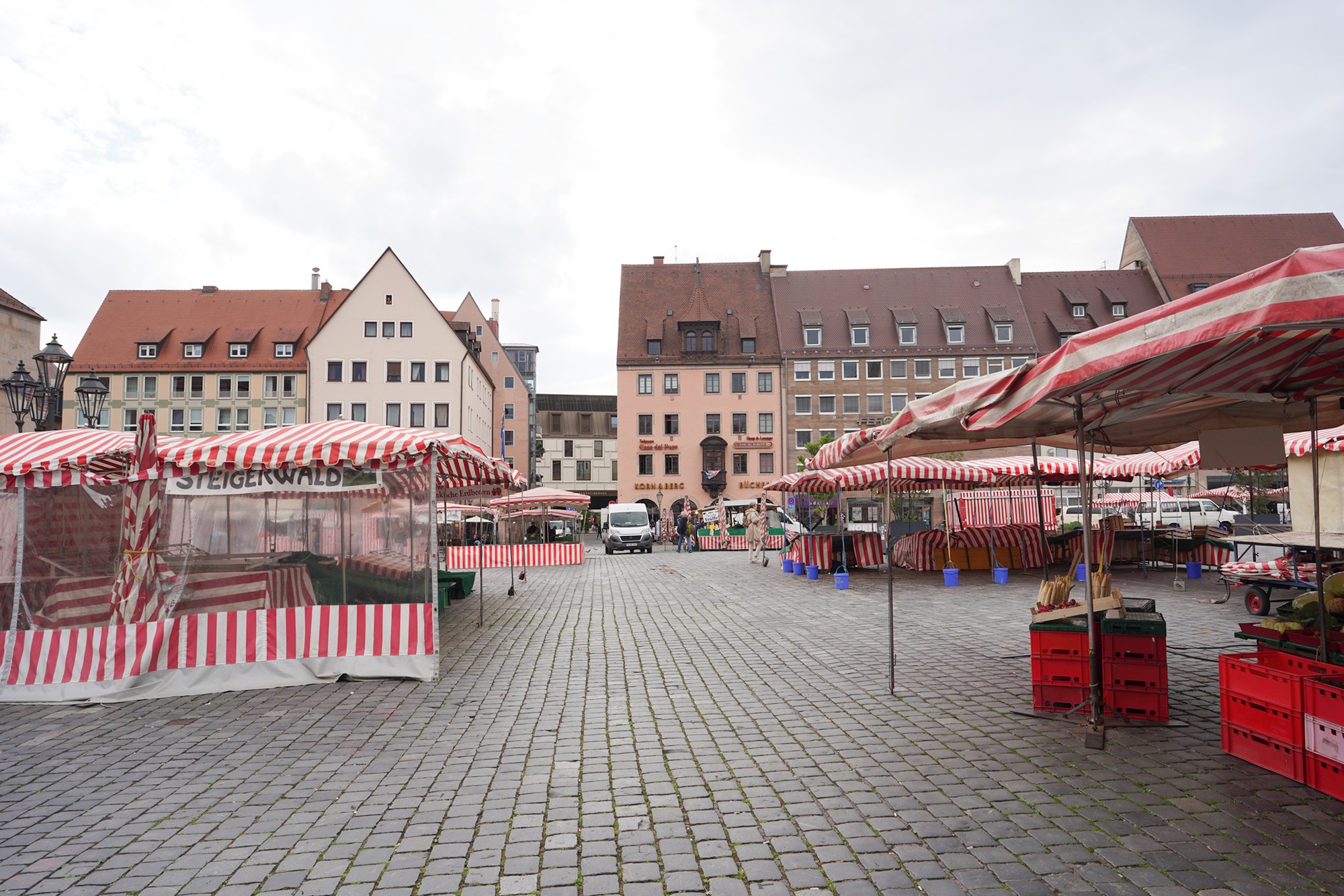
On the square is the Frauenkirche Catholic Church – Completed in 1362, this Gothic Catholic church houses restored scriptures & historic artwork.
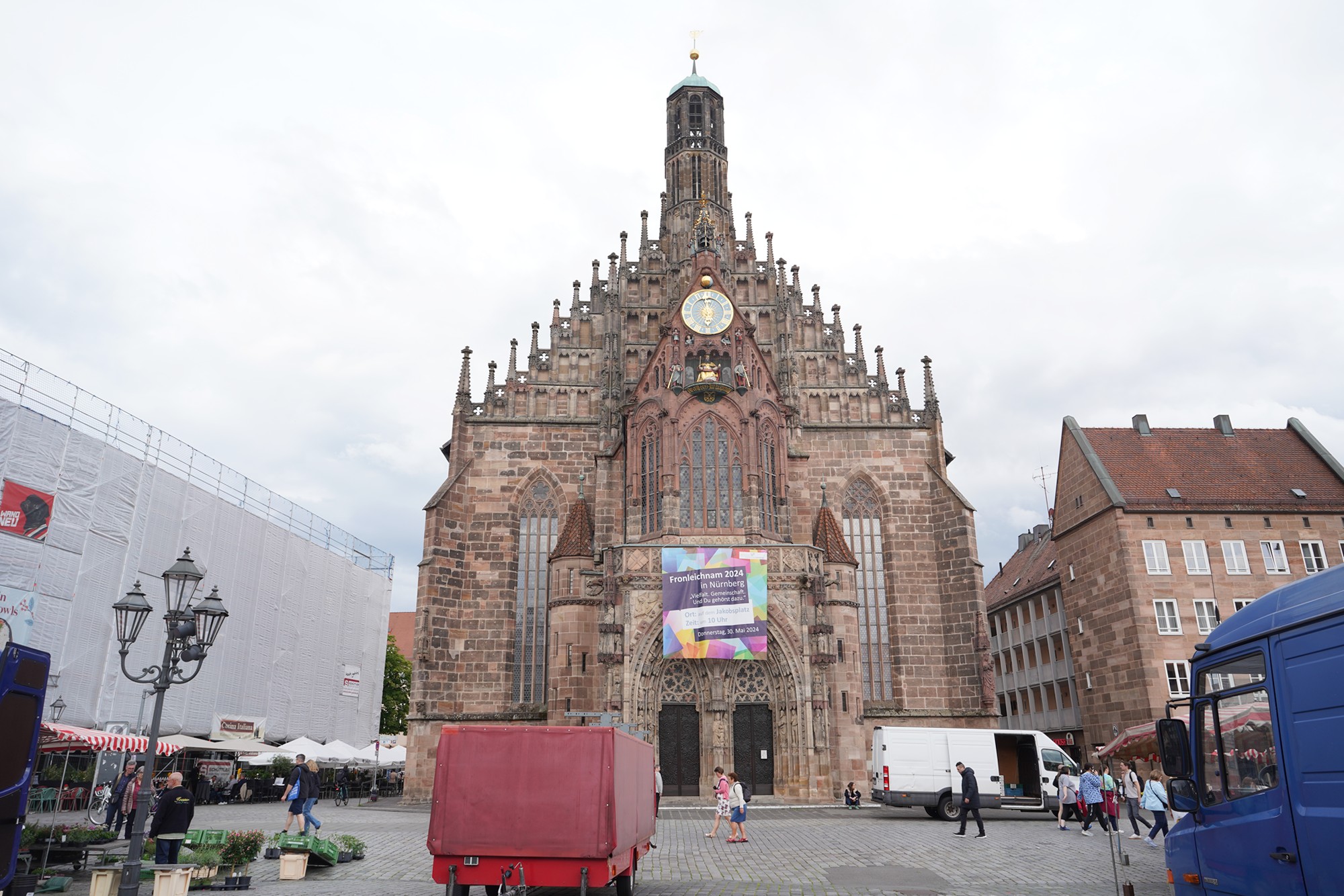
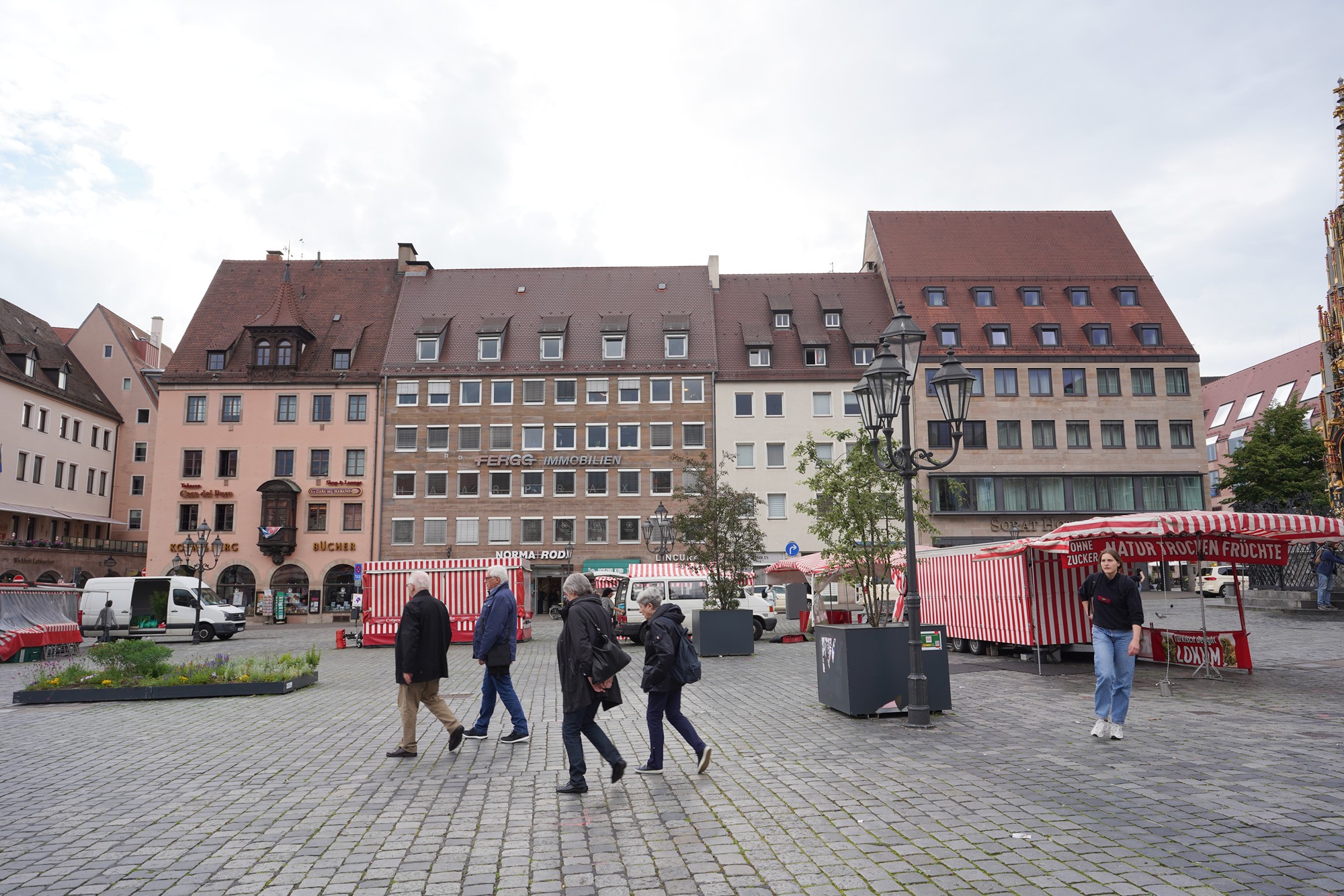
The Schöner Brunnen (Beautiful Fountain) is a landmark in the square, adorned with gold-plated figures and intricate carvings.
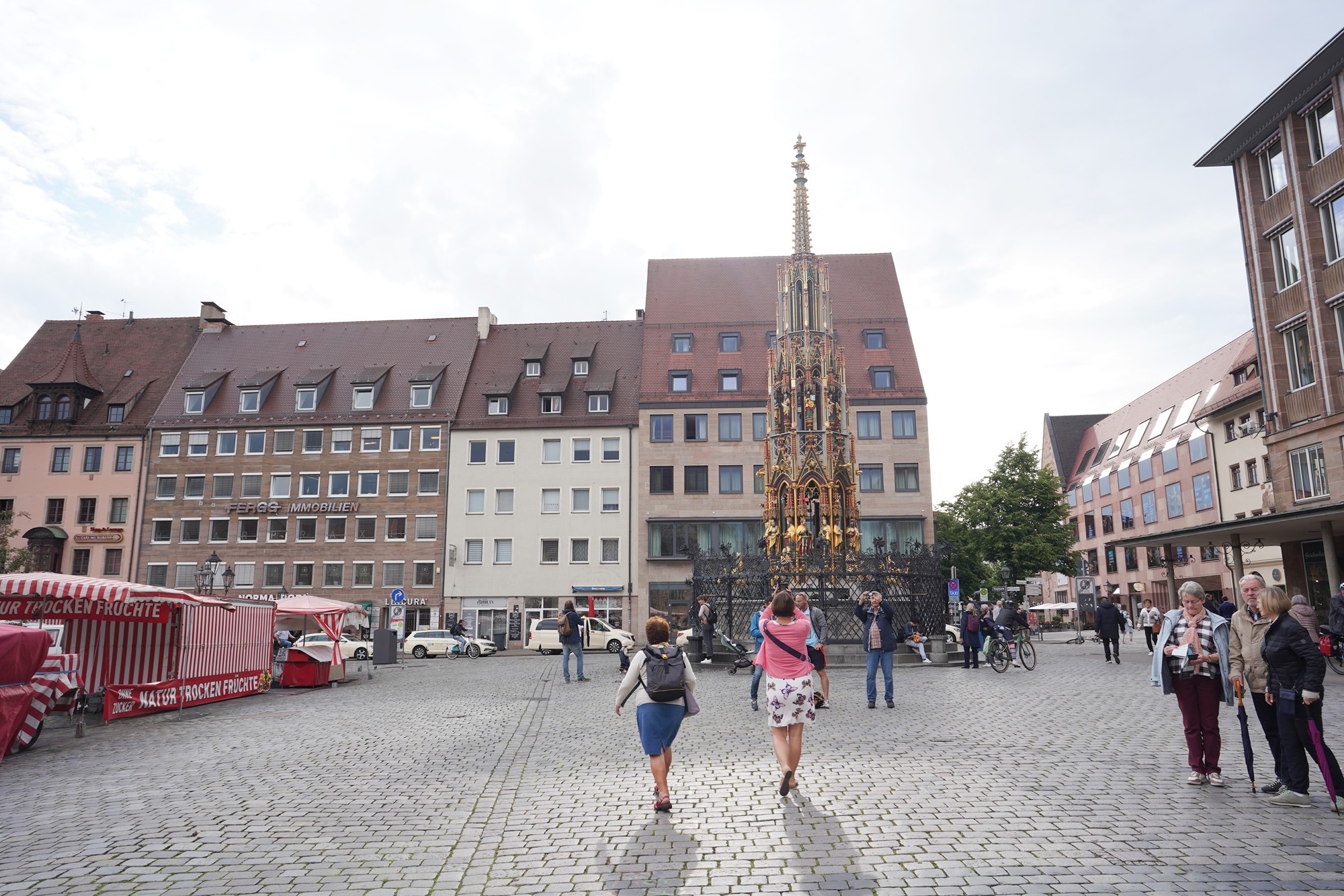
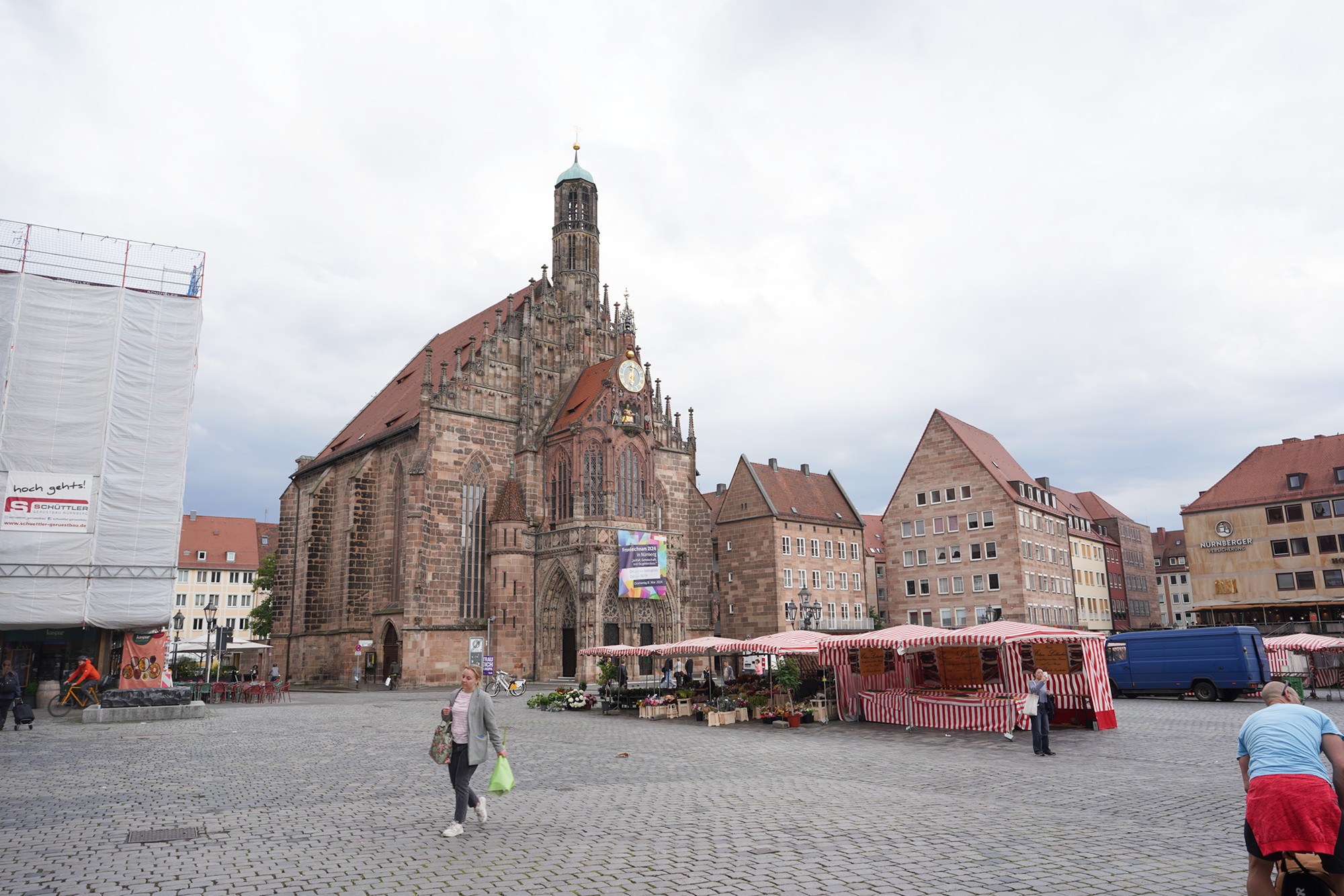
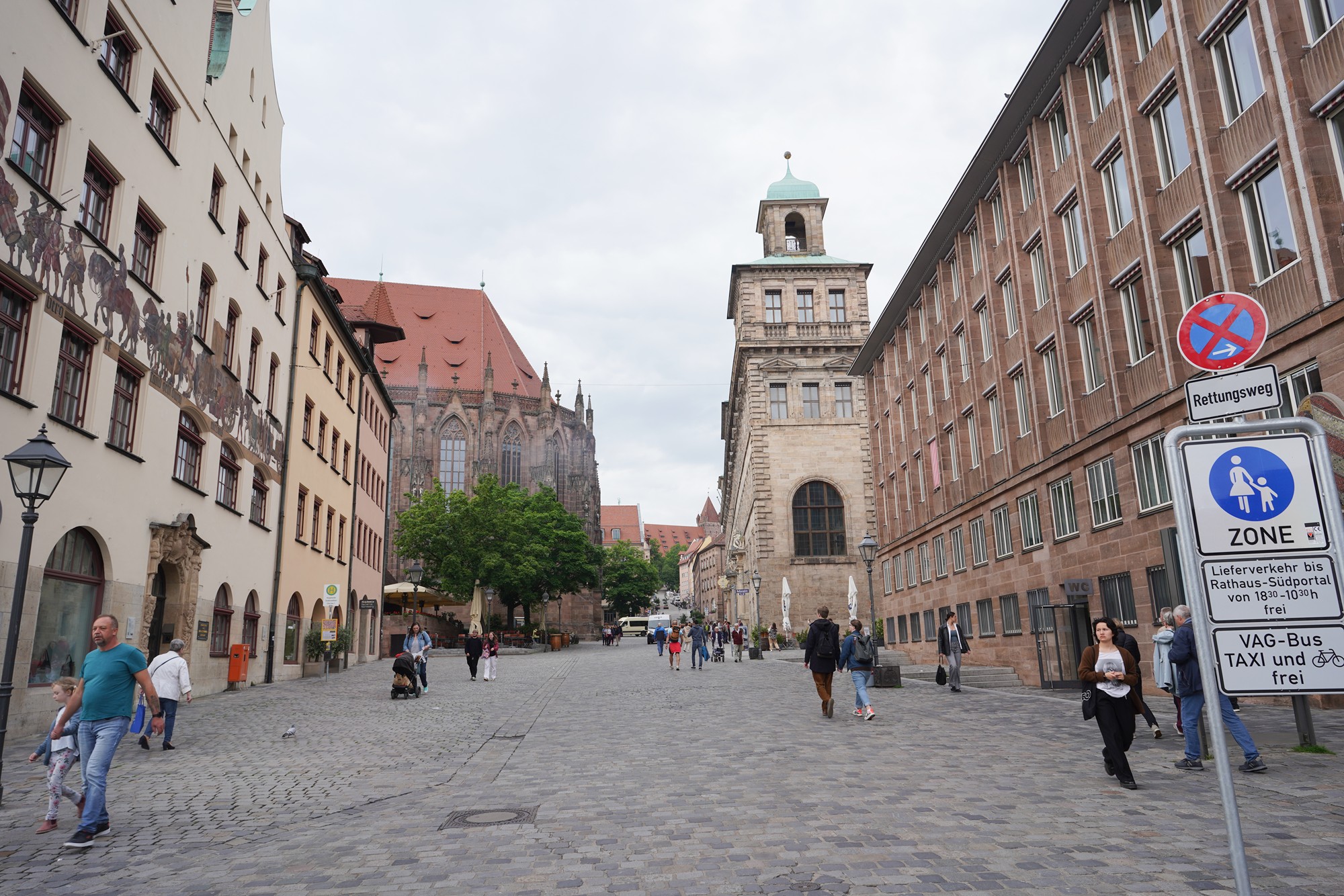
St. Sebald Church – Sebalduskirche Nürnberg.
In 1525, Nuremberg officially adopted Lutheranism as its state religion, which had a direct impact on its churches. St. Sebaldus Church, along with other churches in the city, was transformed into a Lutheran Church from the Catholic Church.
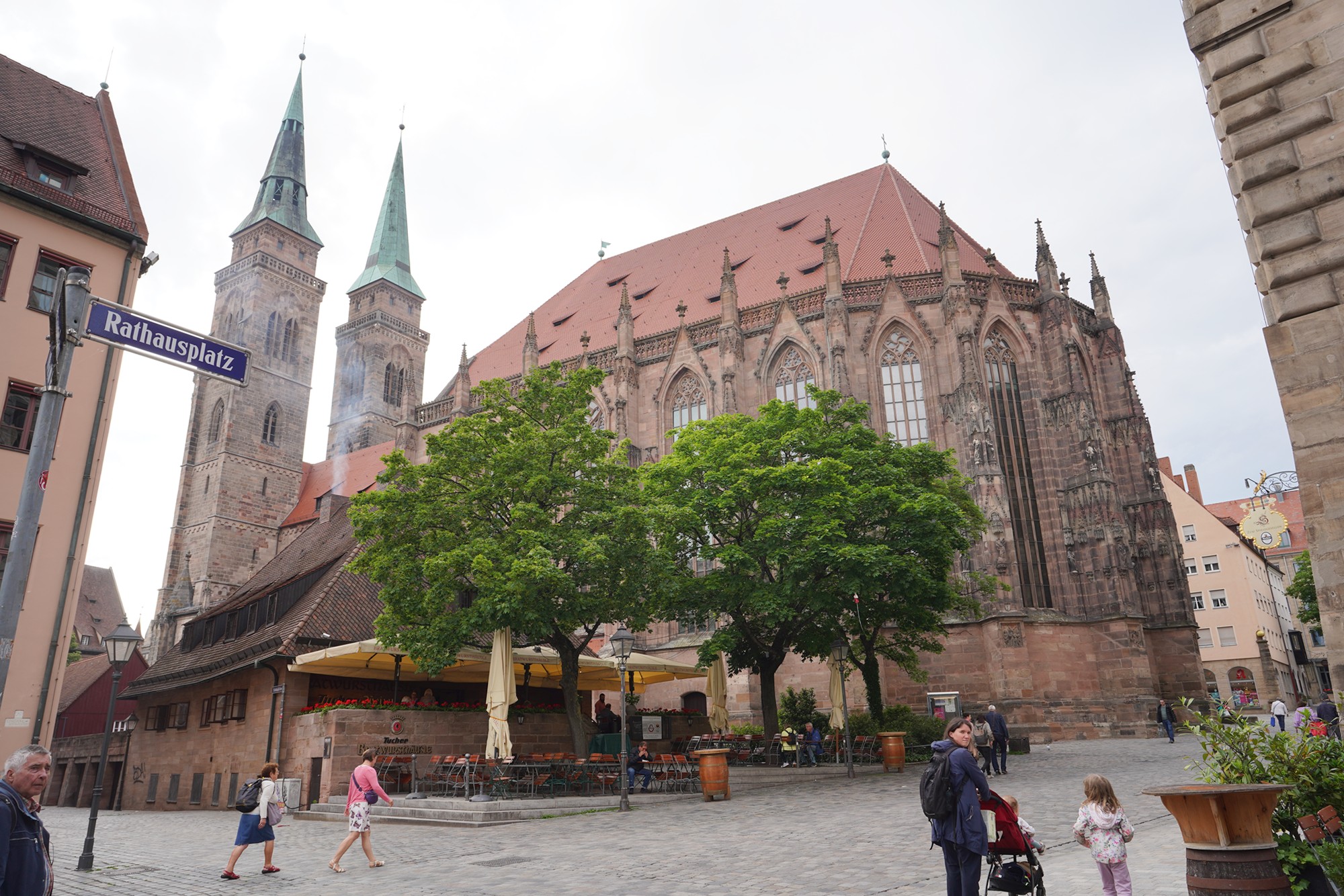
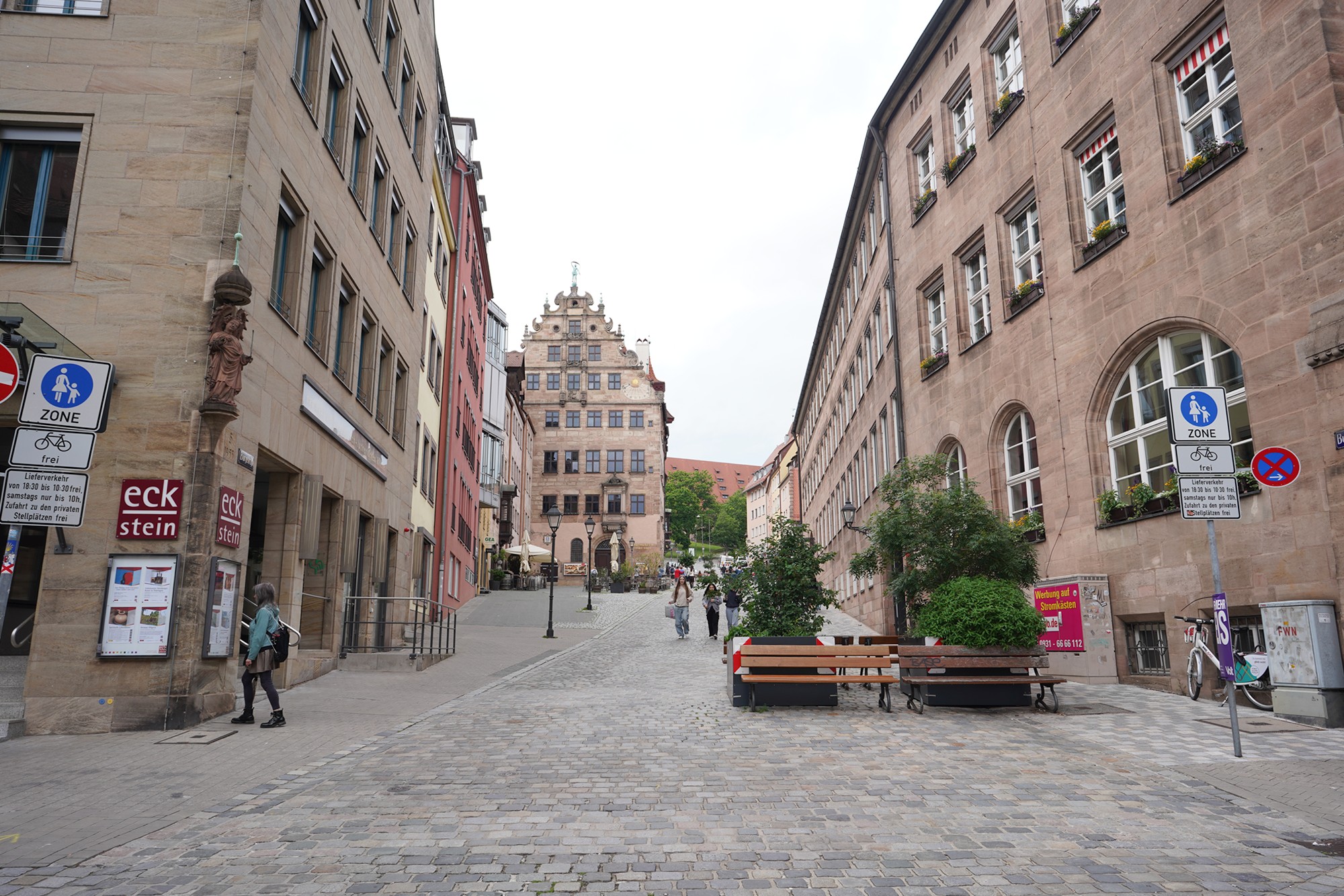
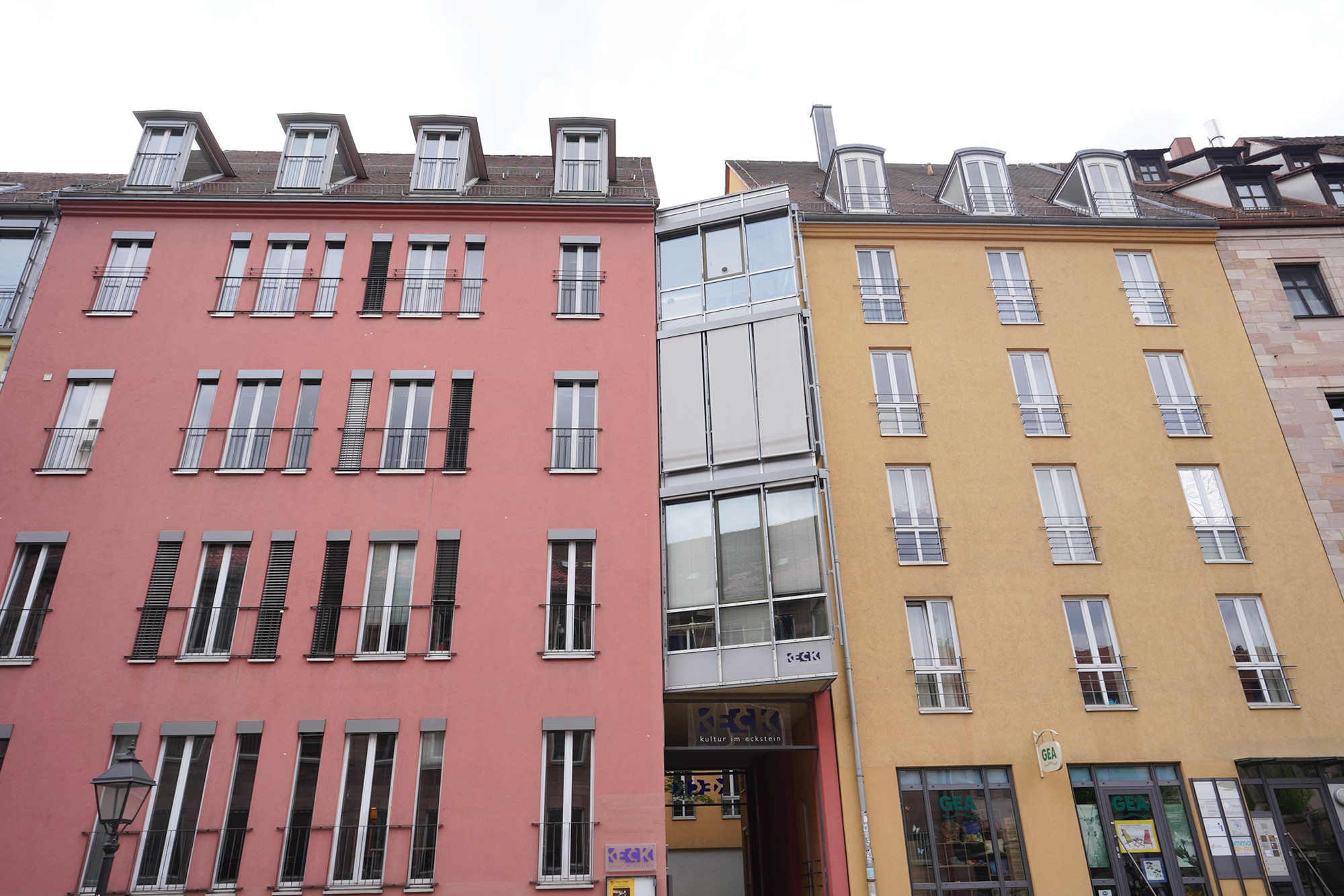
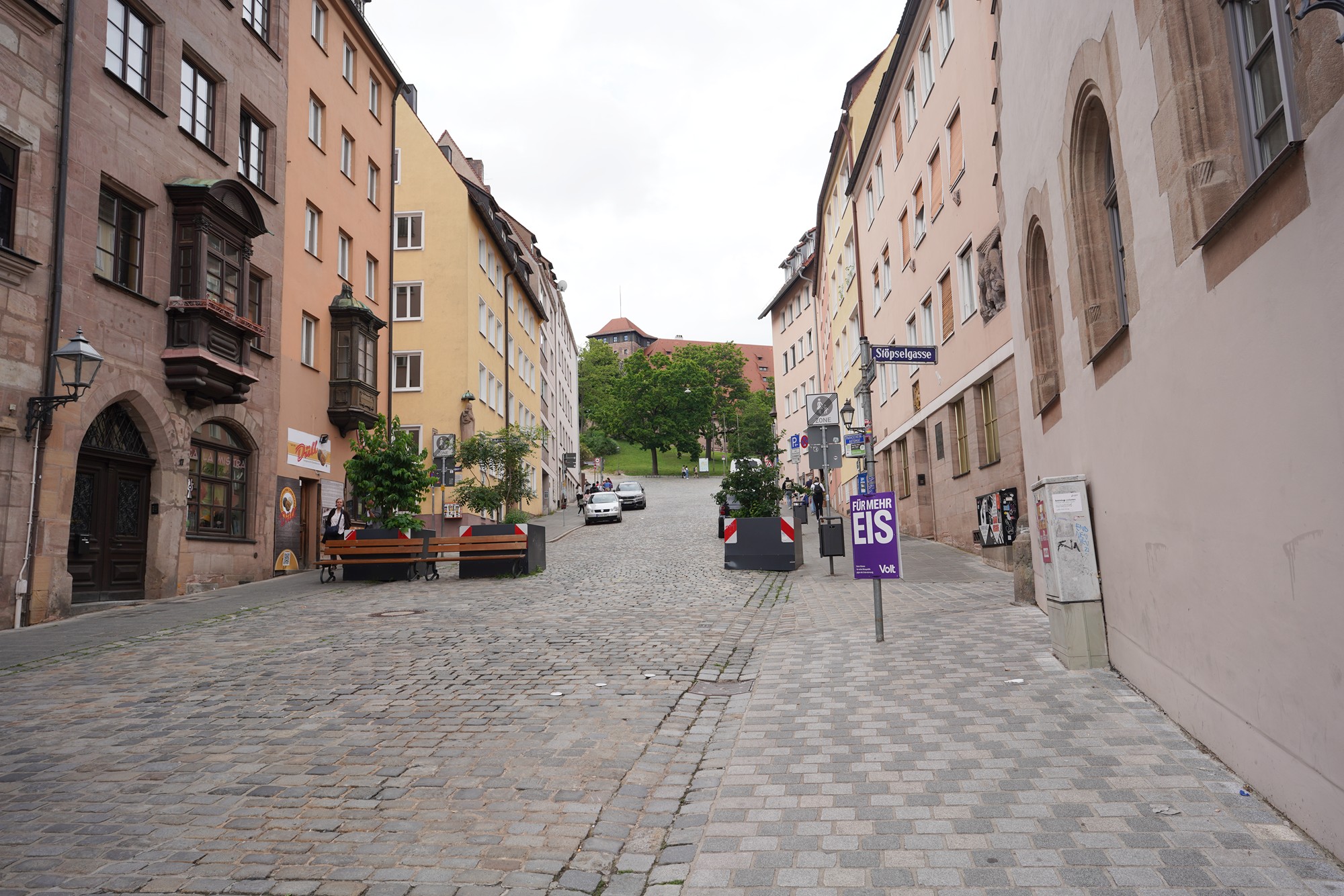
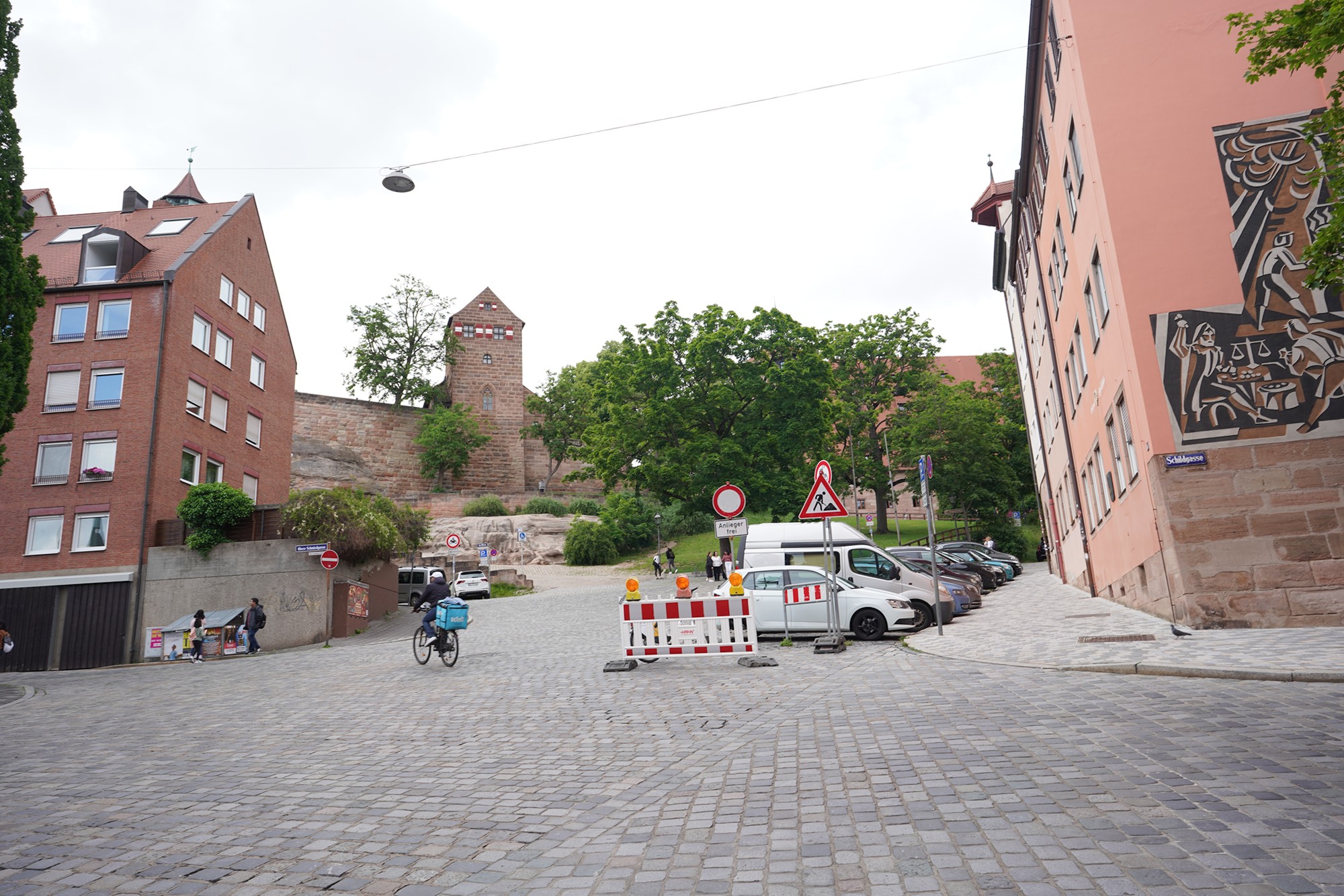
Imperial Castle of Nuremberg – Imposing, 11th-century castle complex with a royal palace & gardens, plus sweeping city views.
The castle served as an important residence and administrative center for the Holy Roman Emperors from the 11th to the 16th centuries. It was a key site for imperial gatherings and court activities.
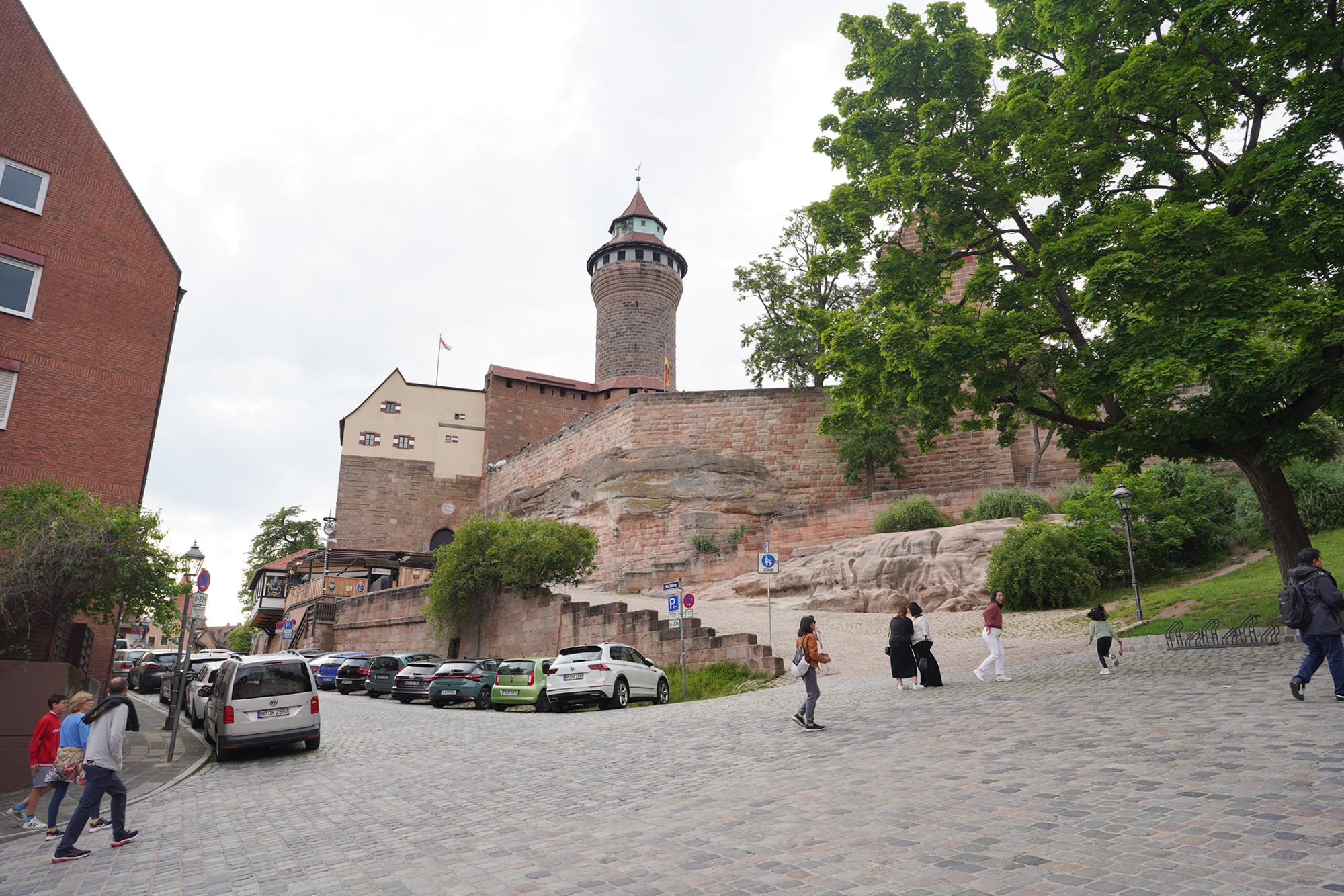
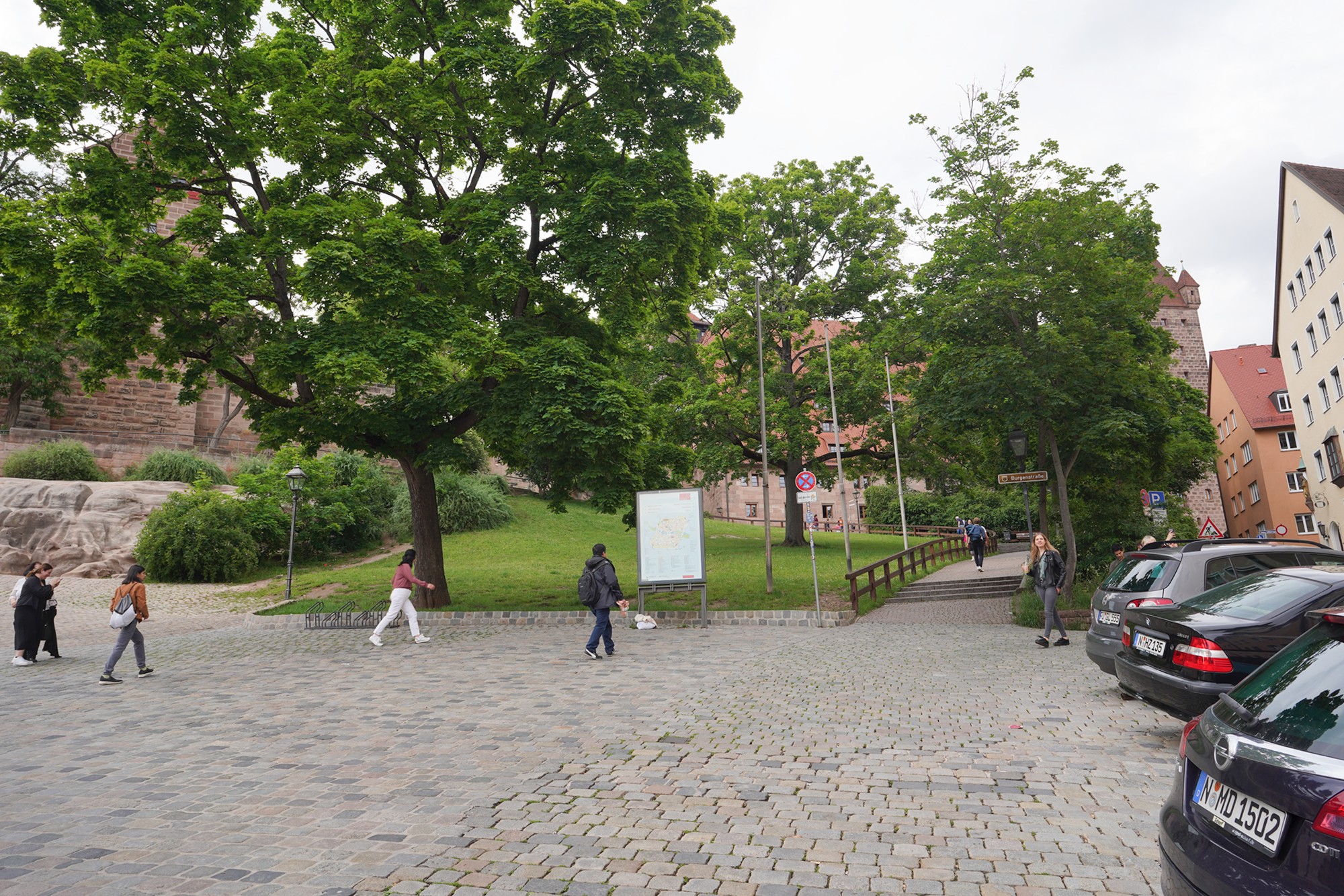
This was my end destination of the old city walk. From here, I walked back to the train station.
